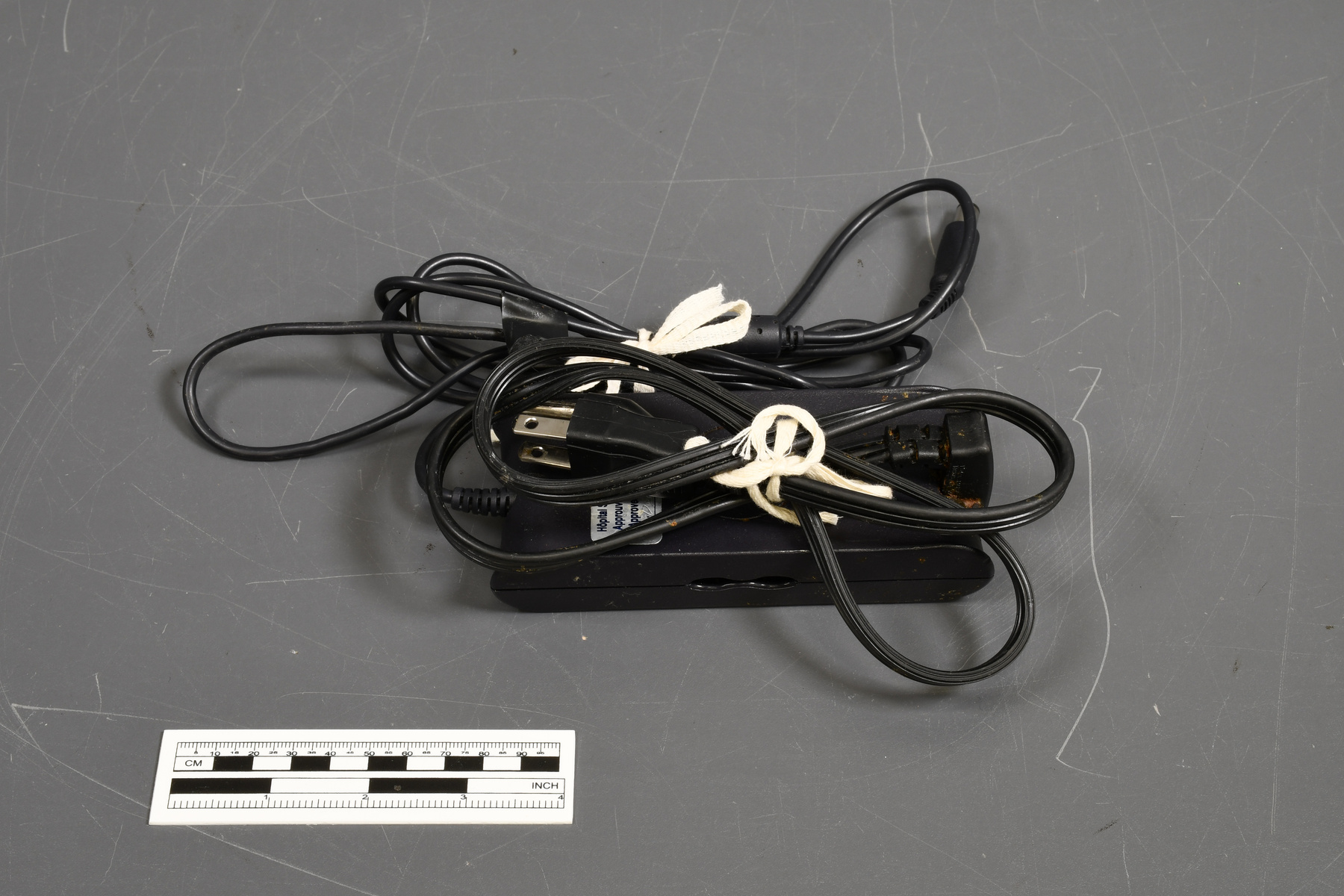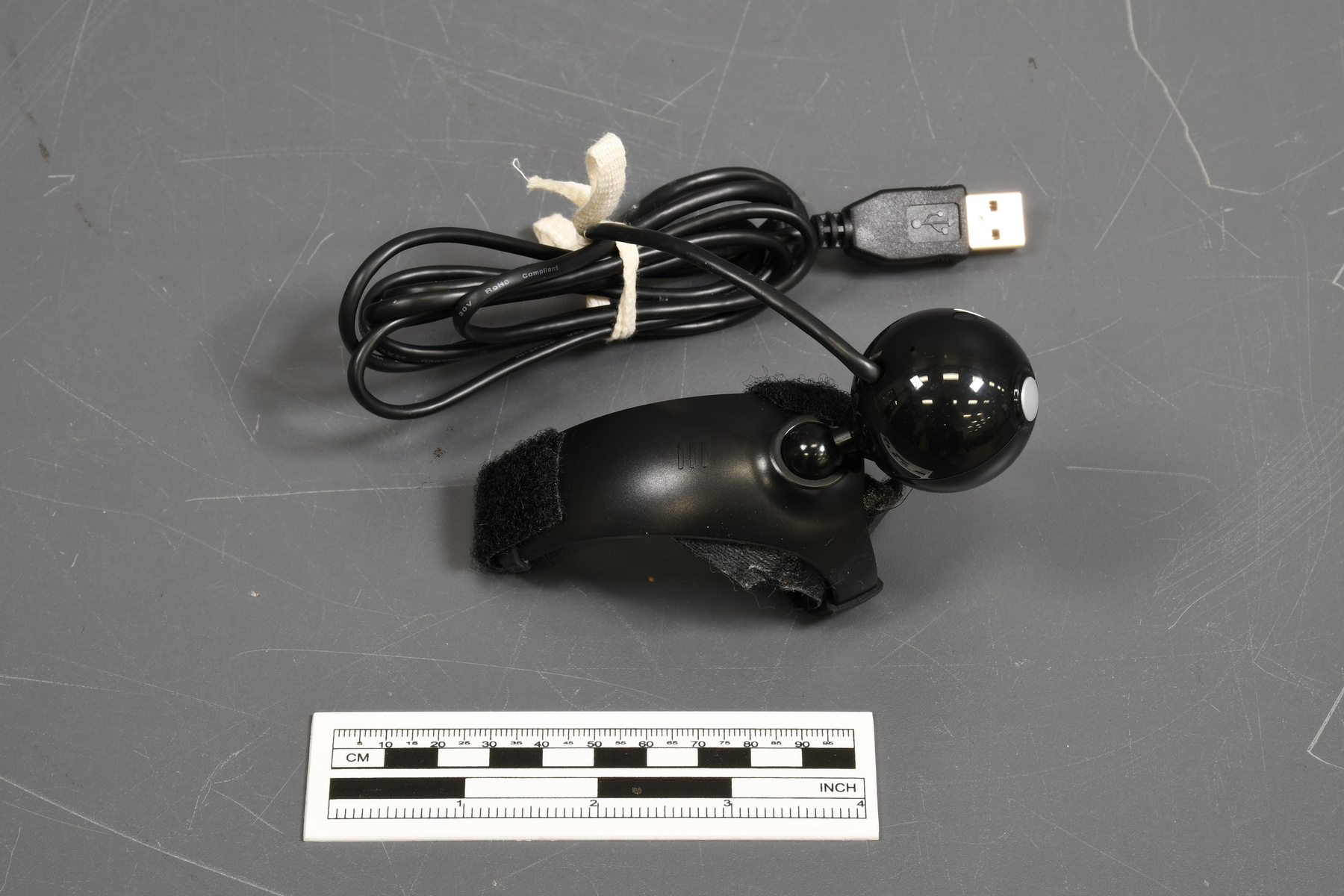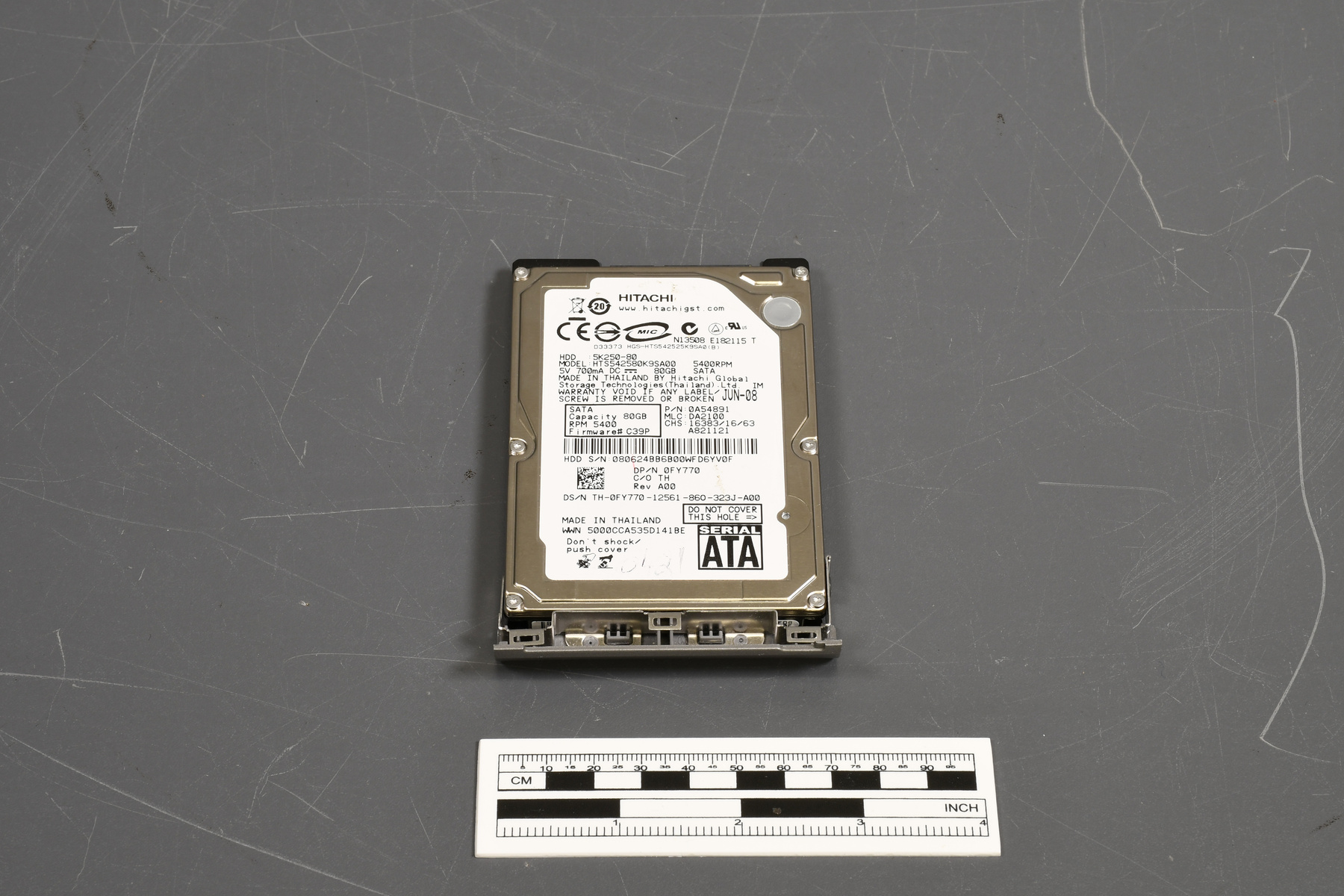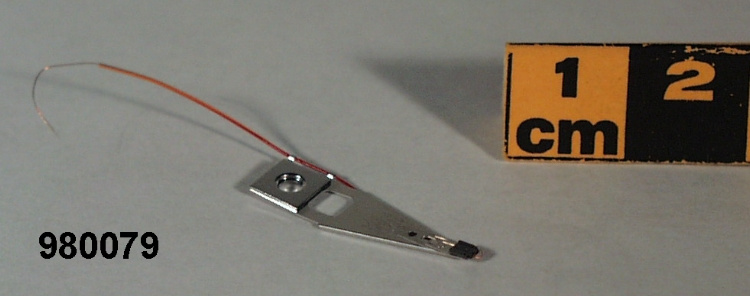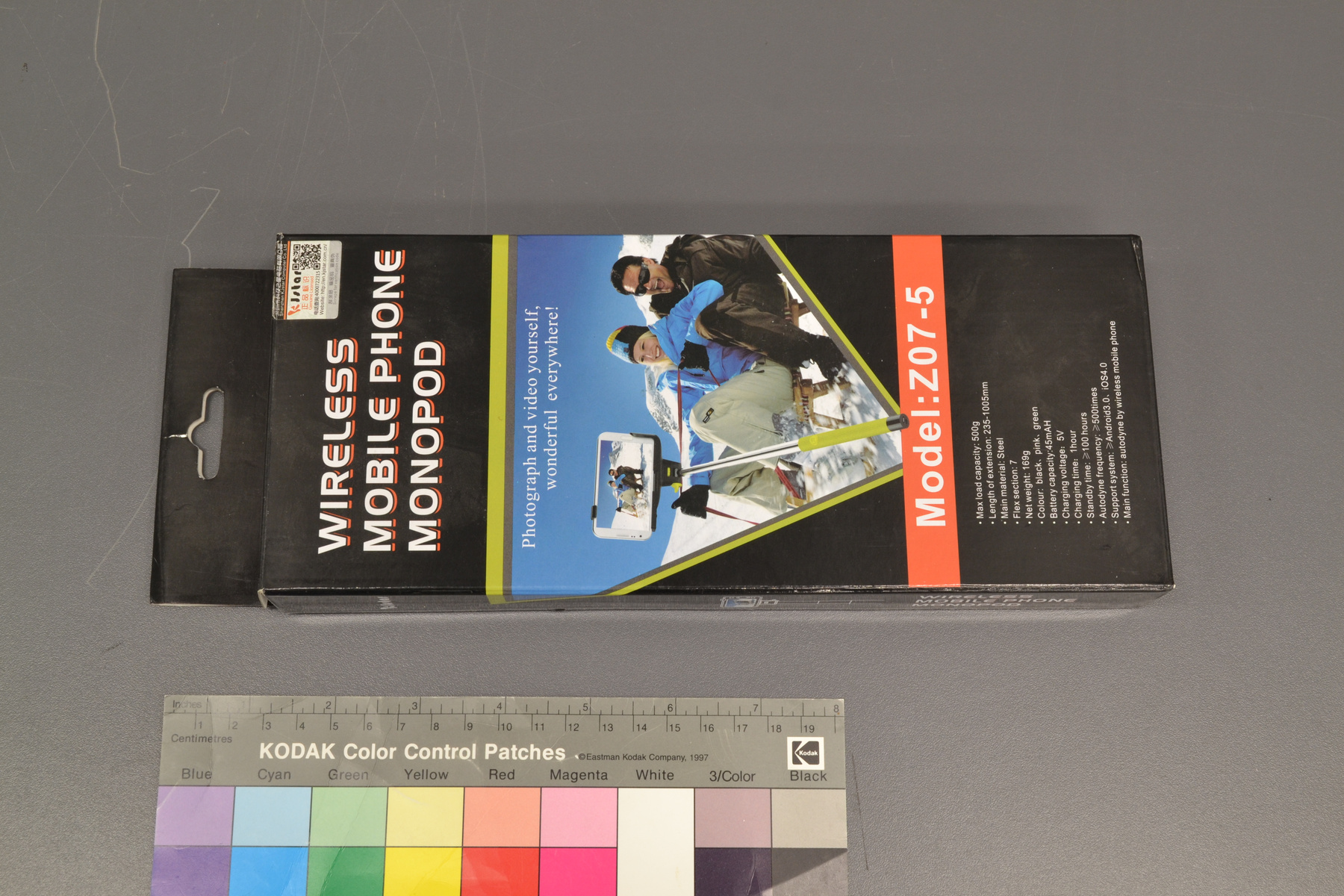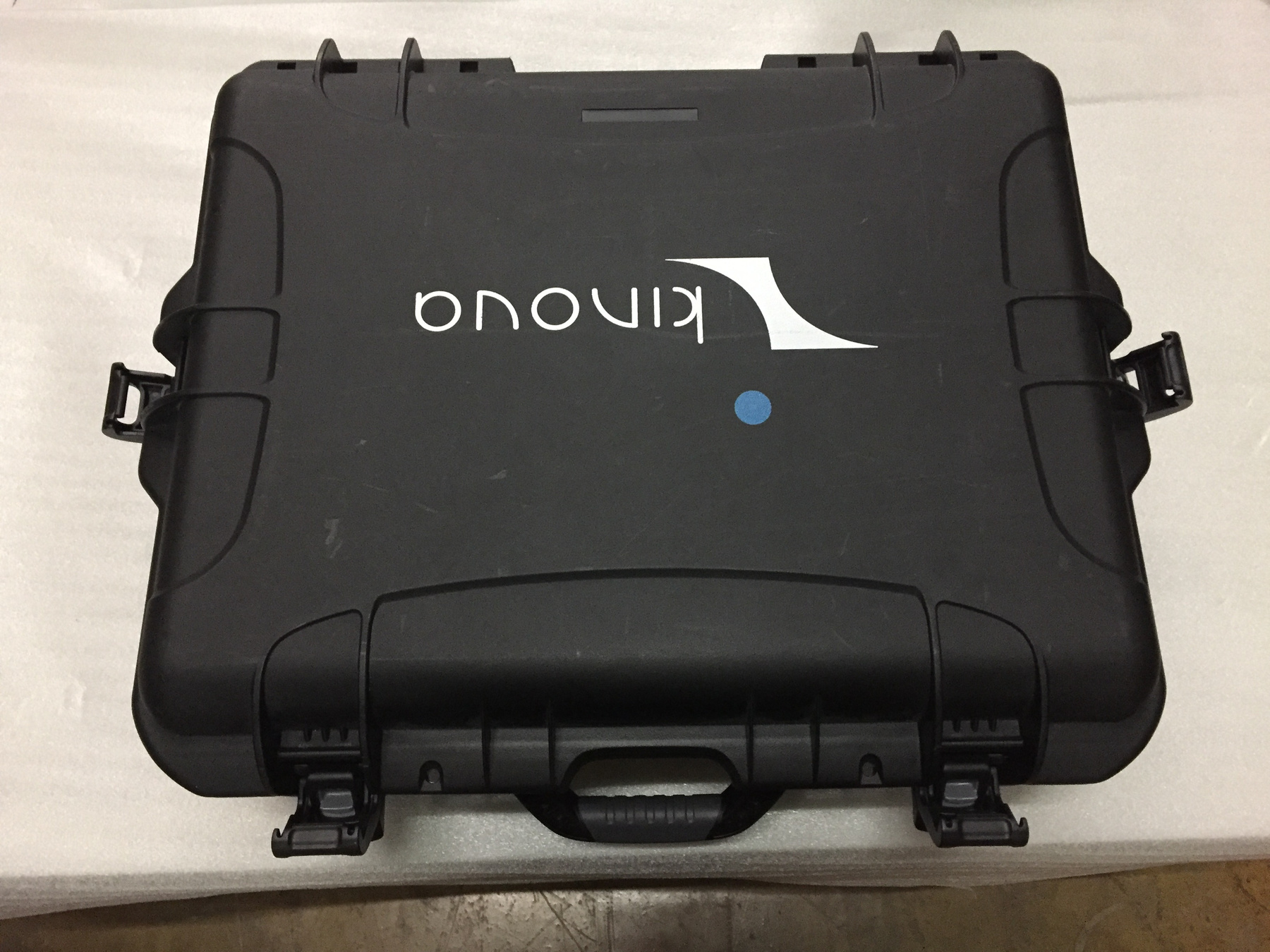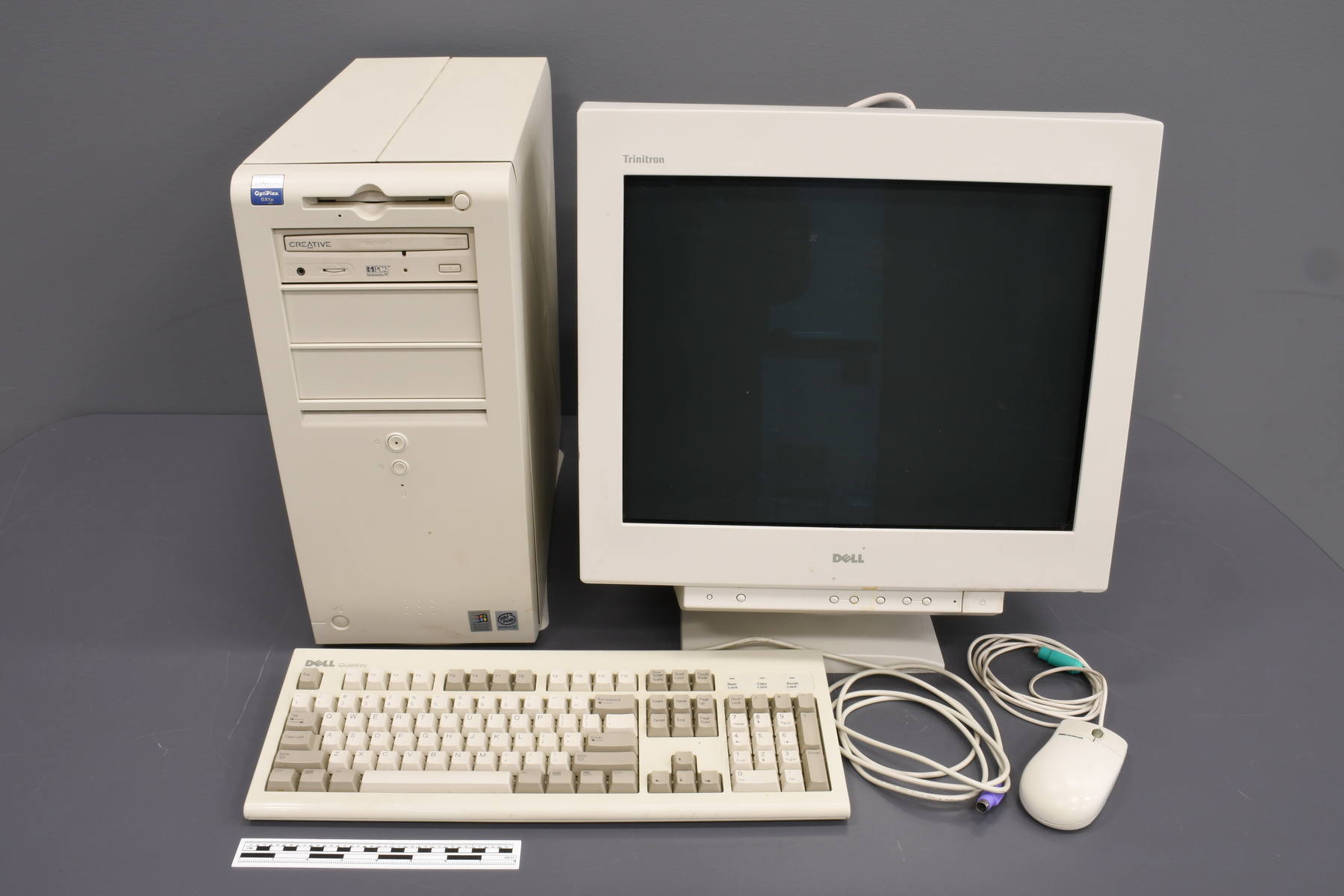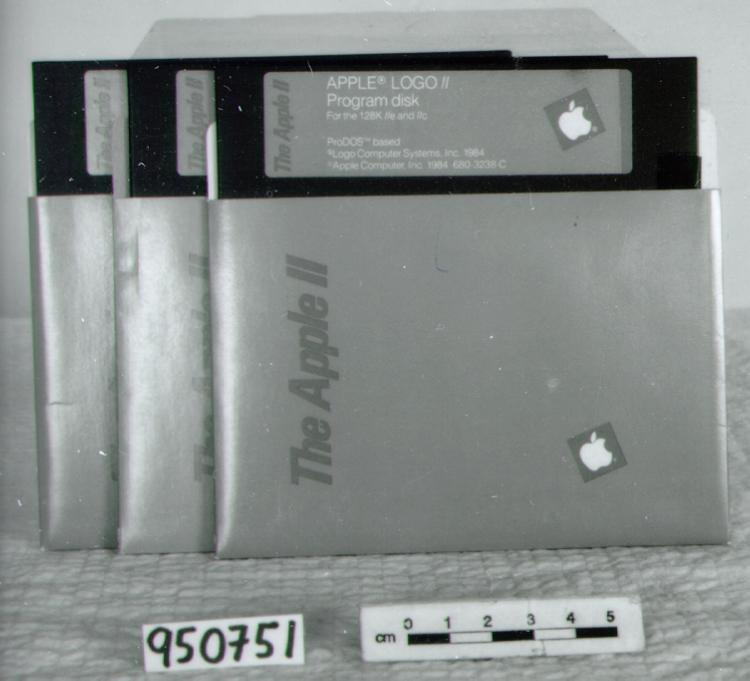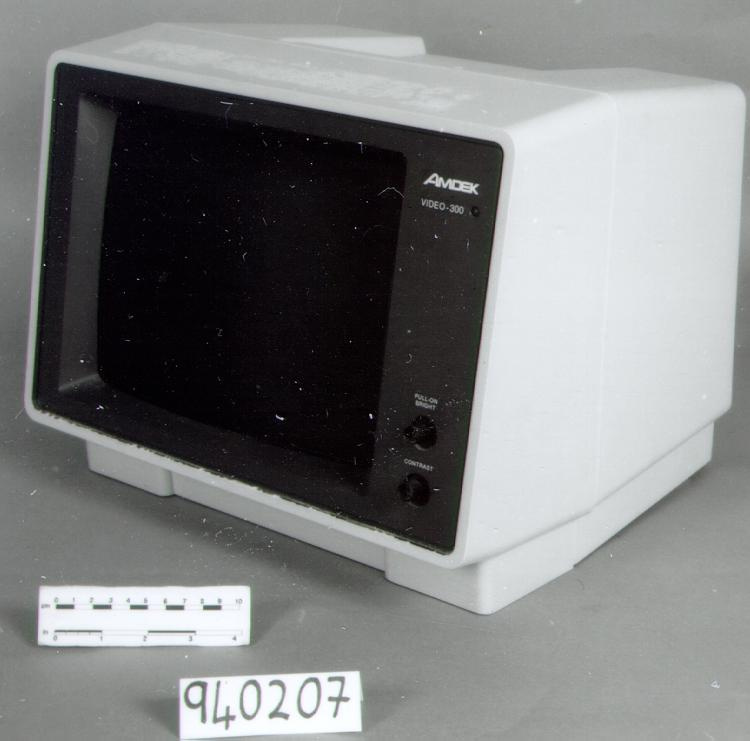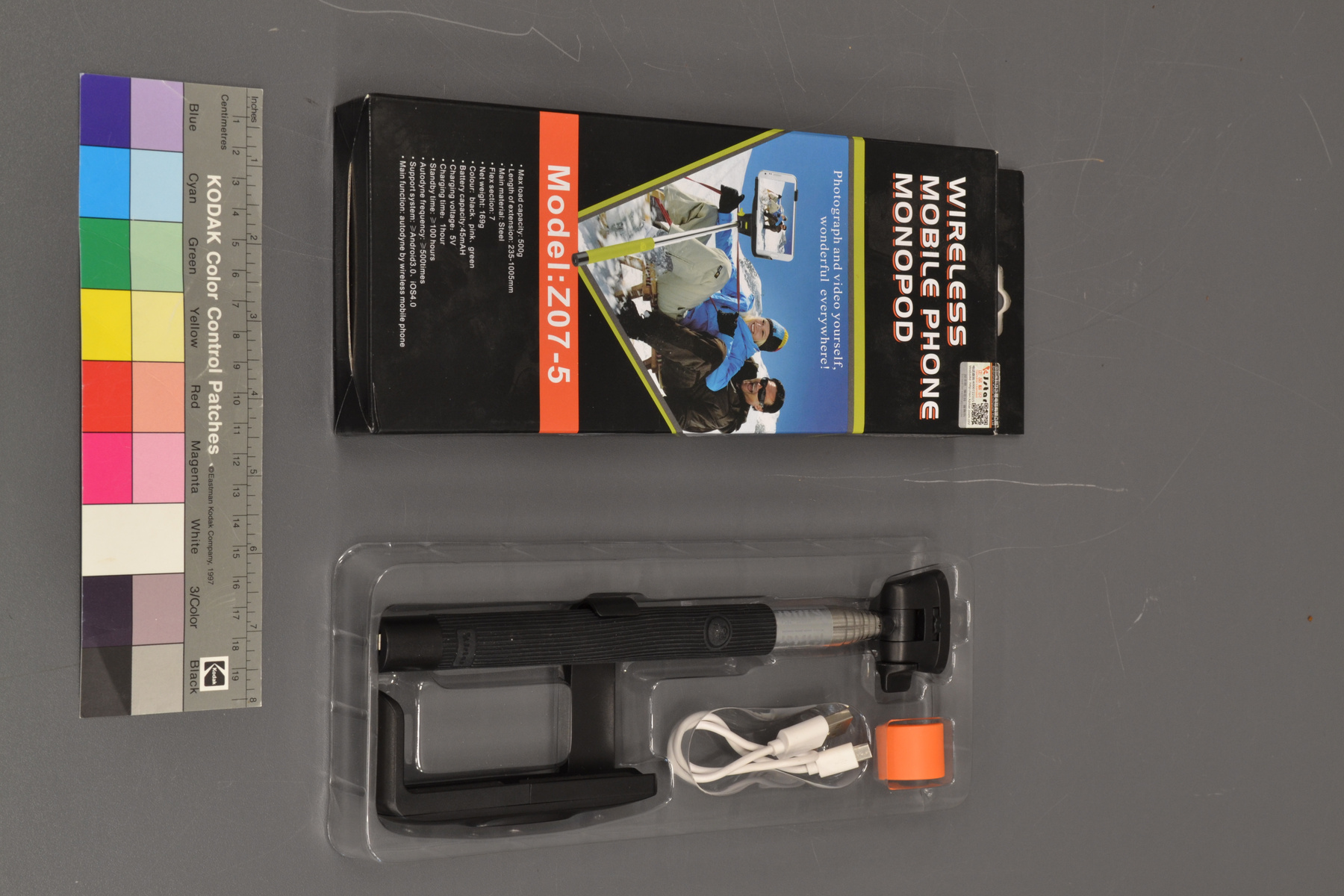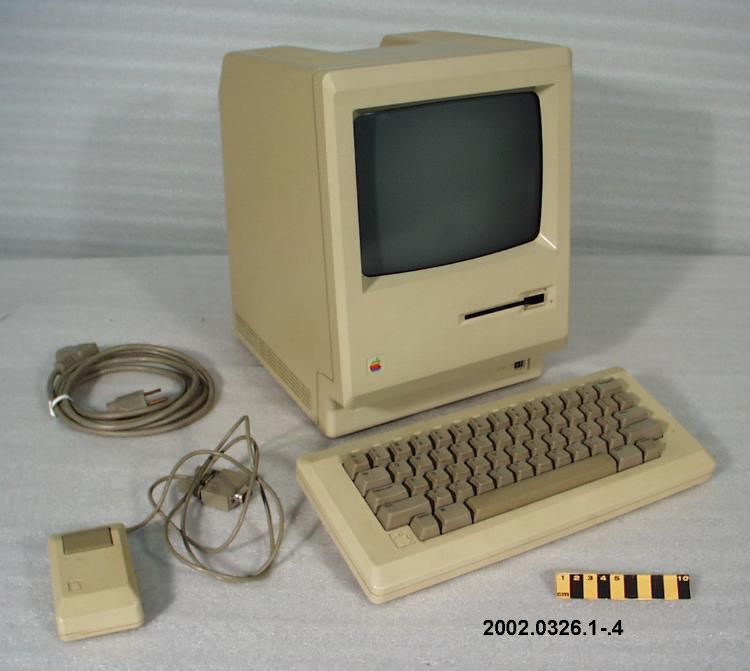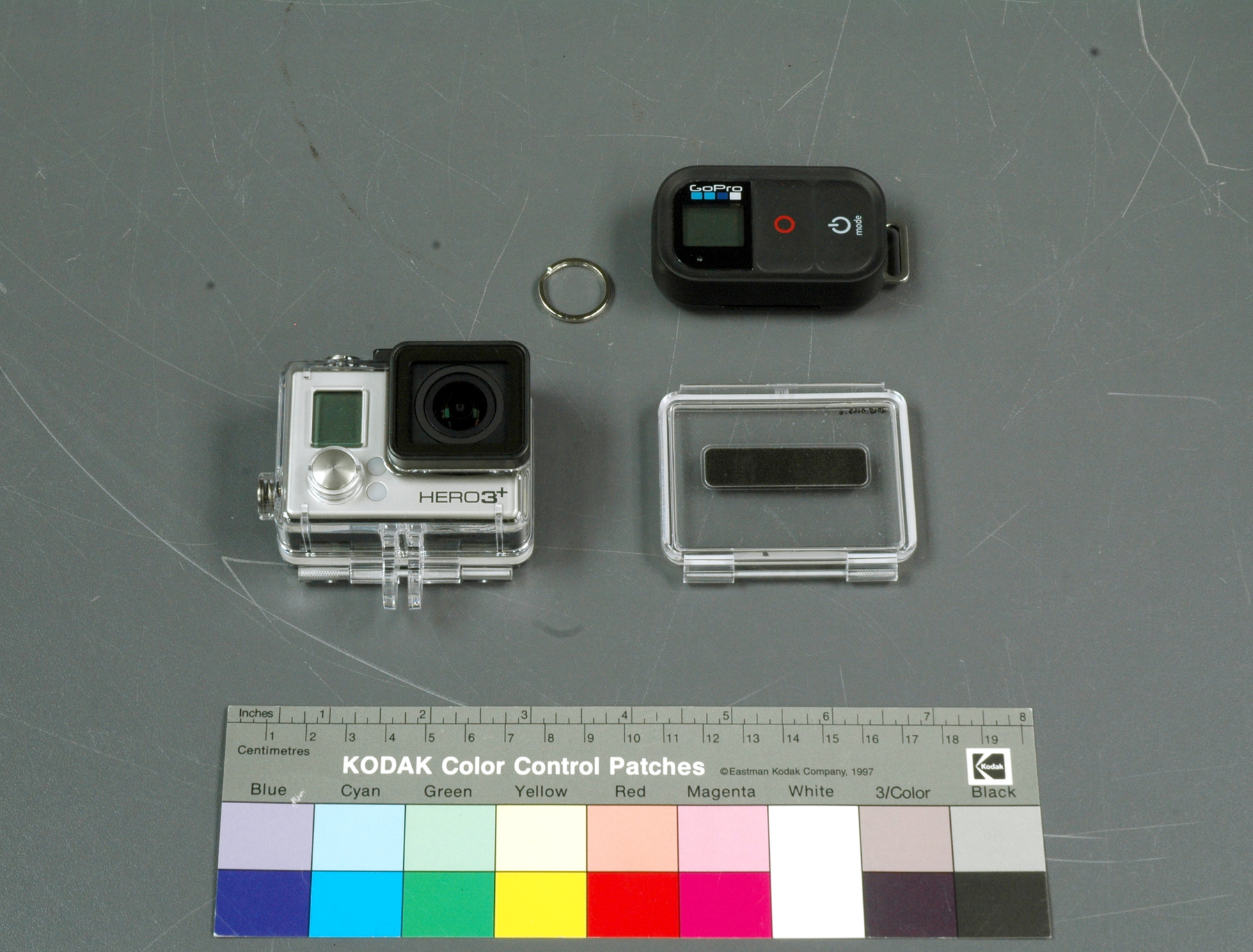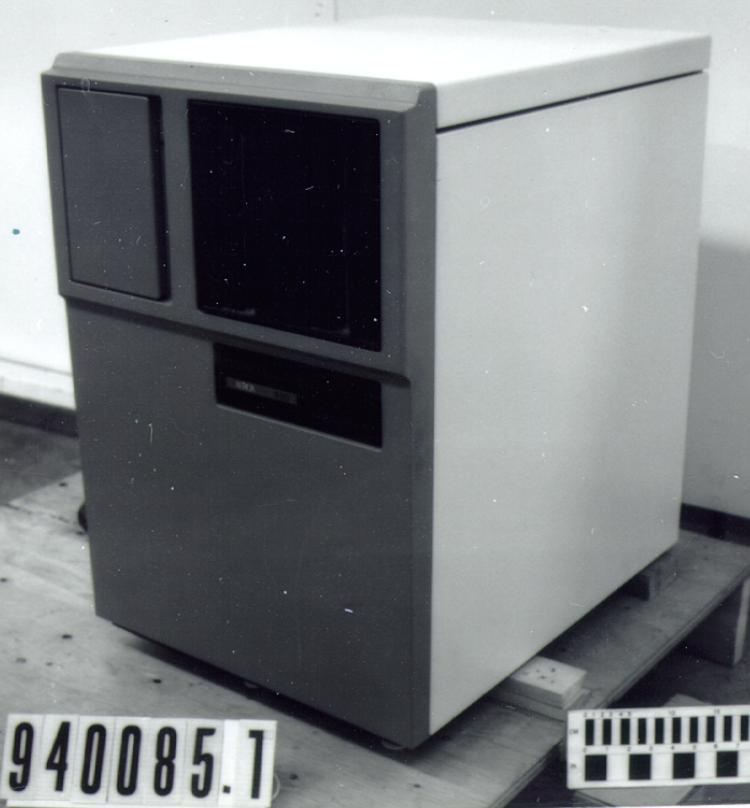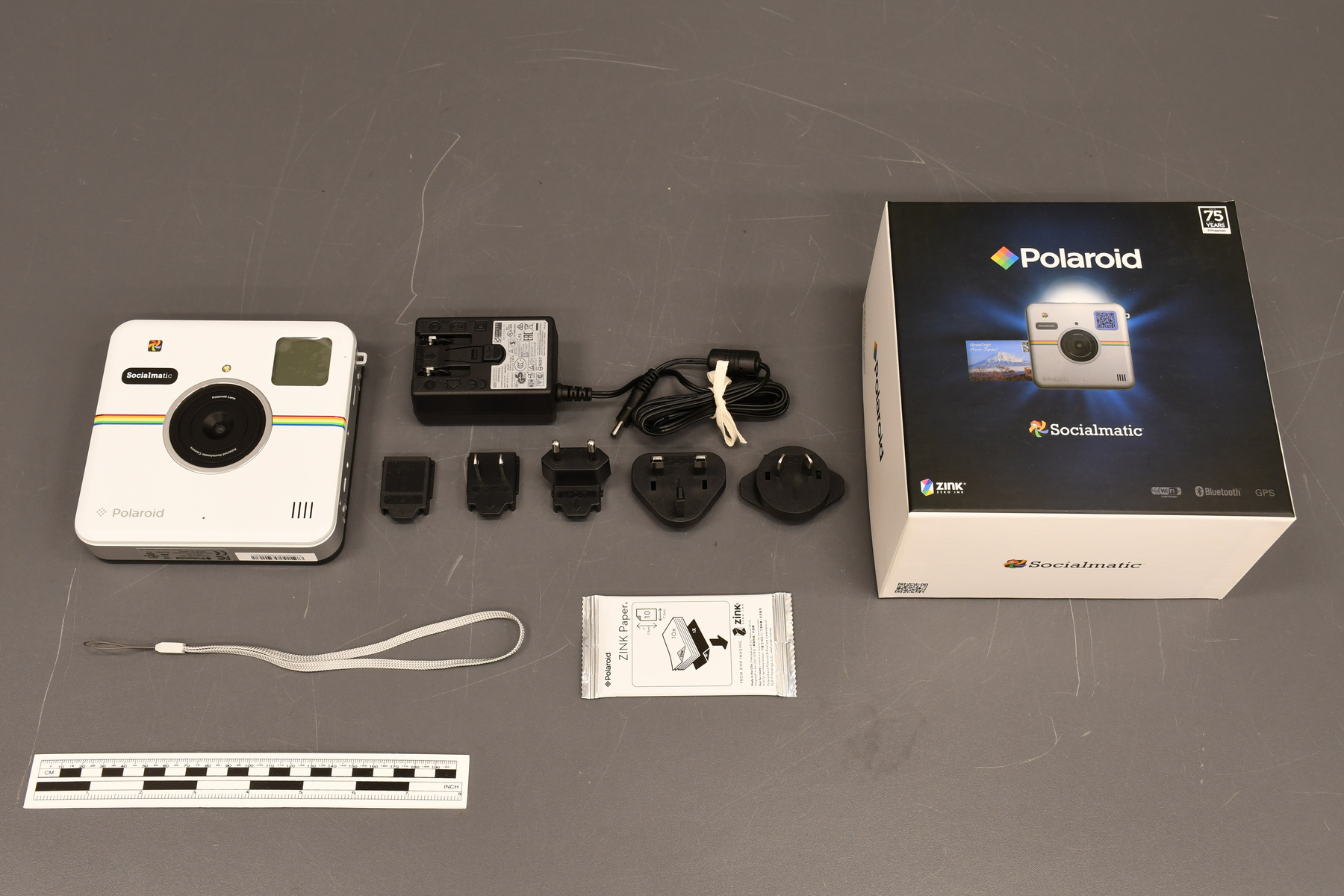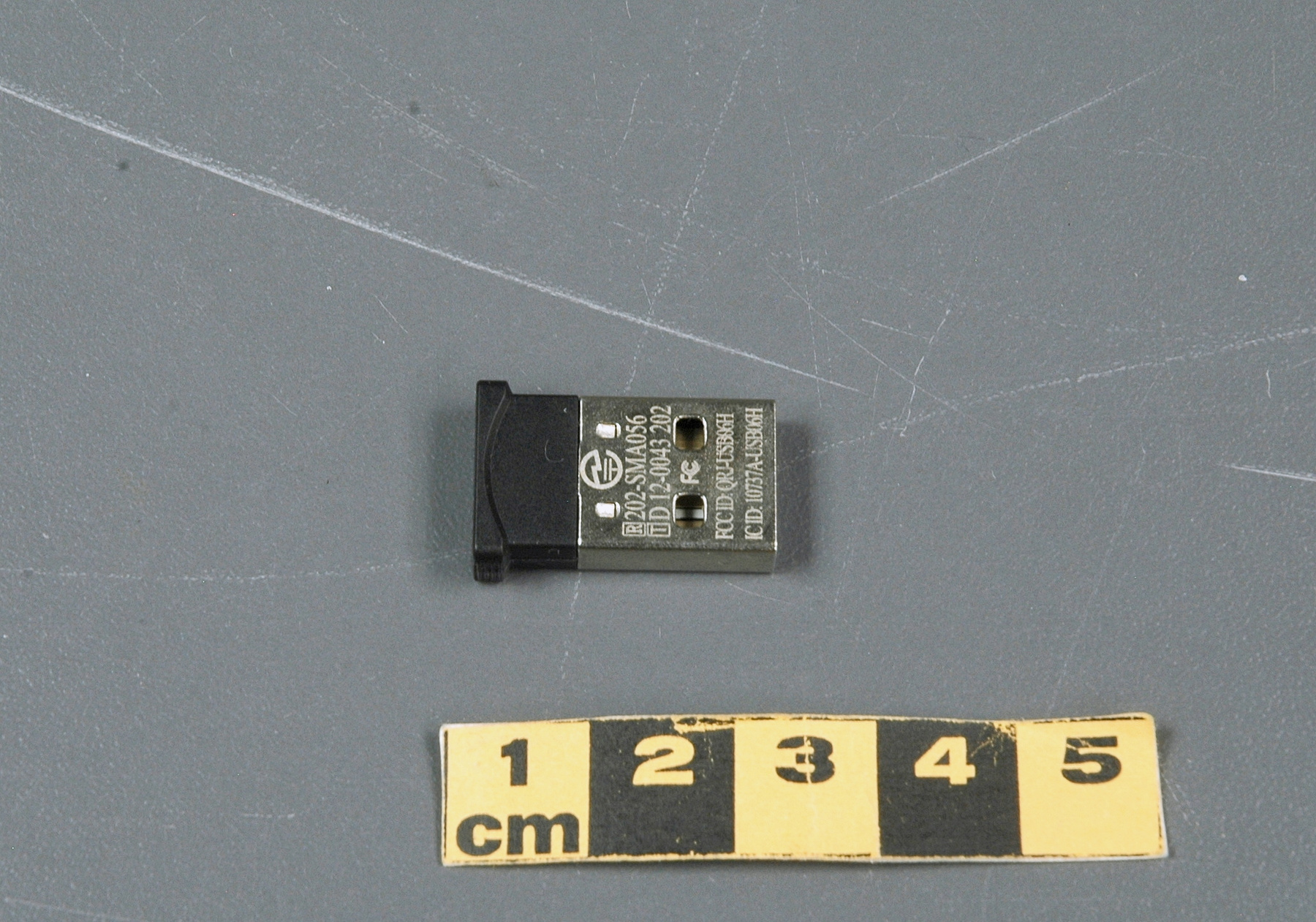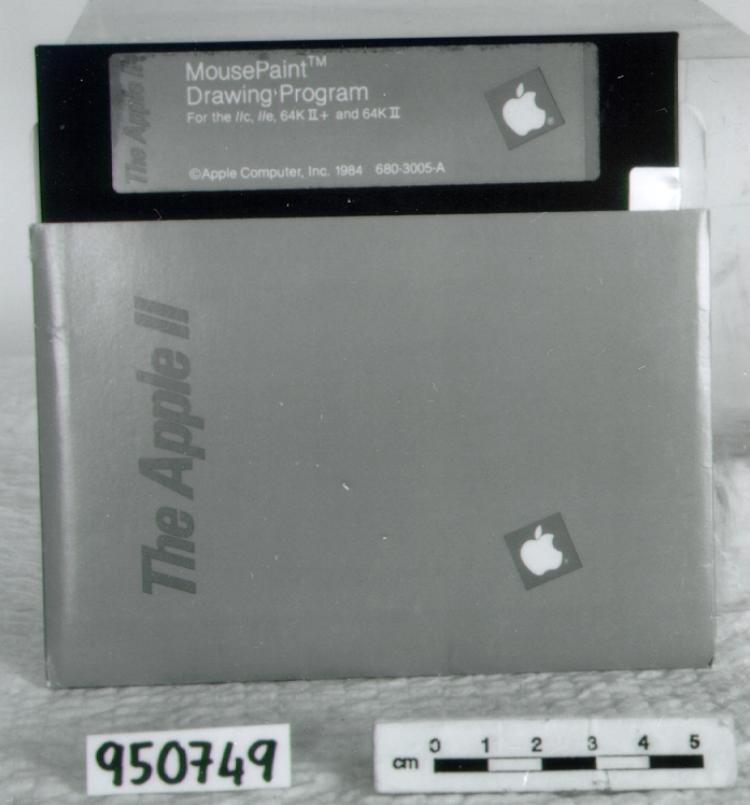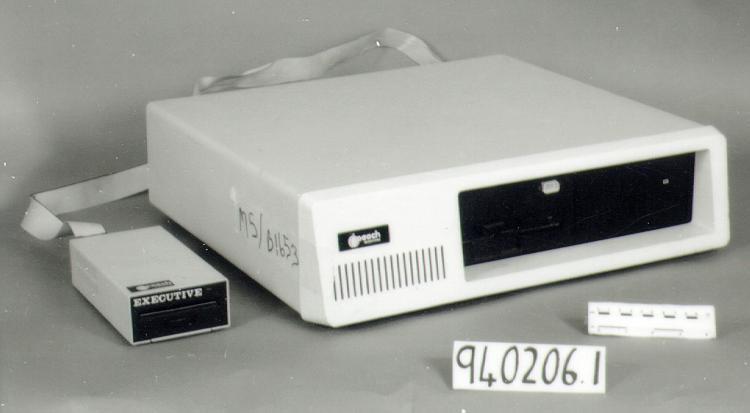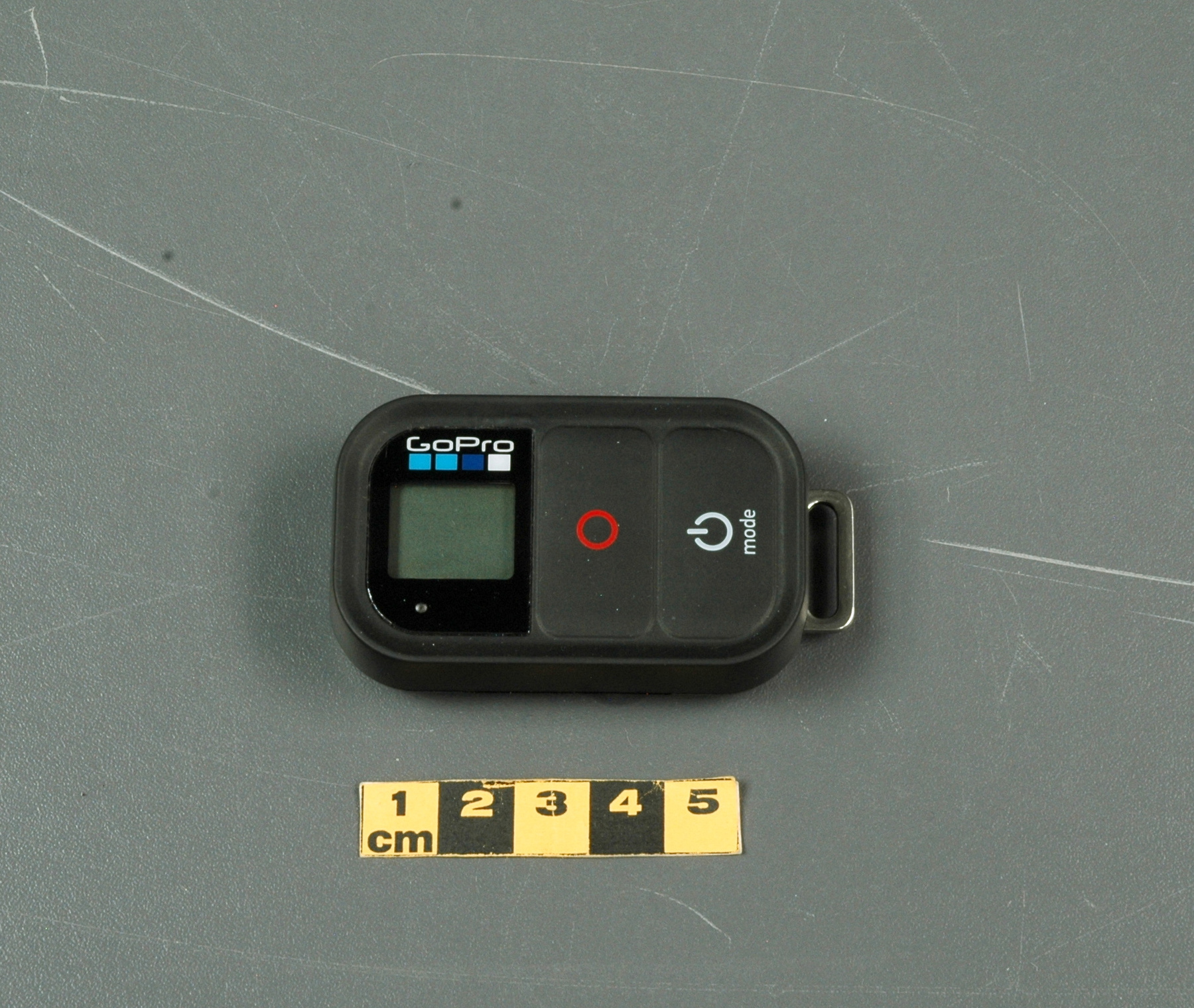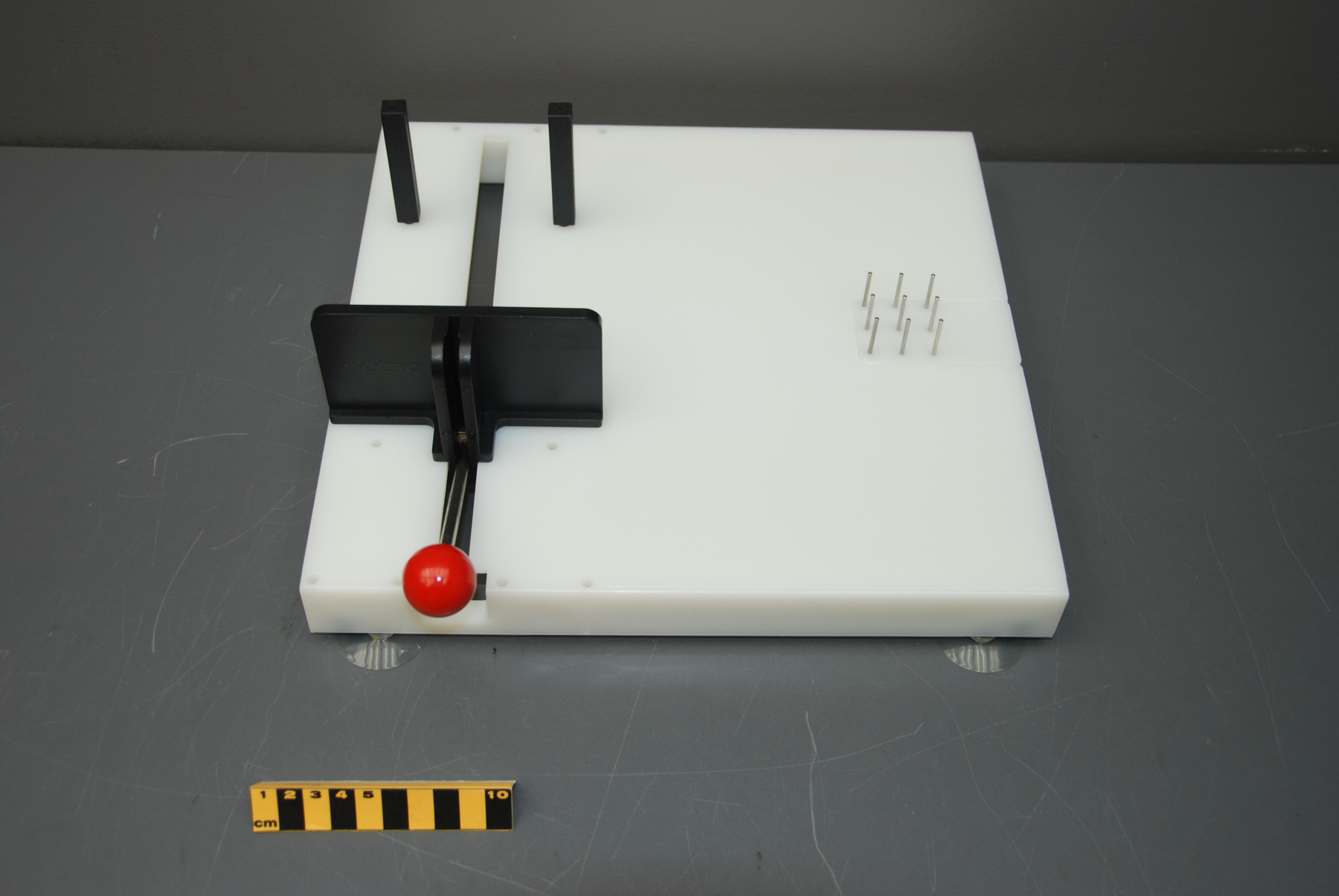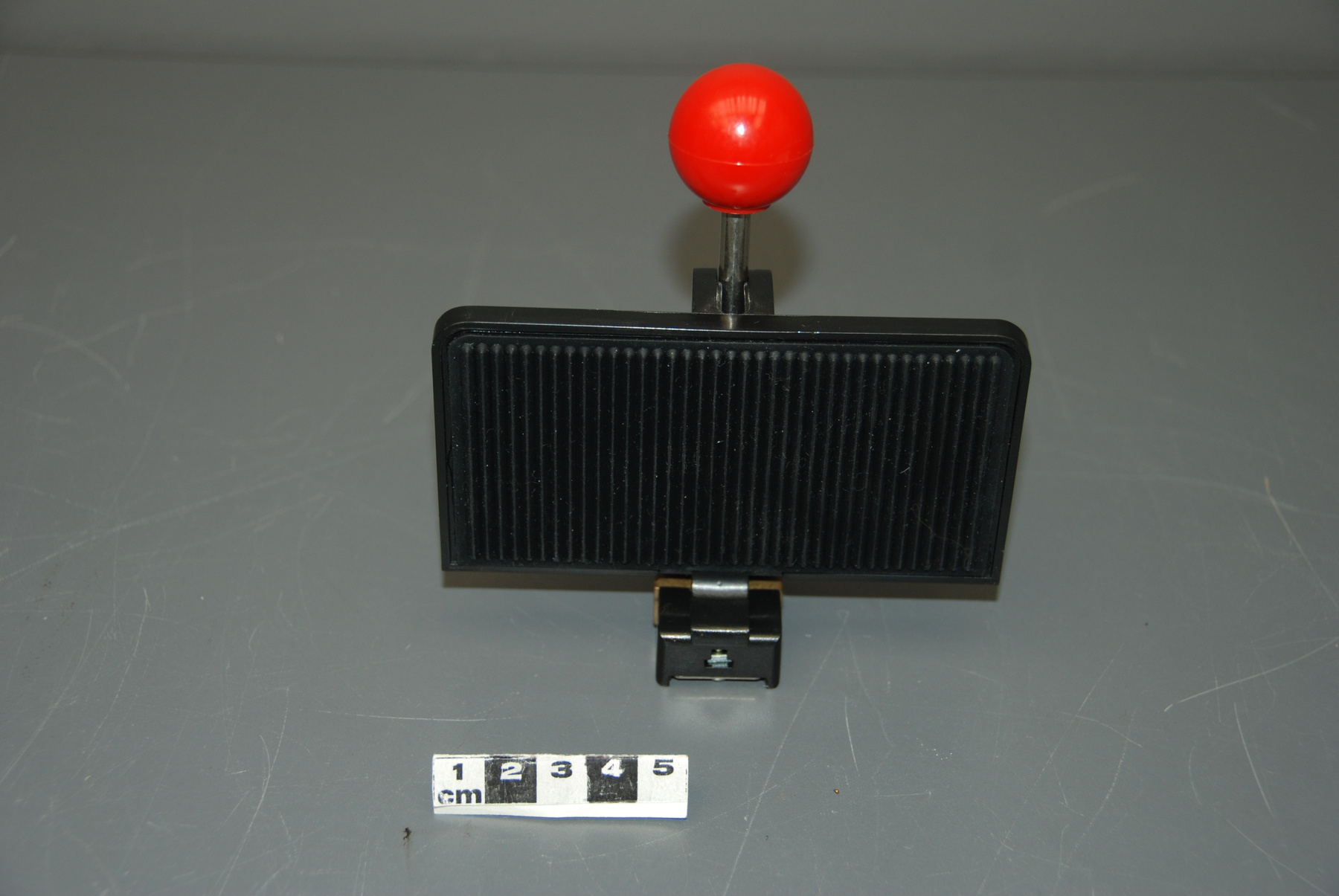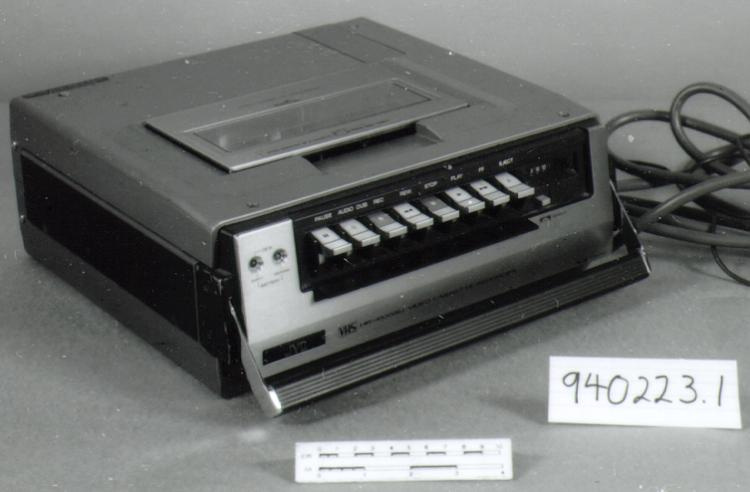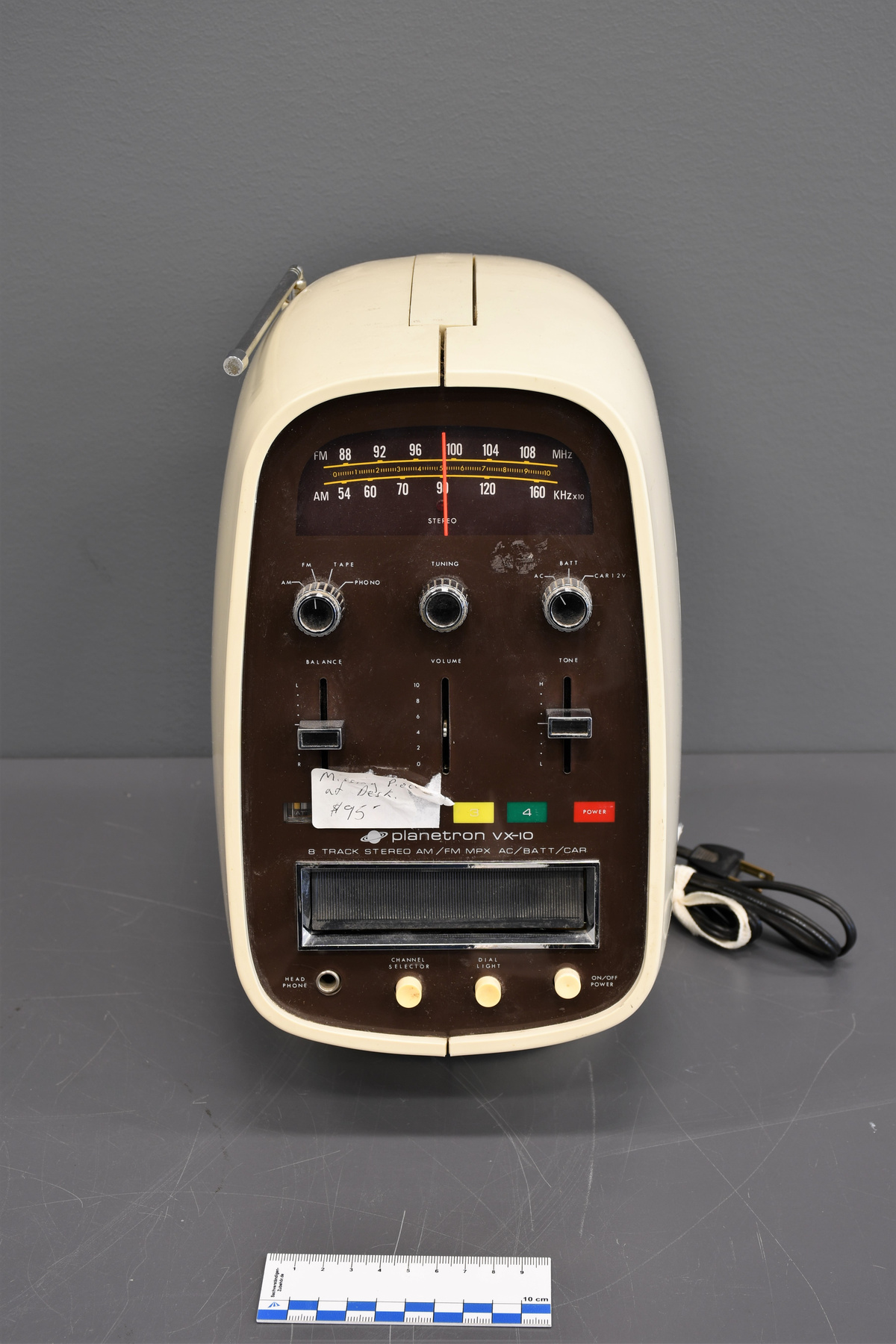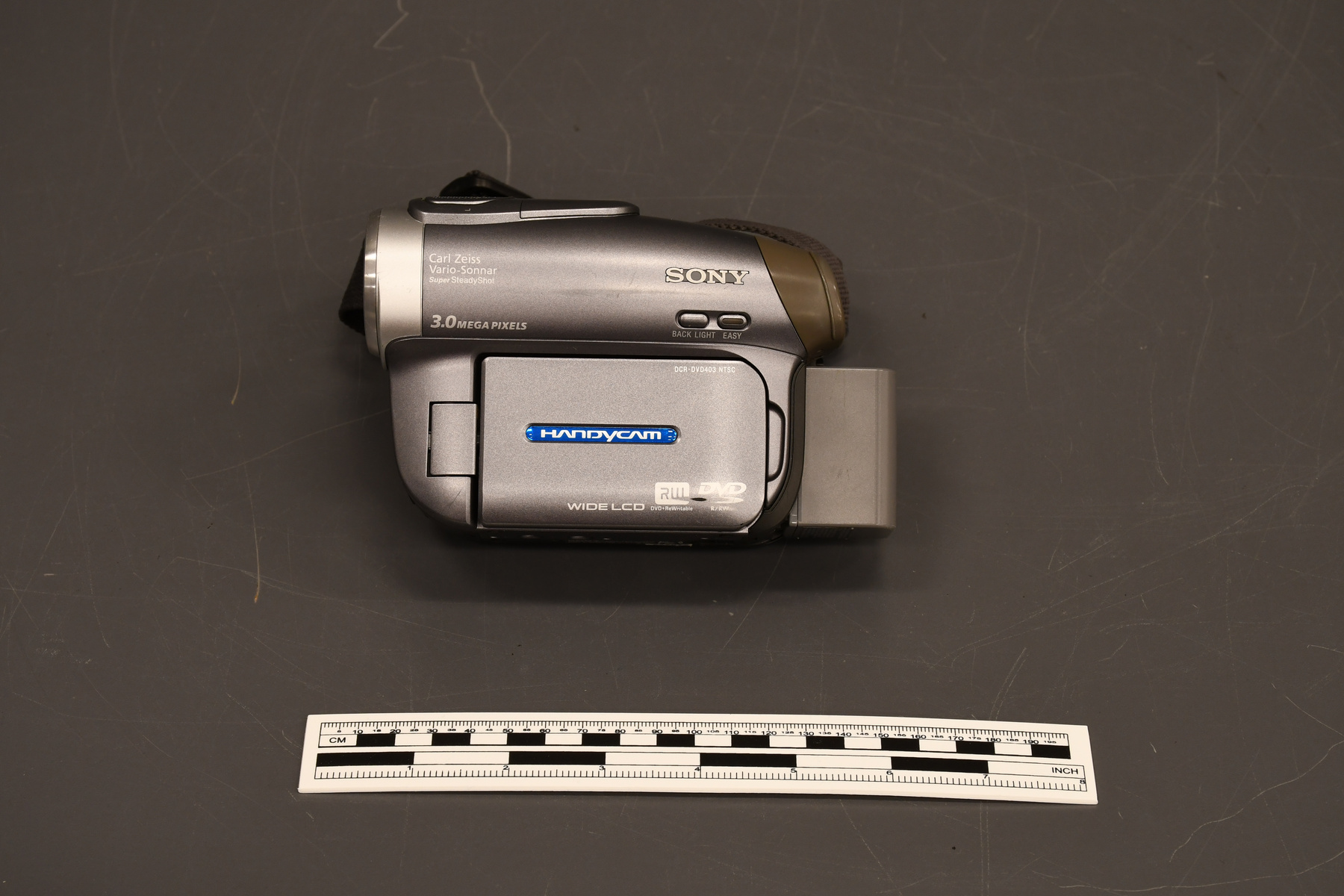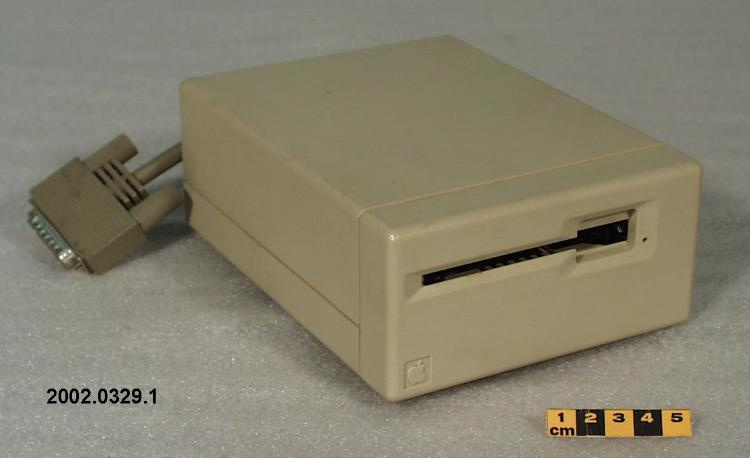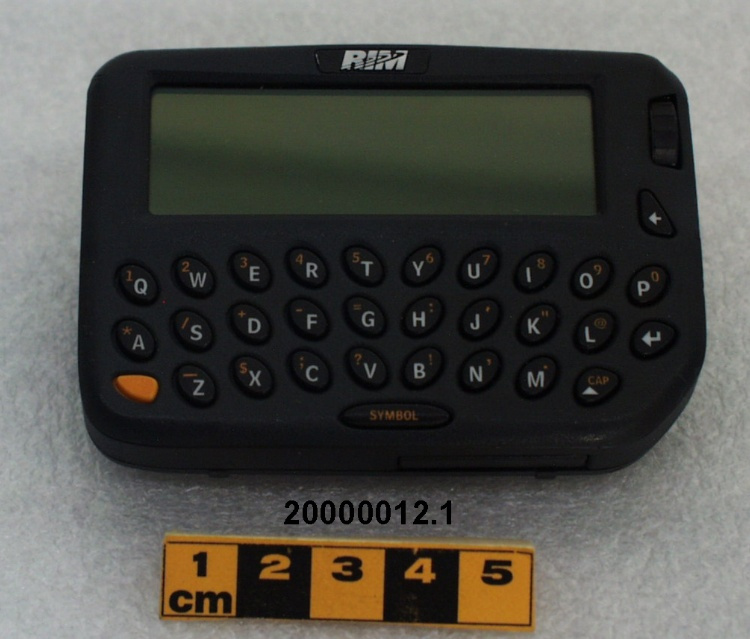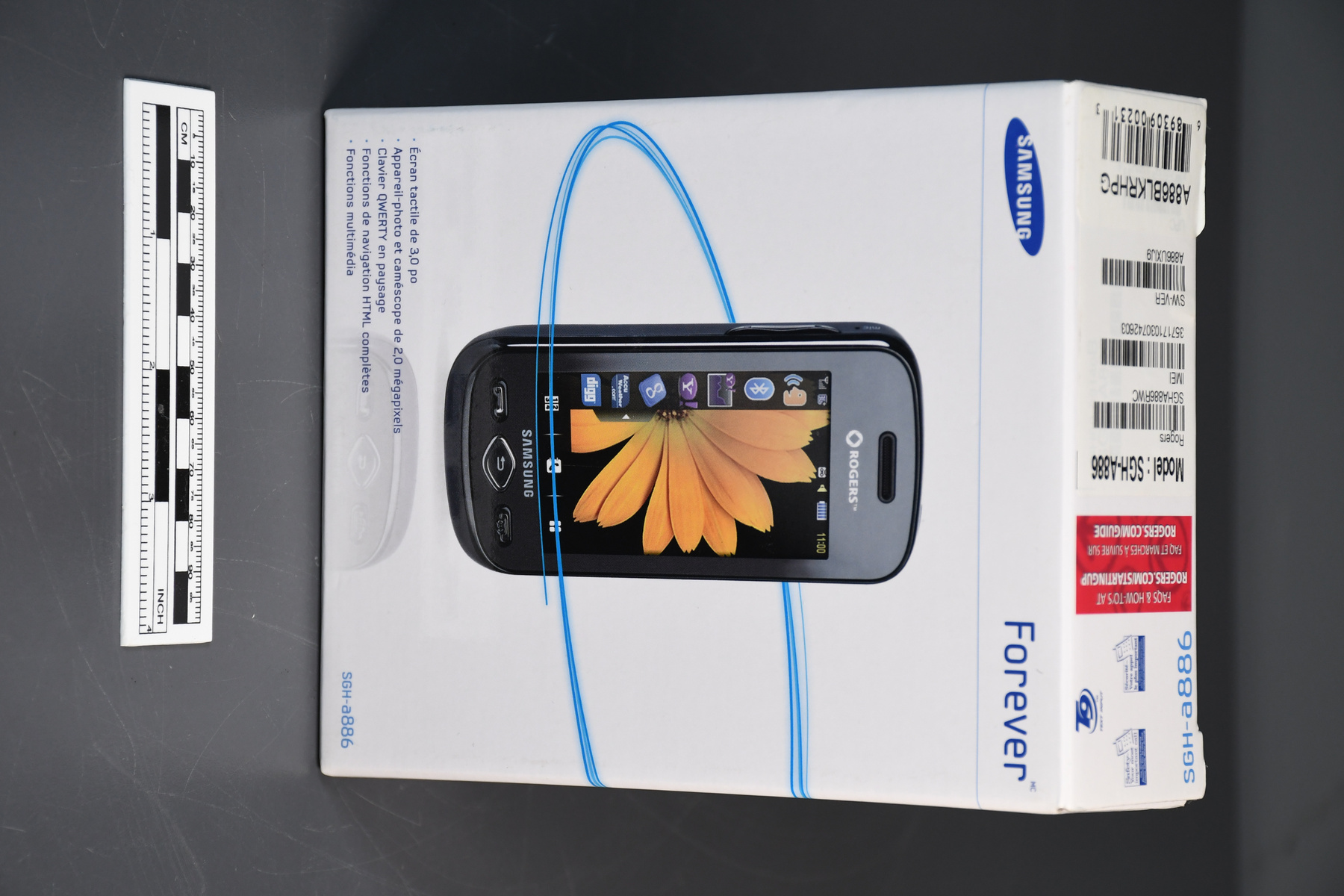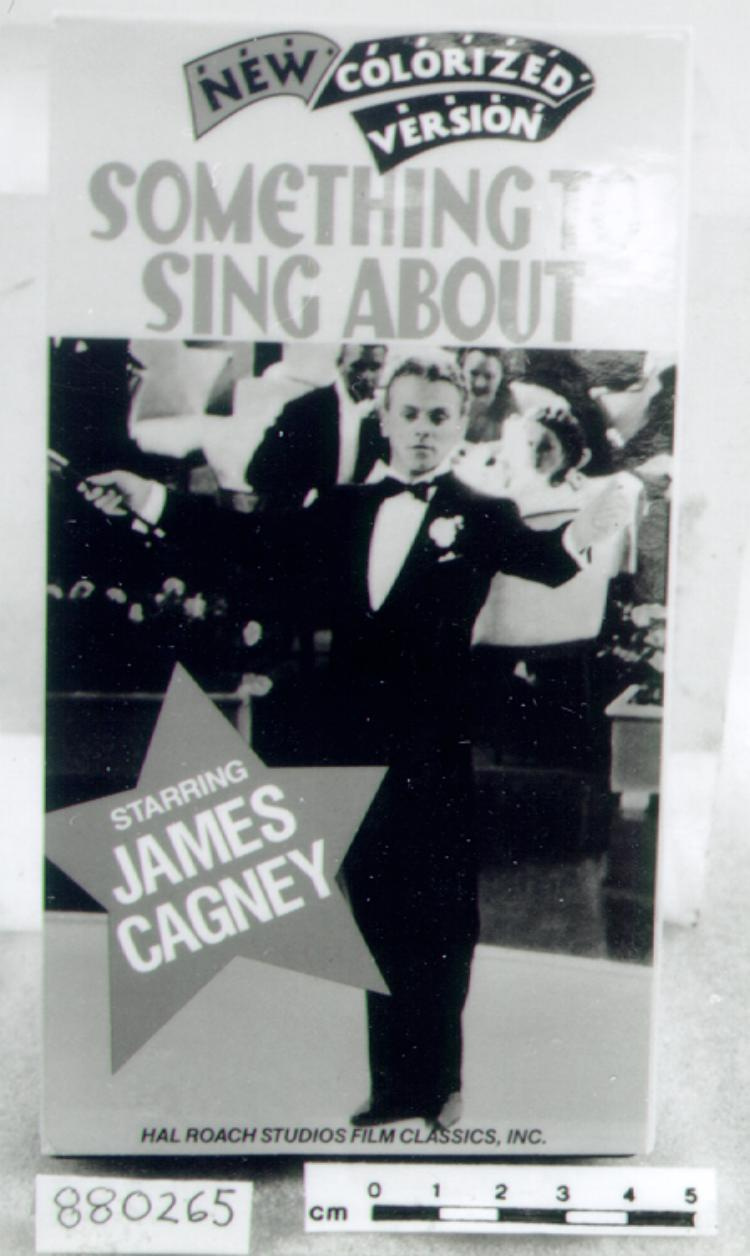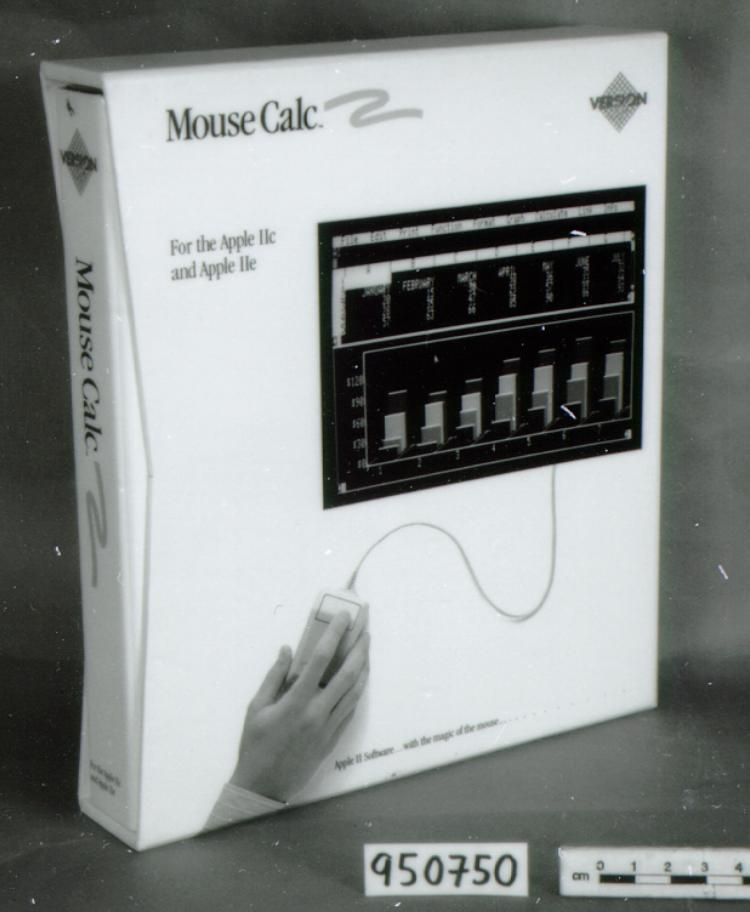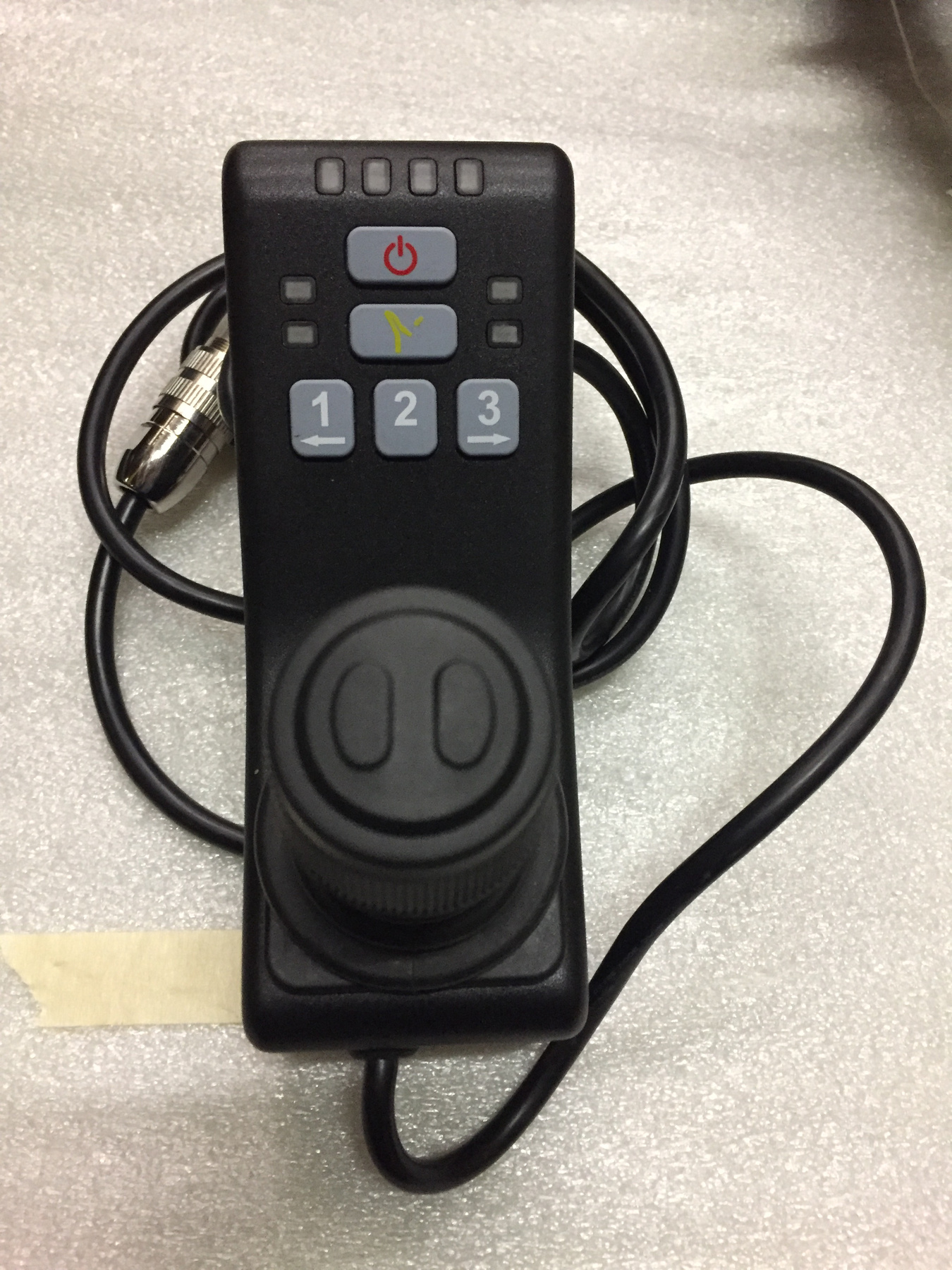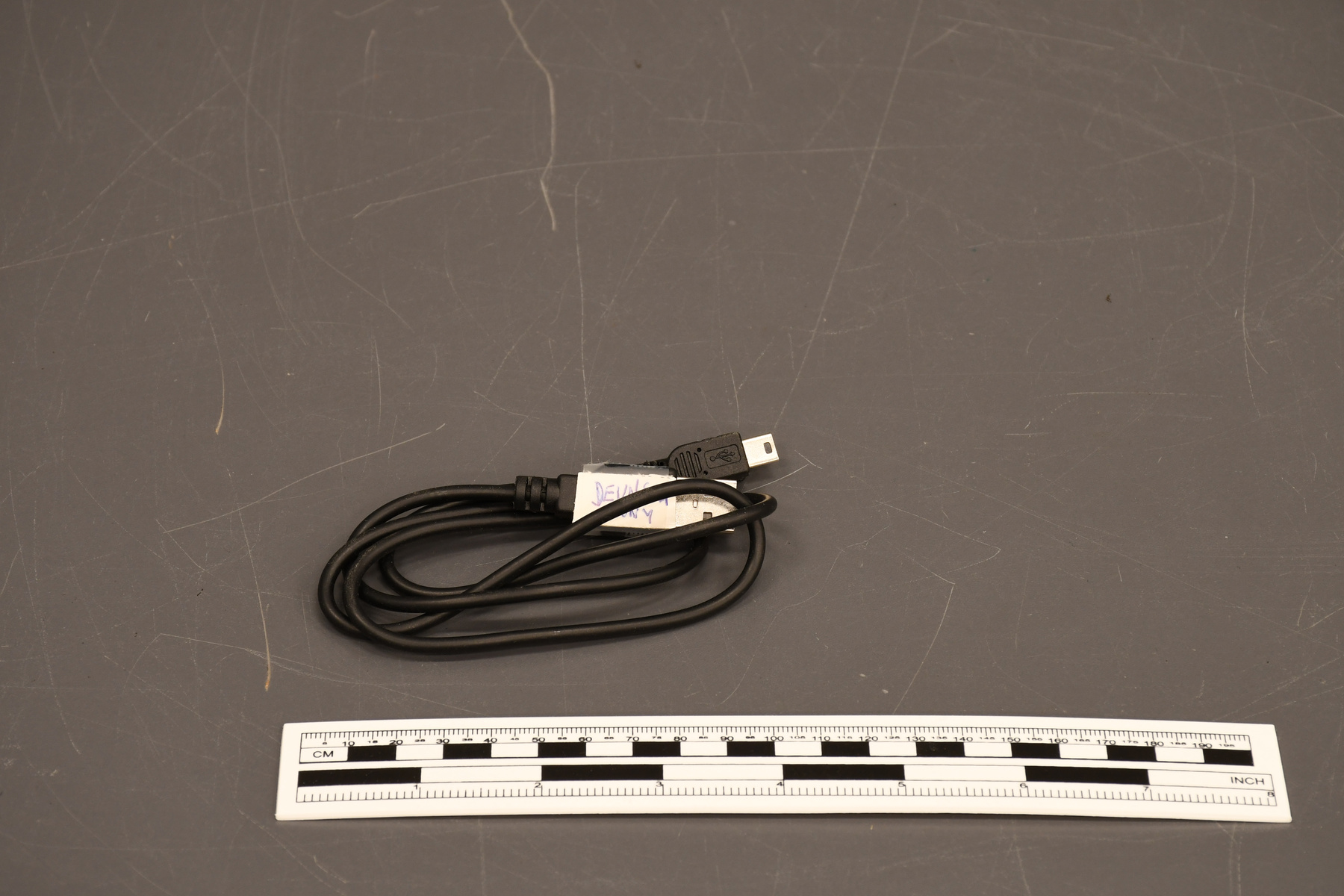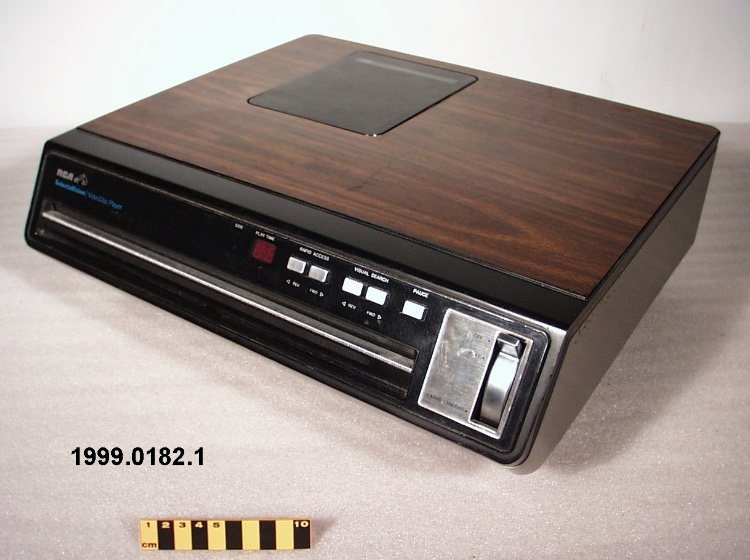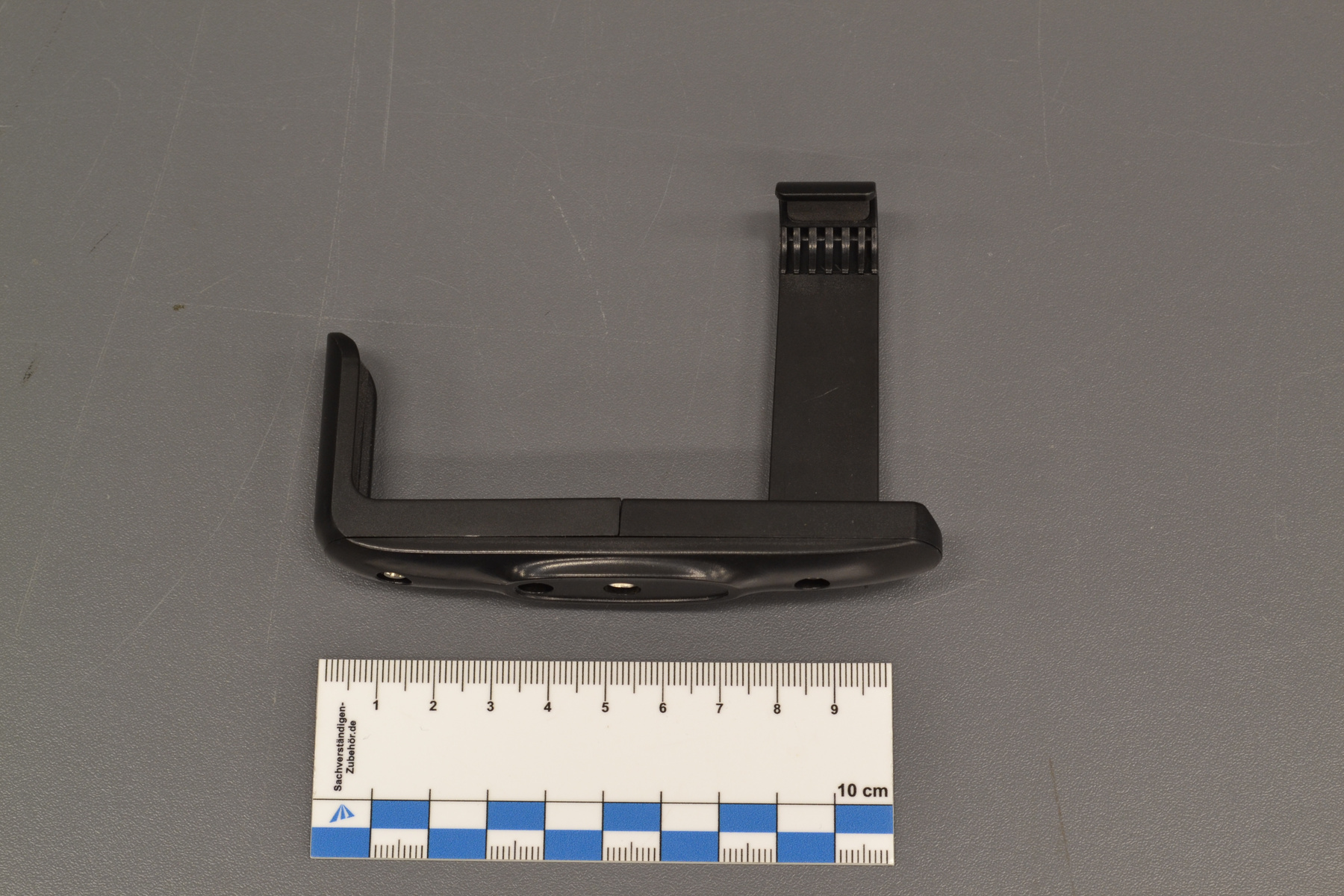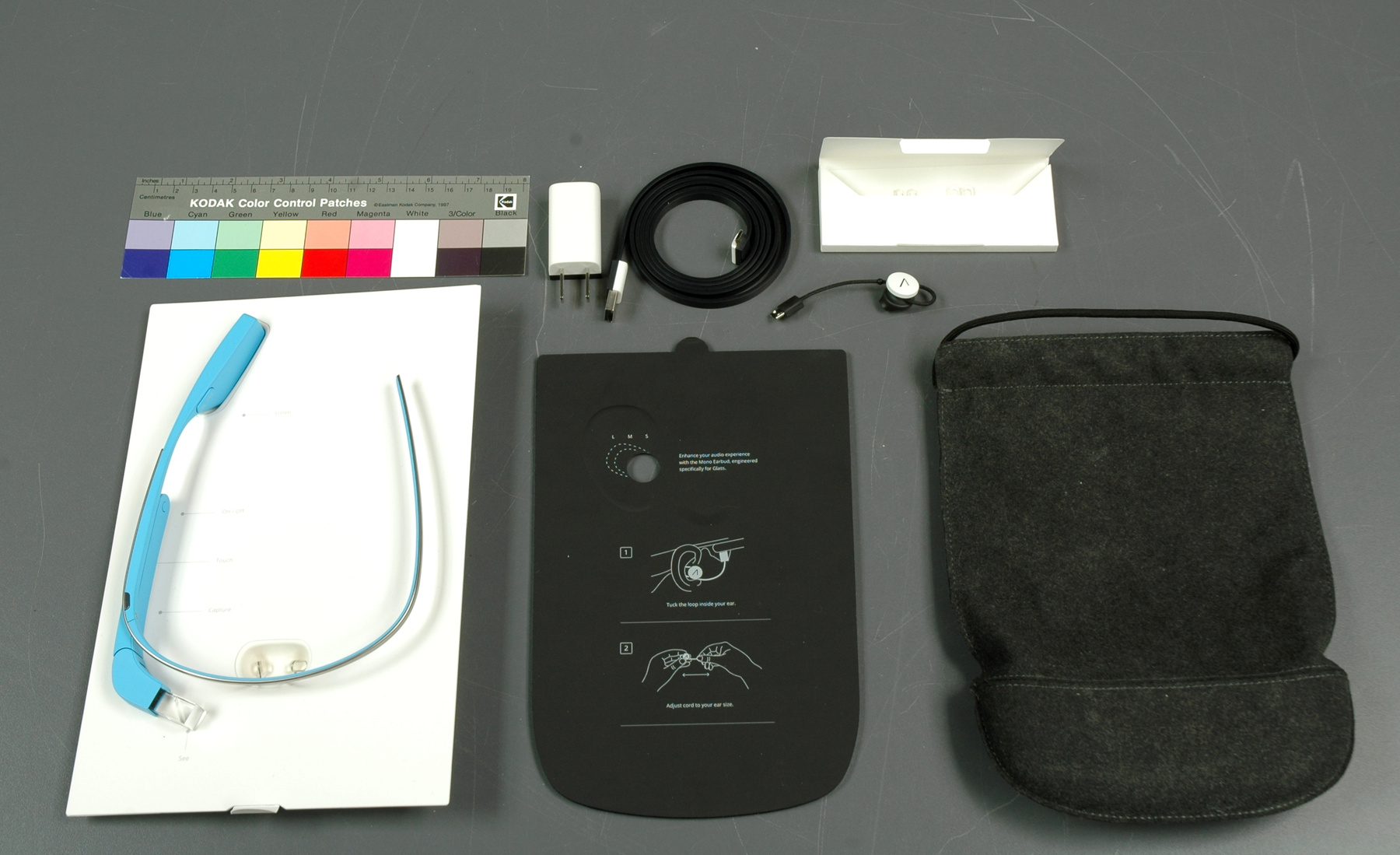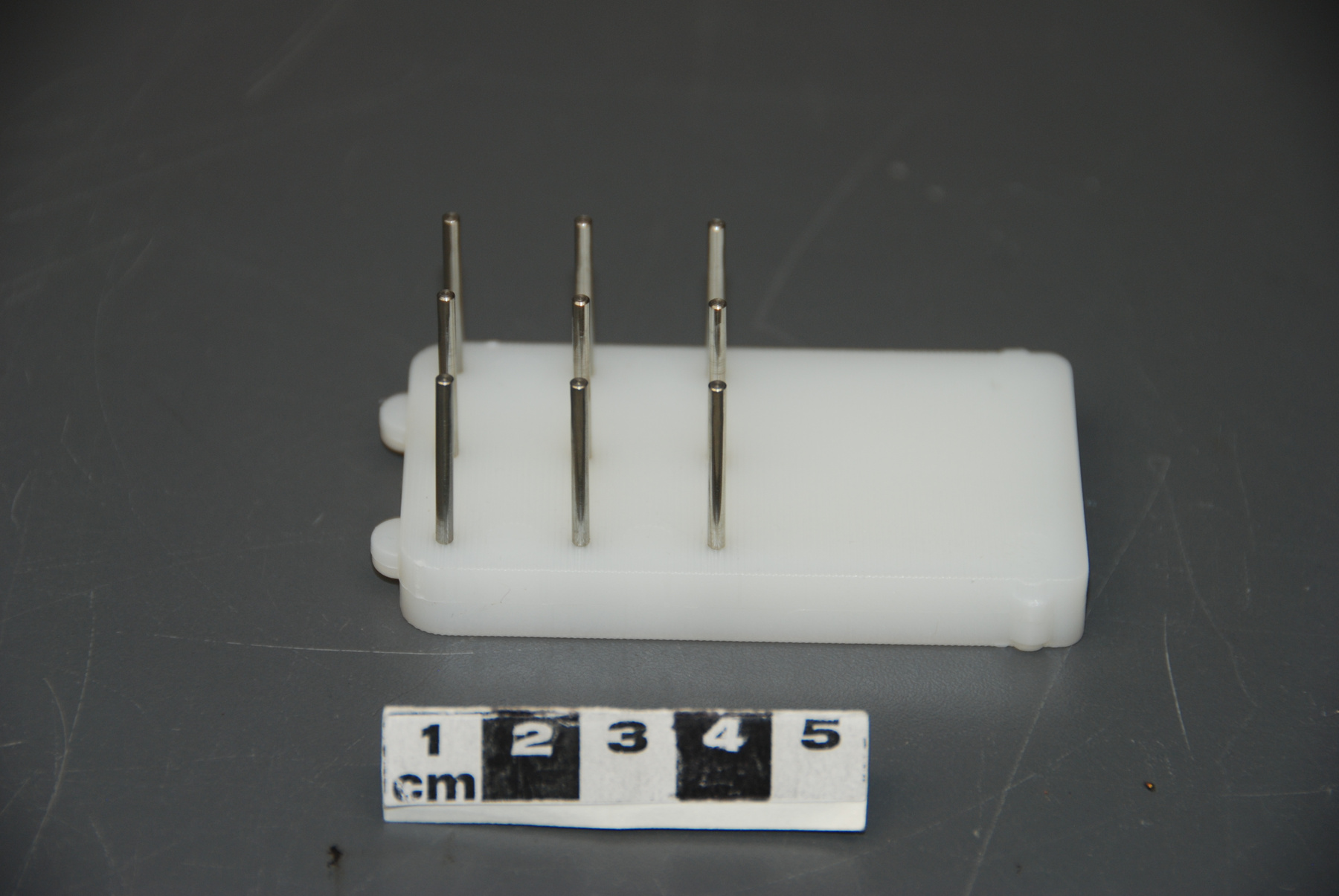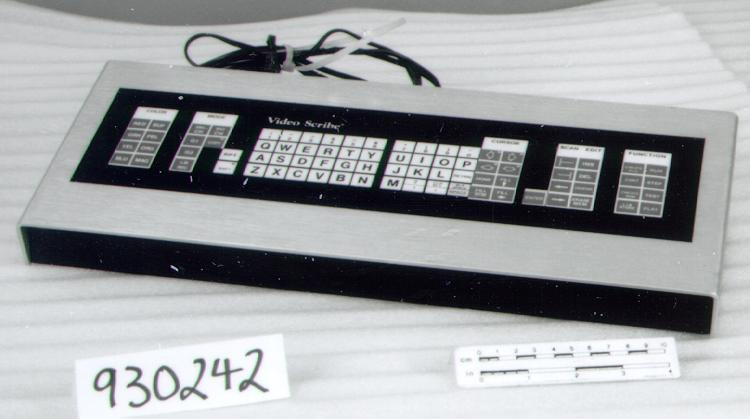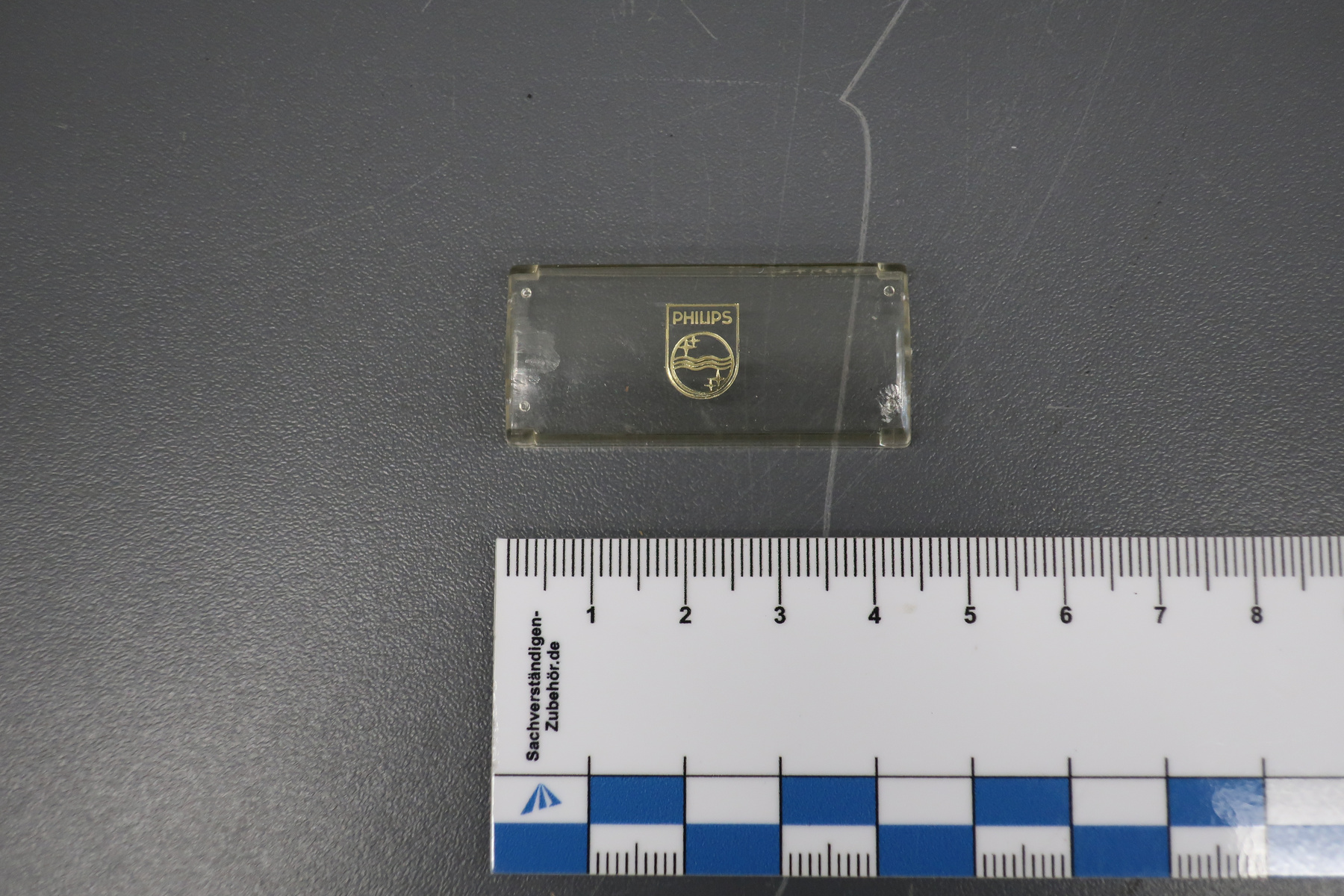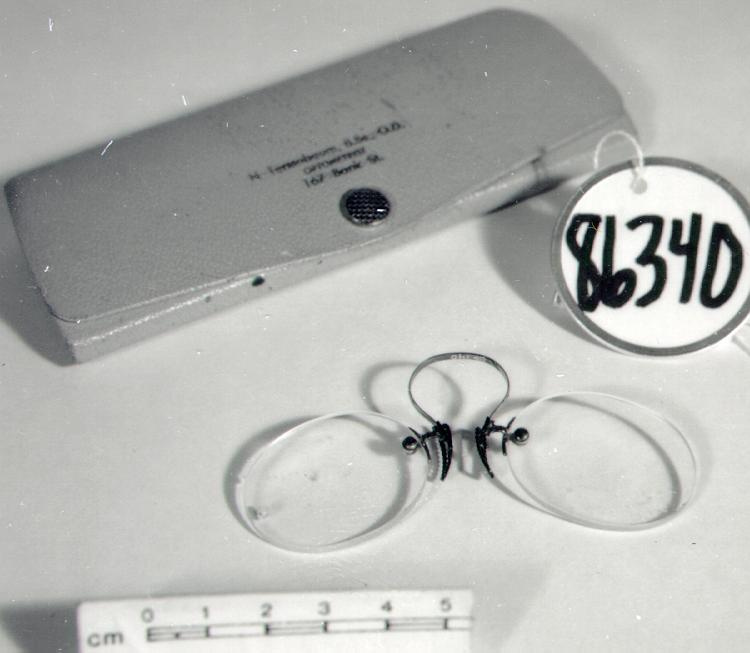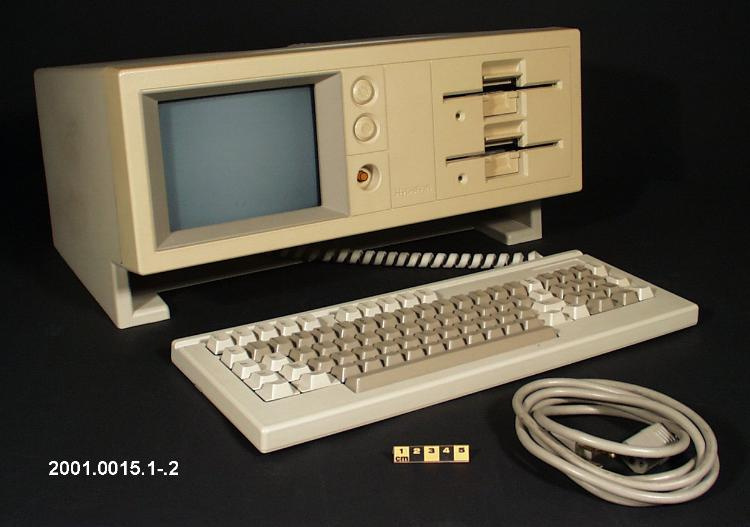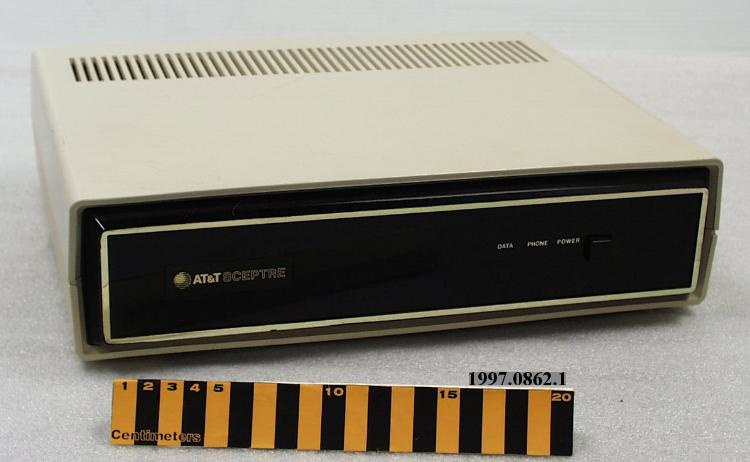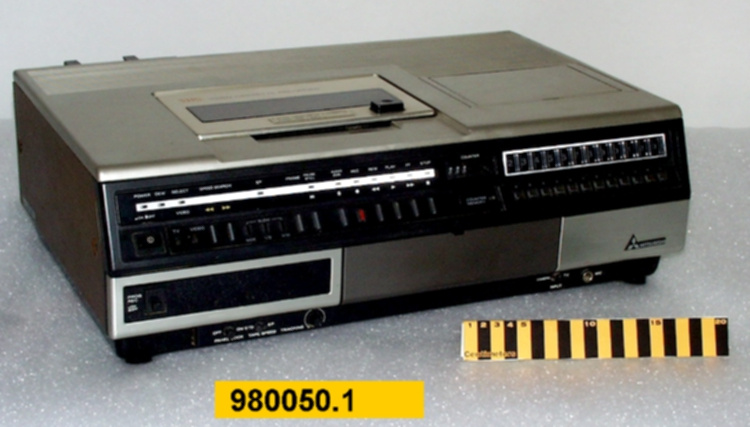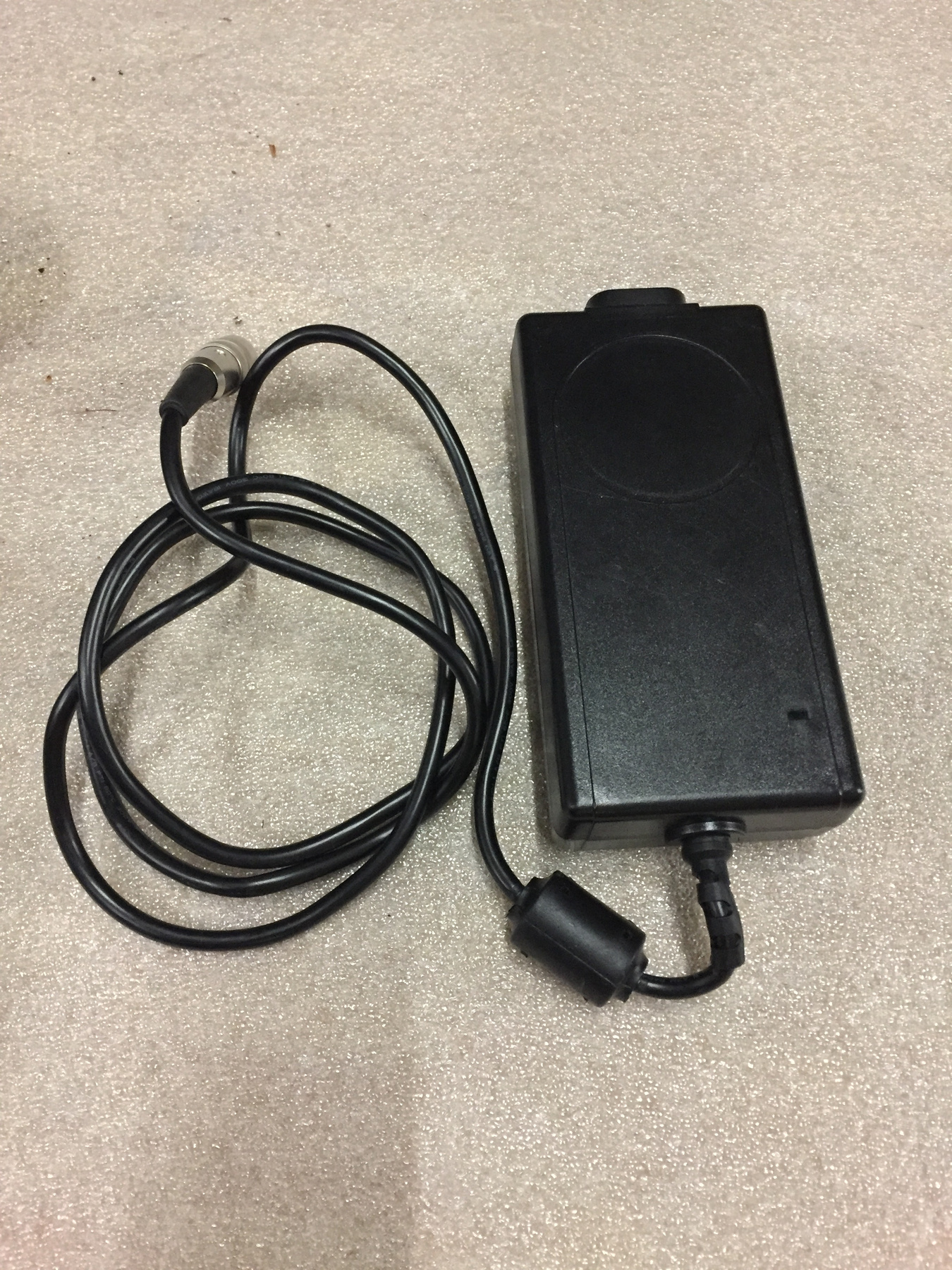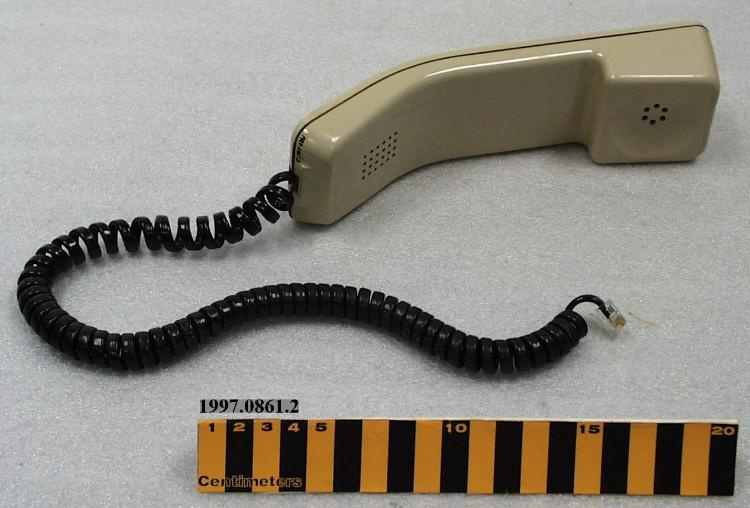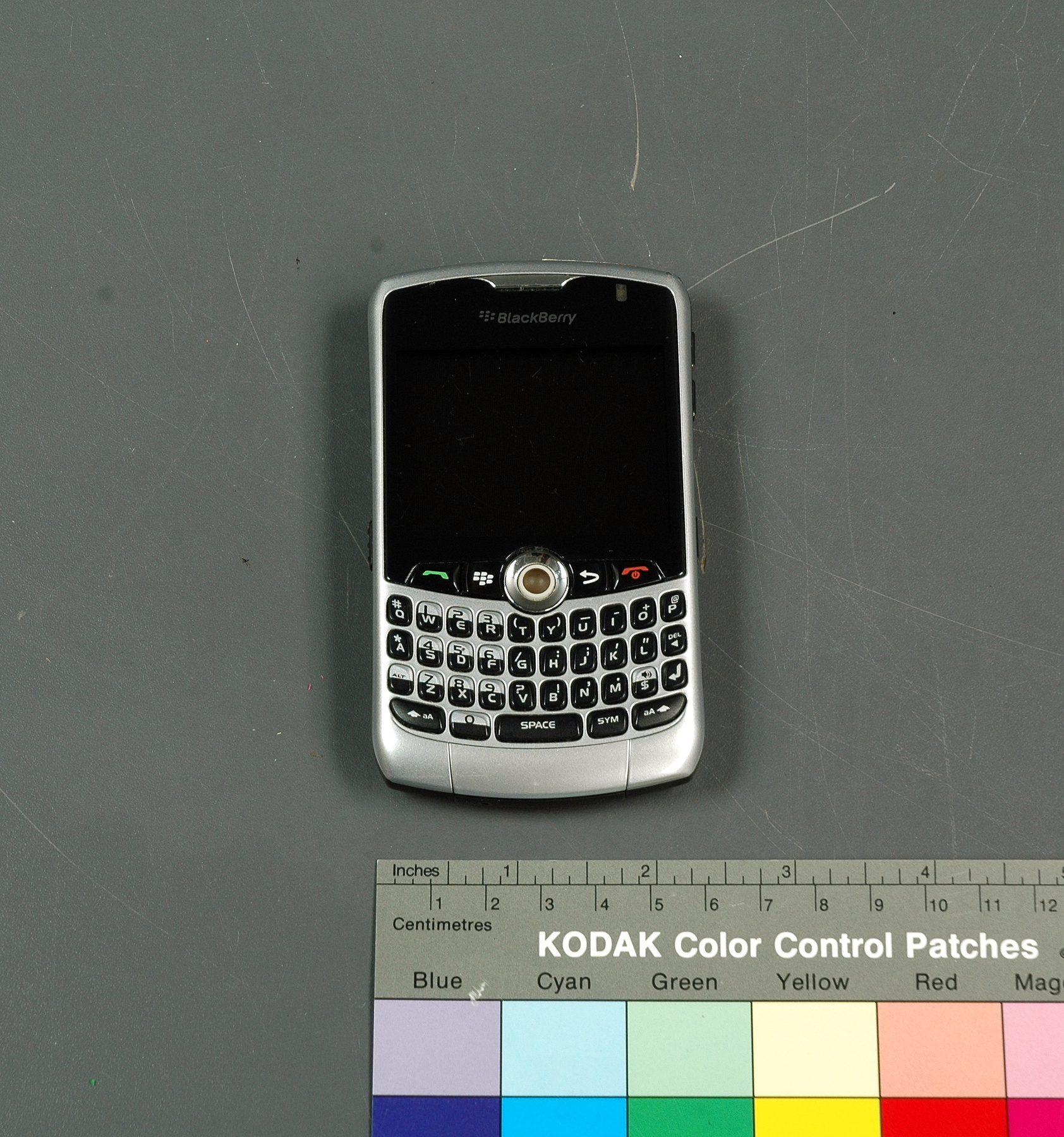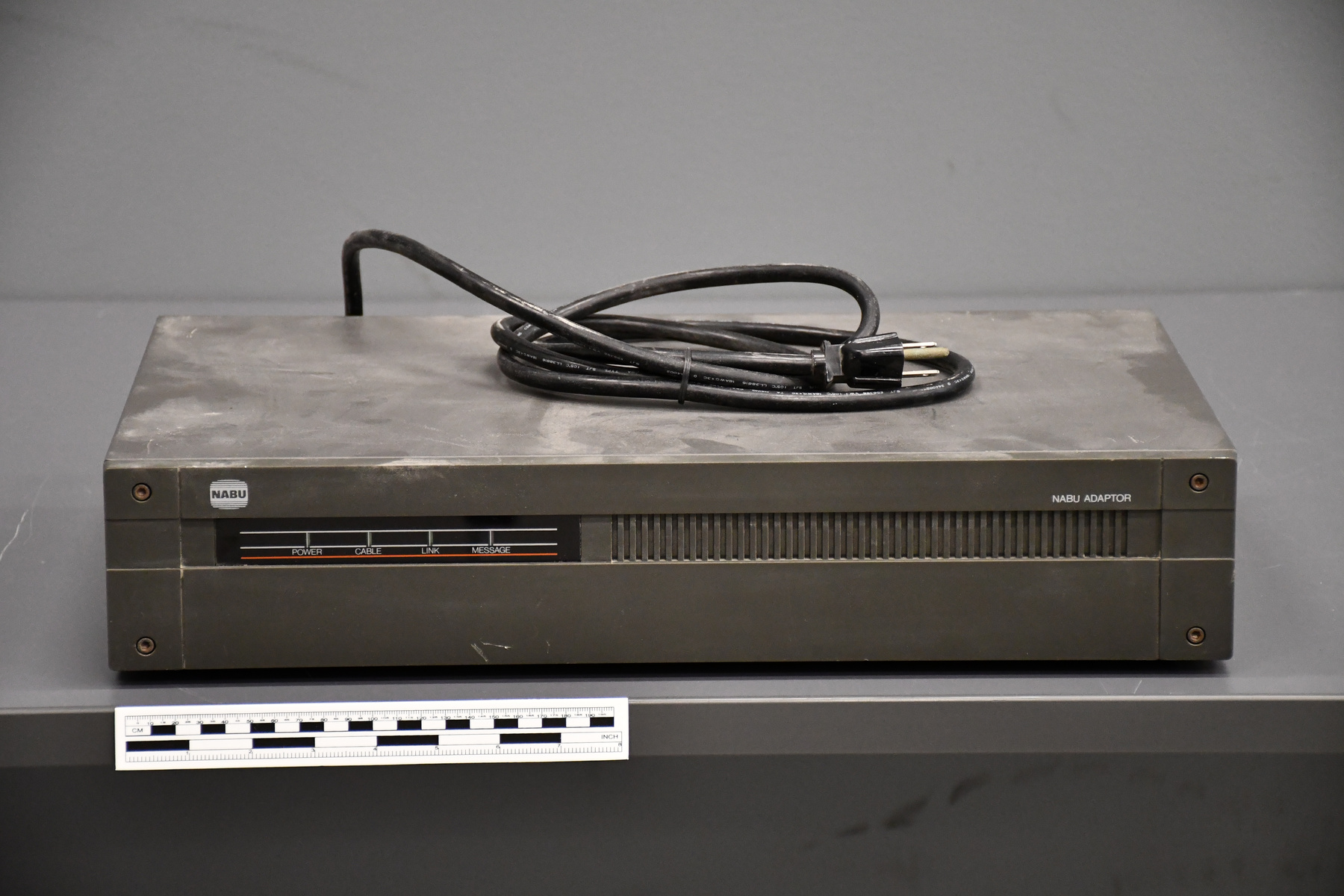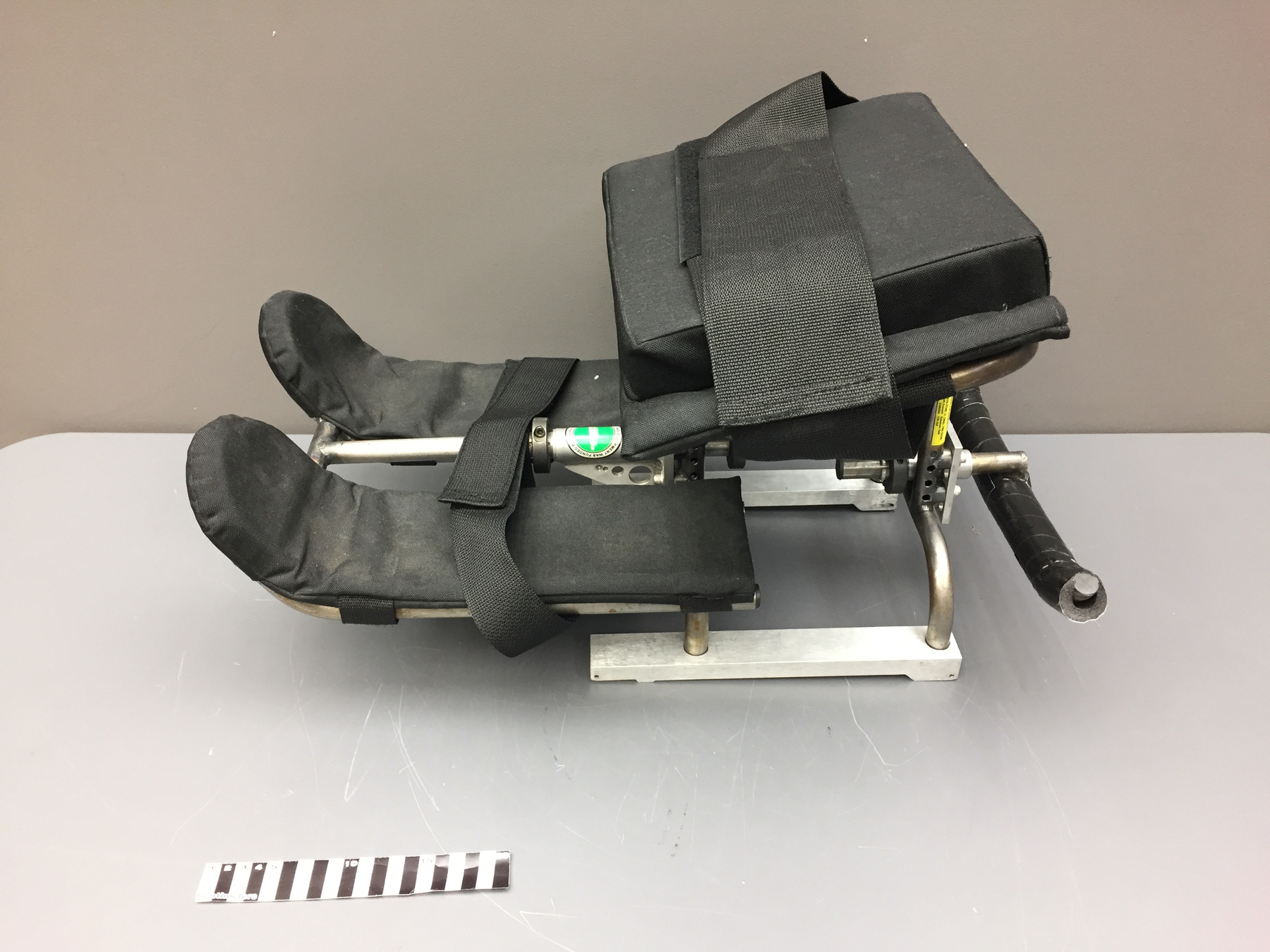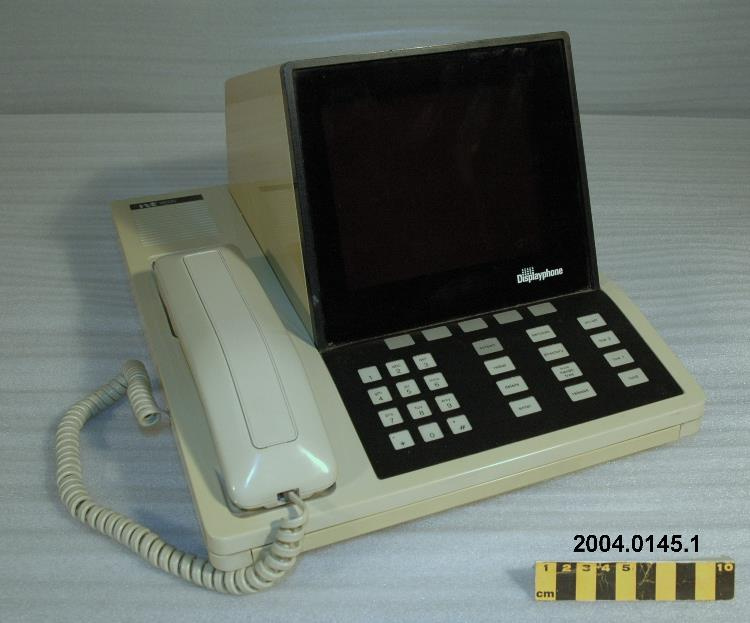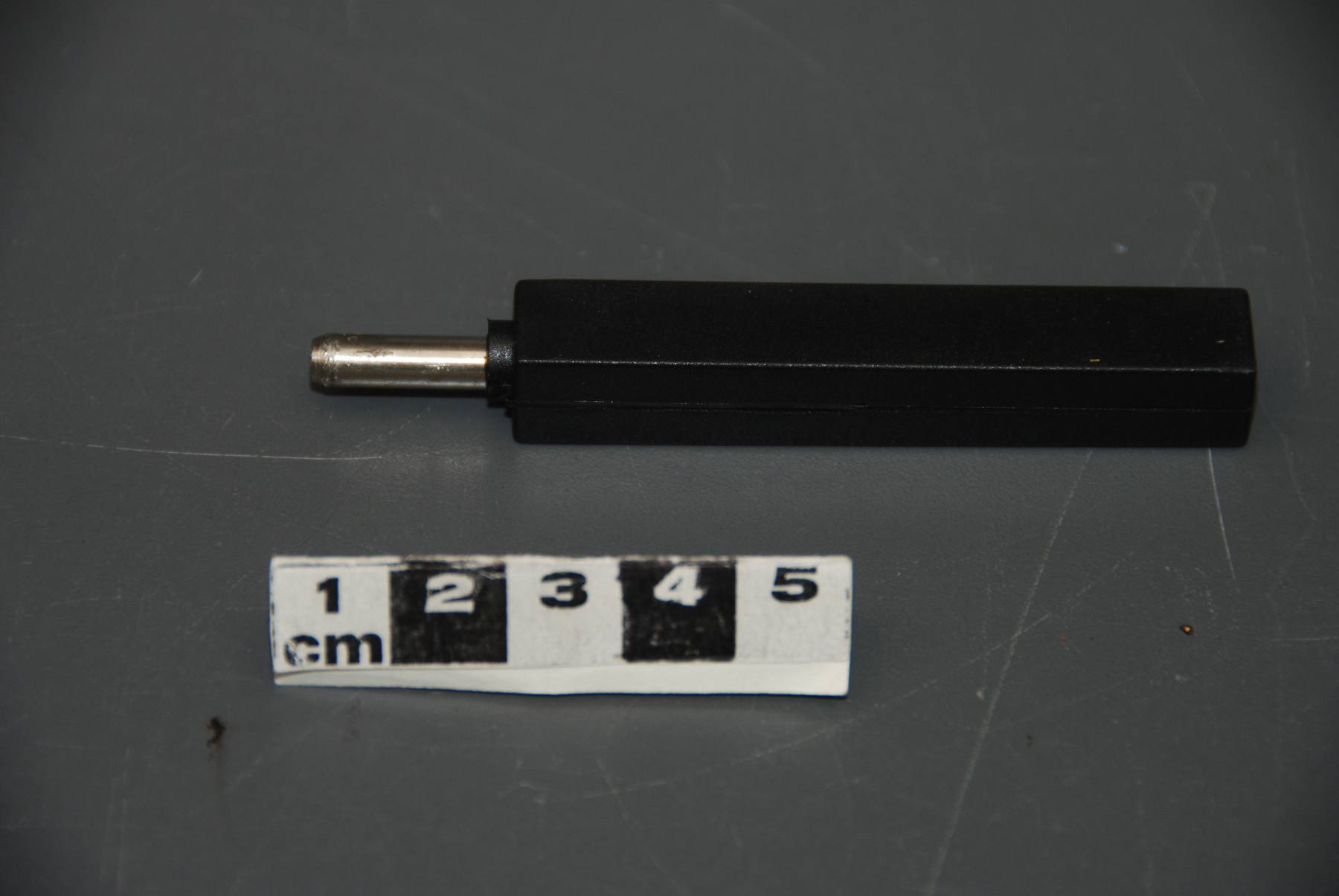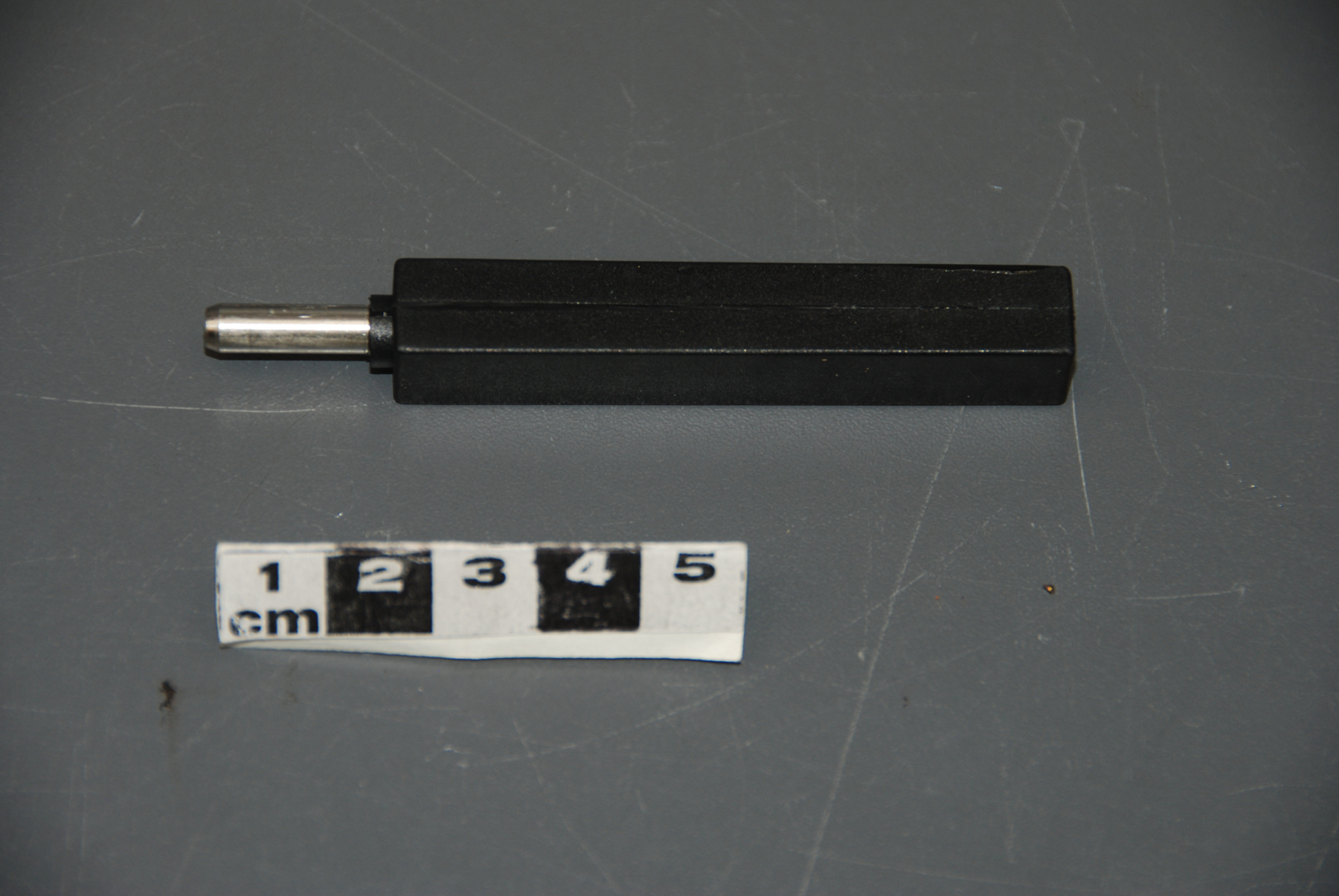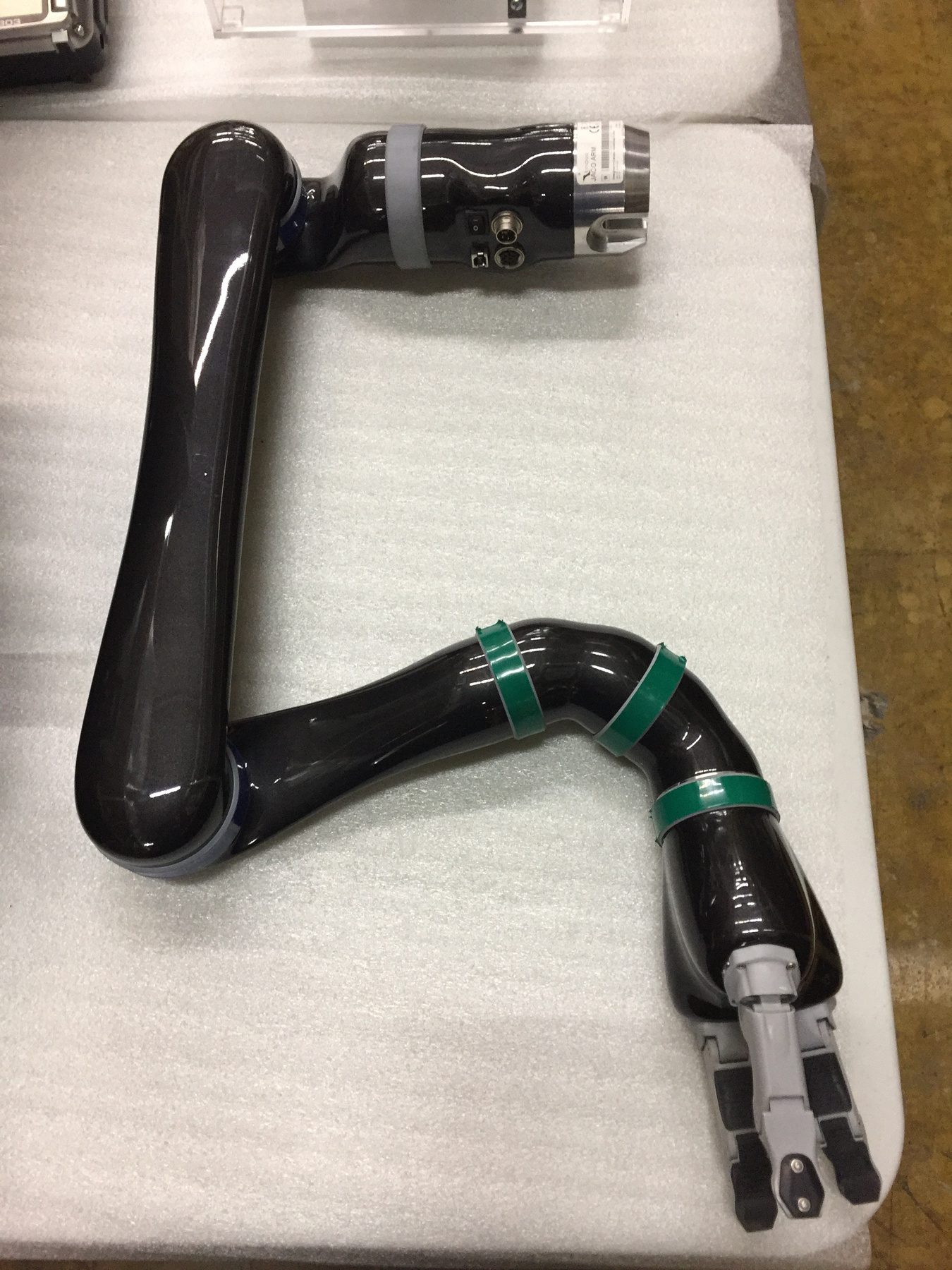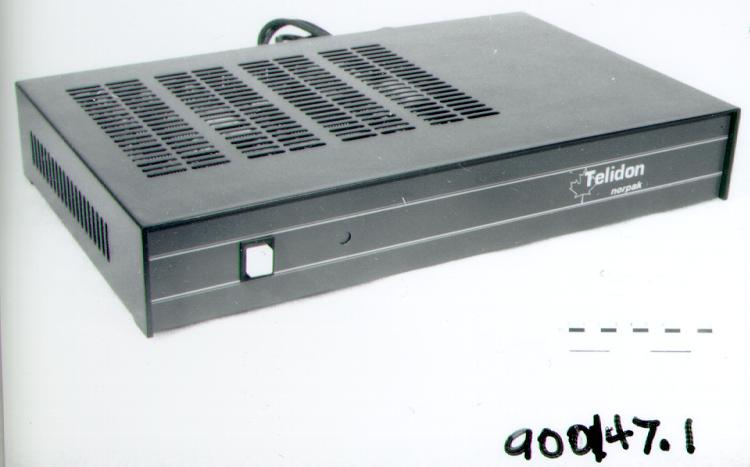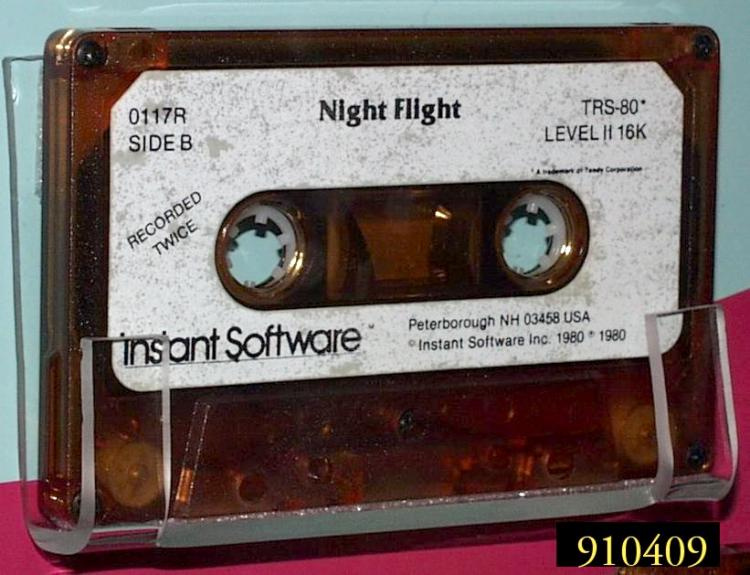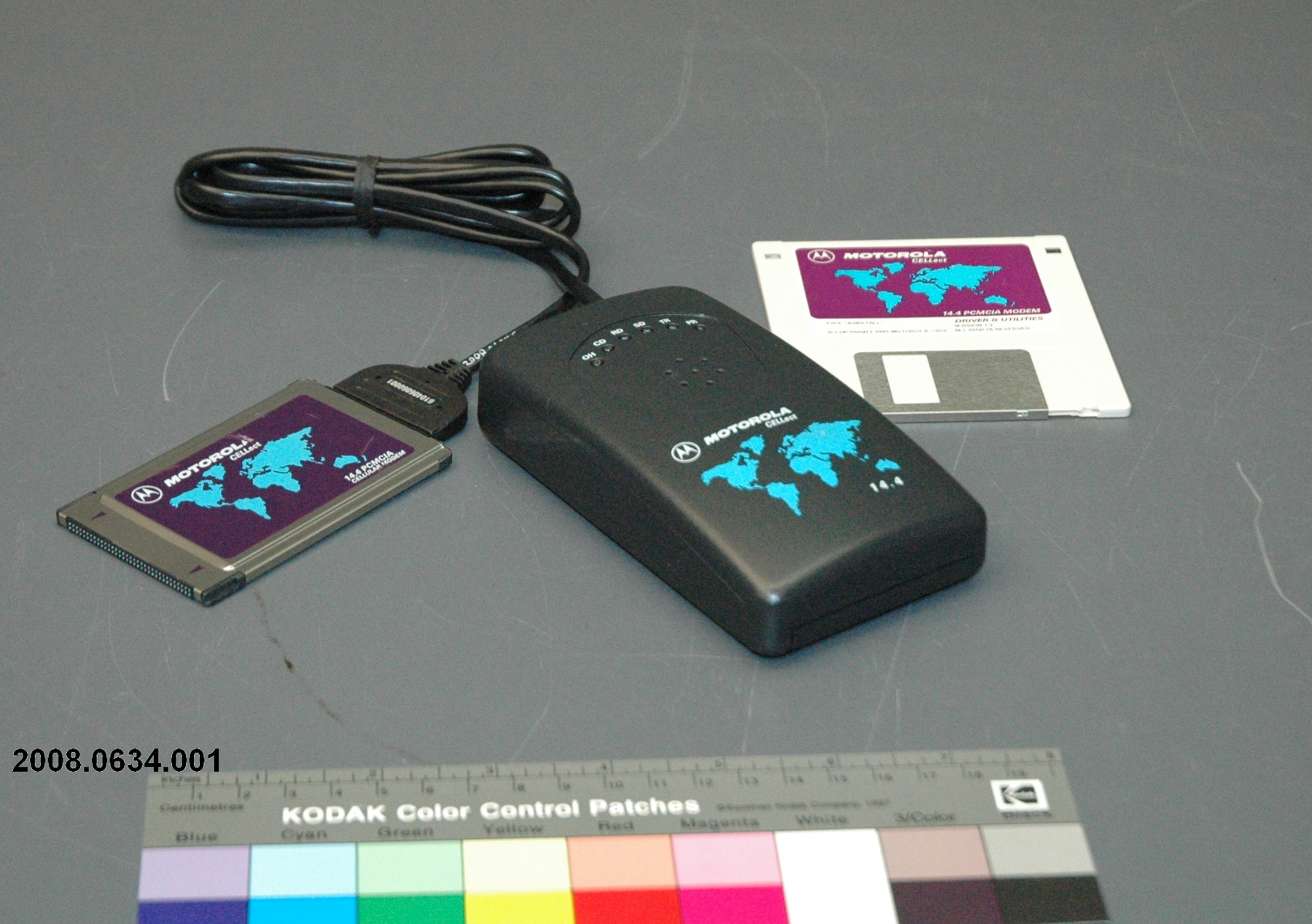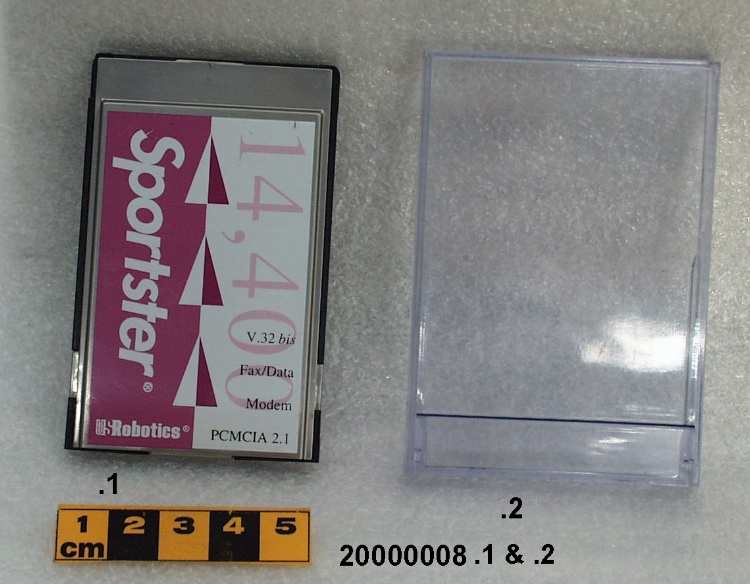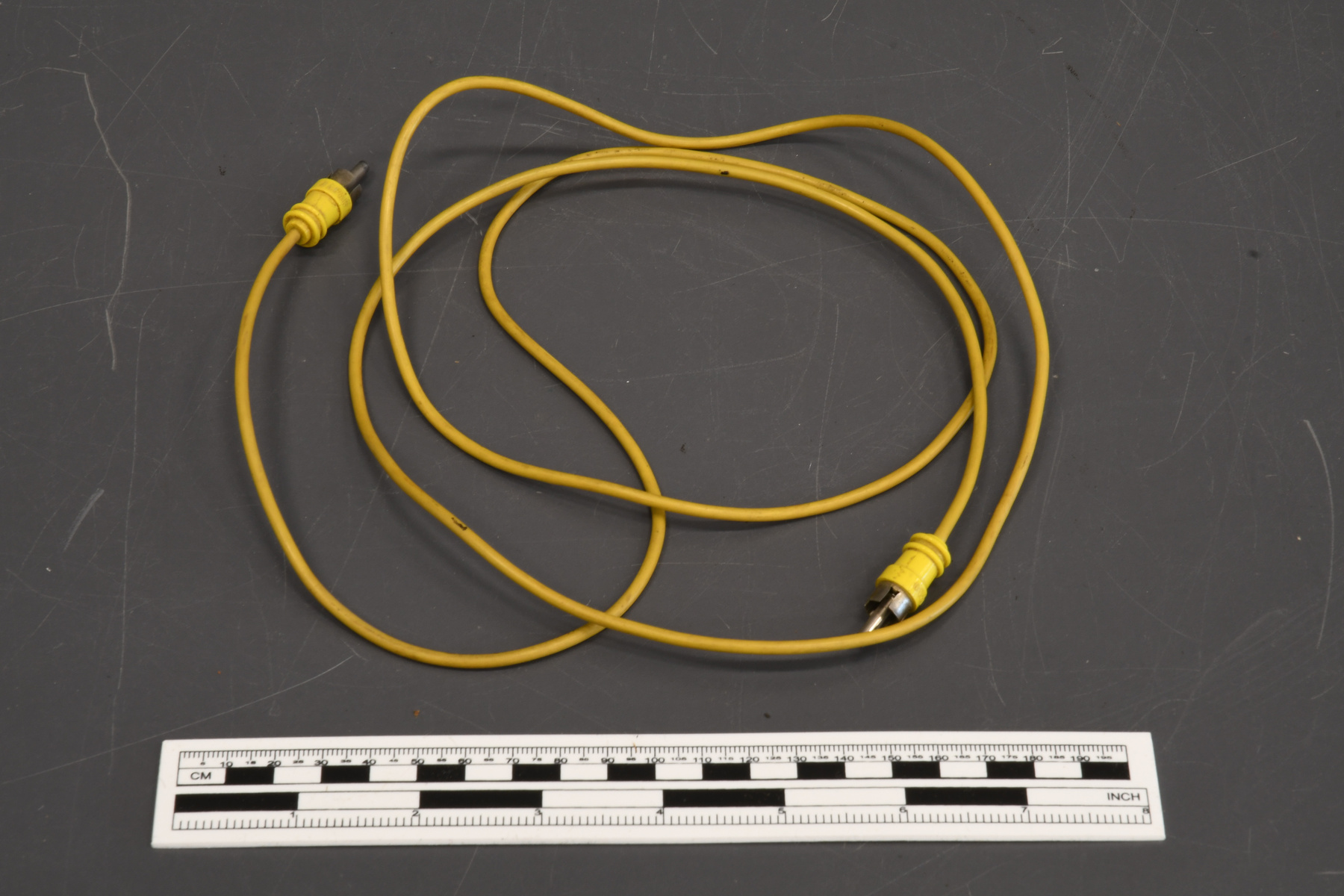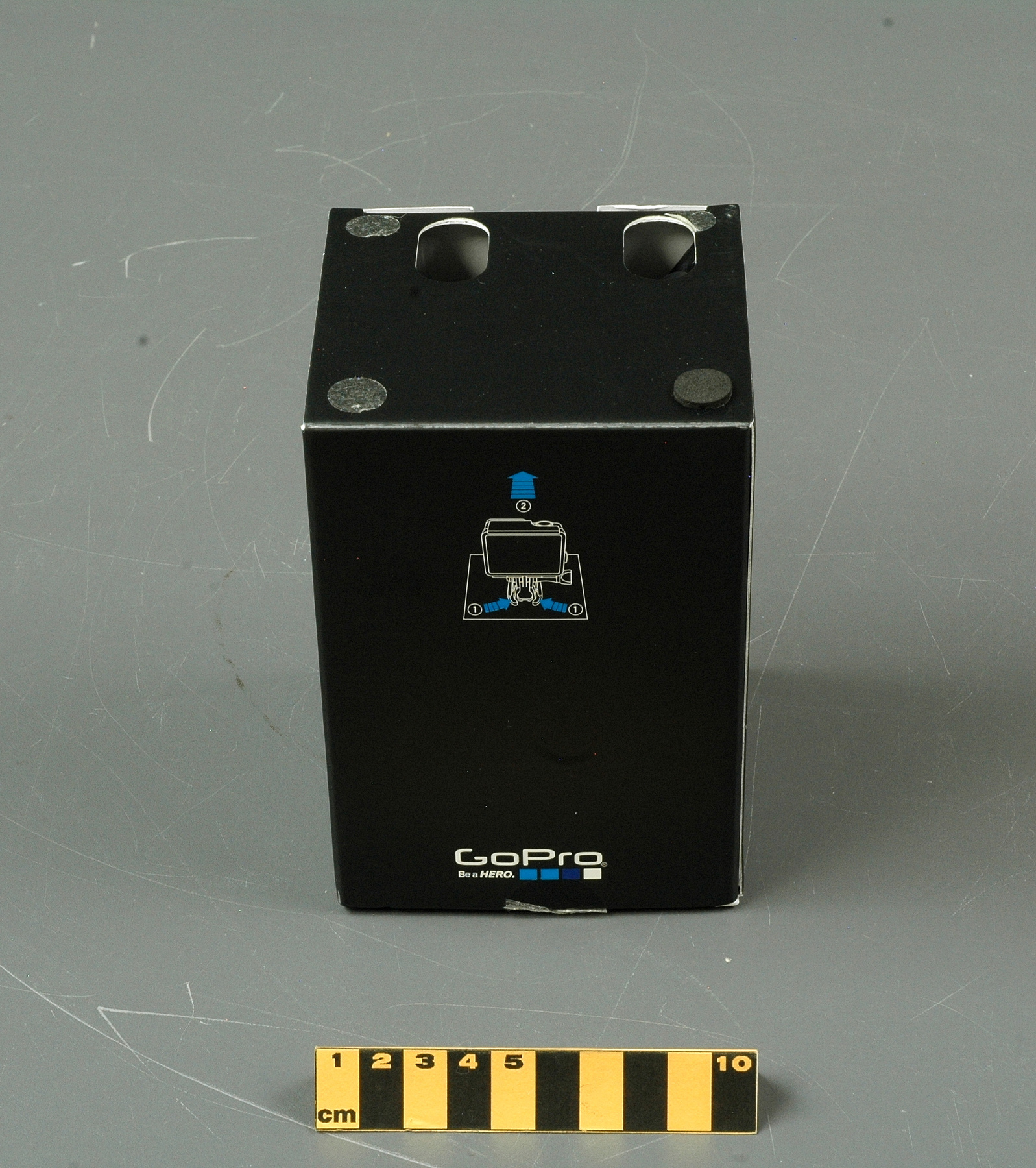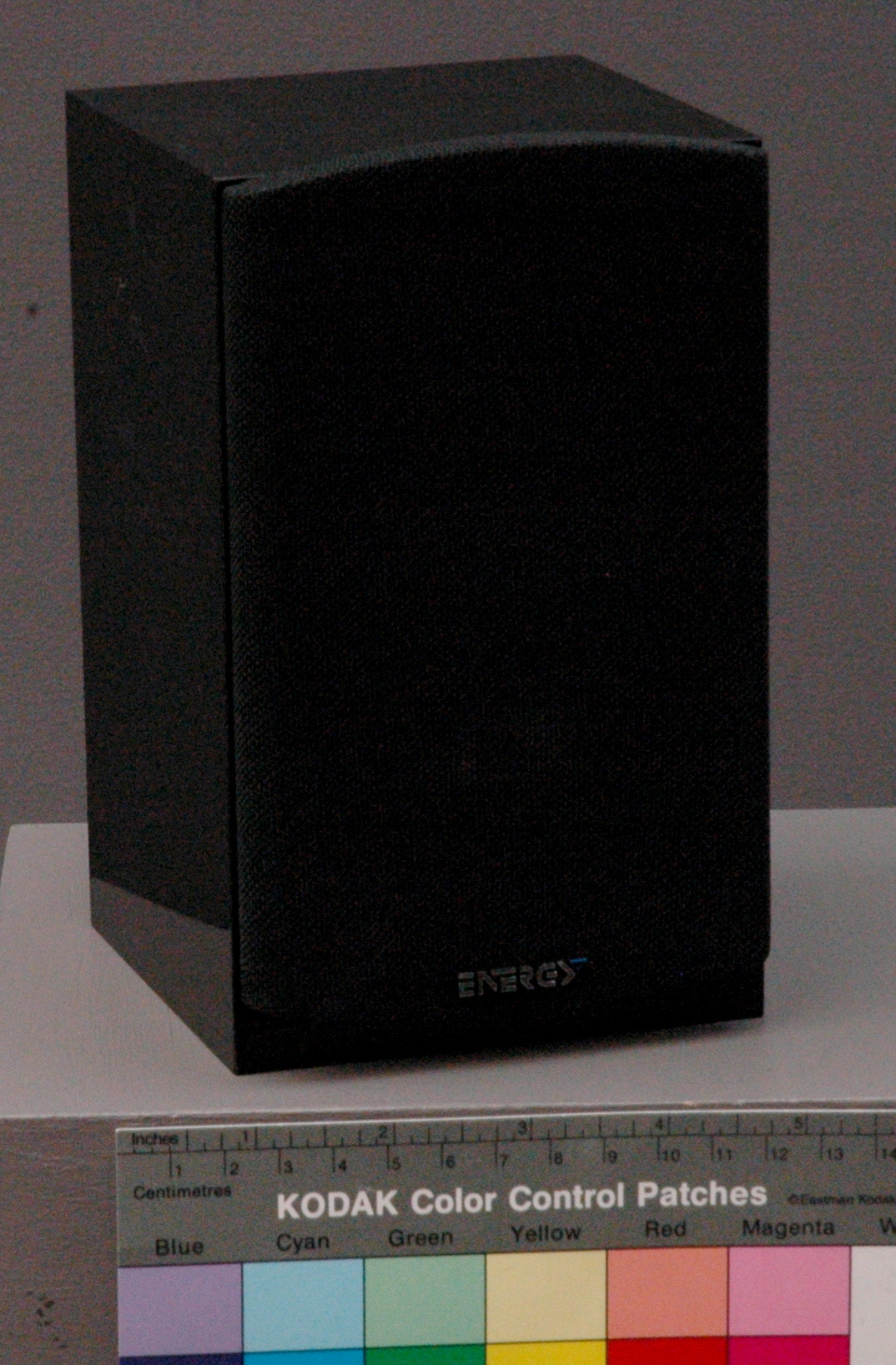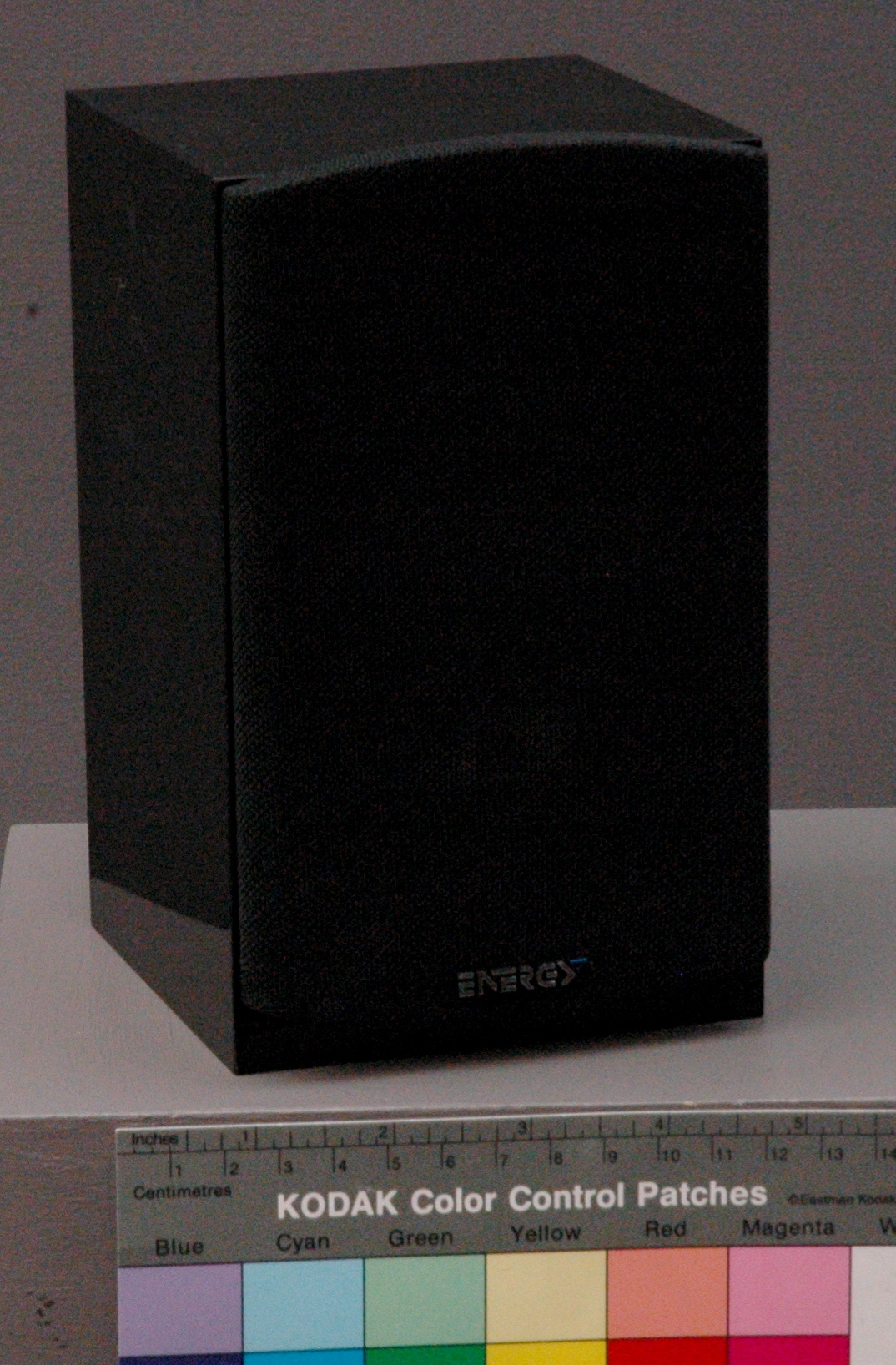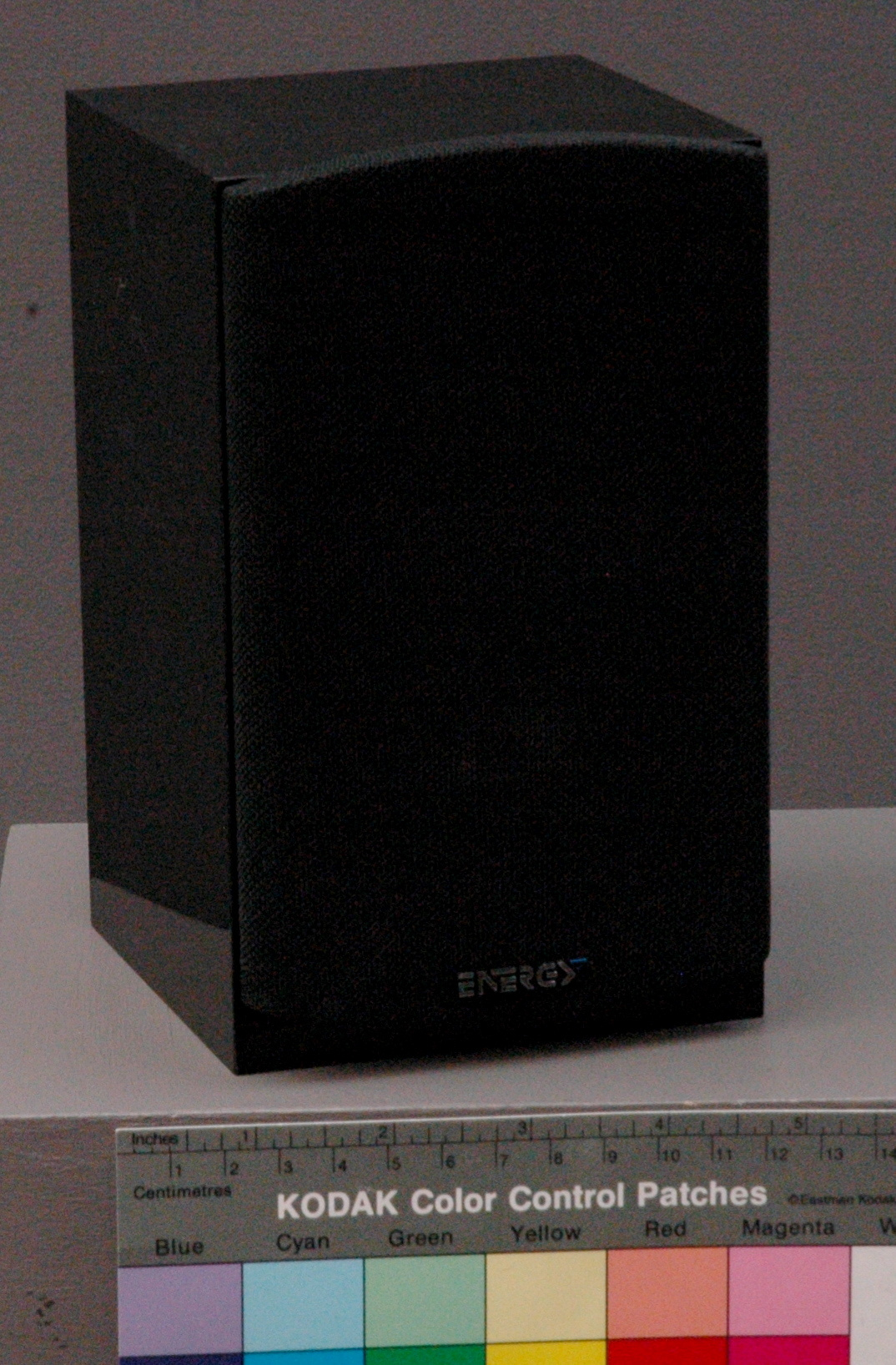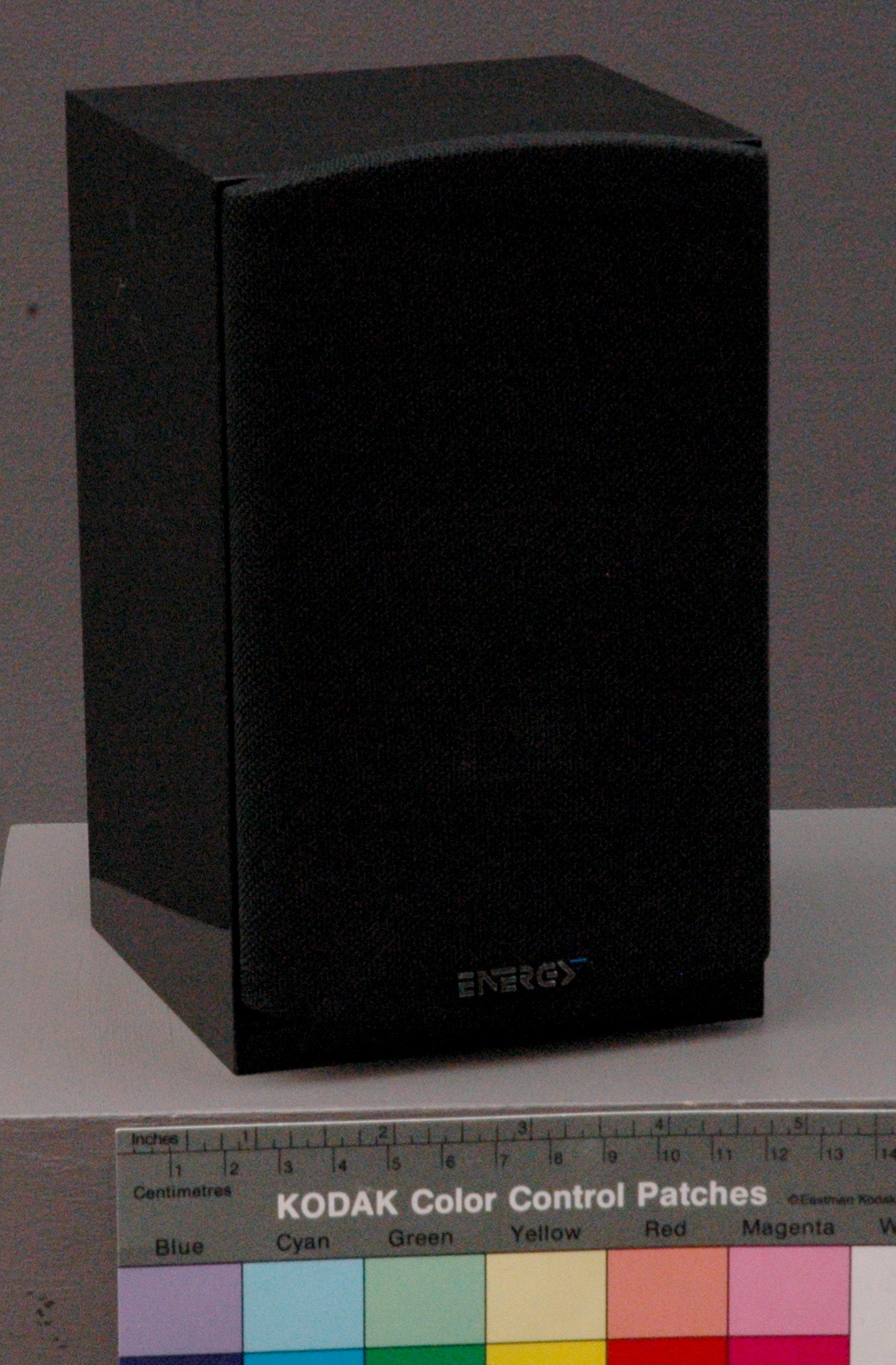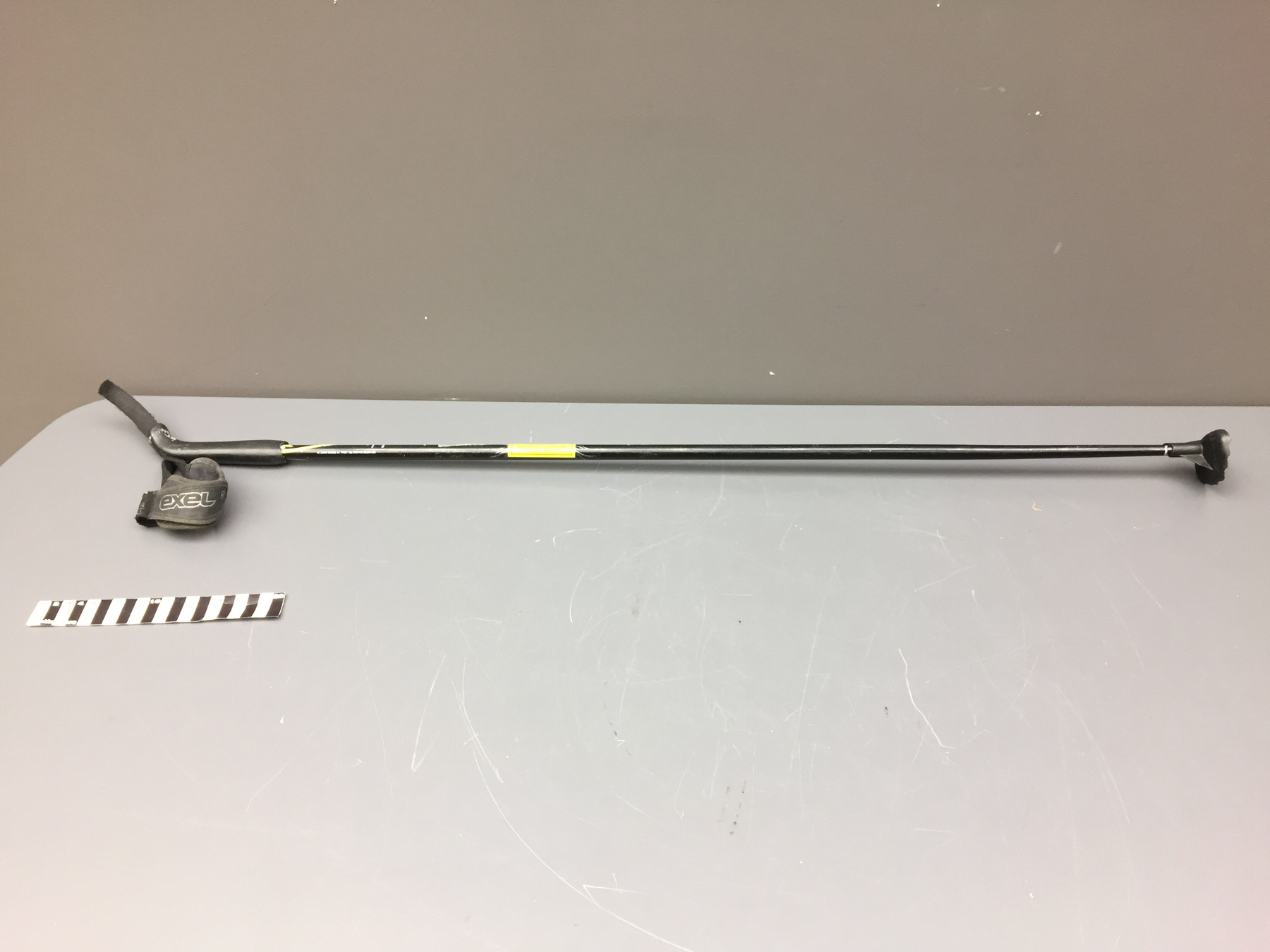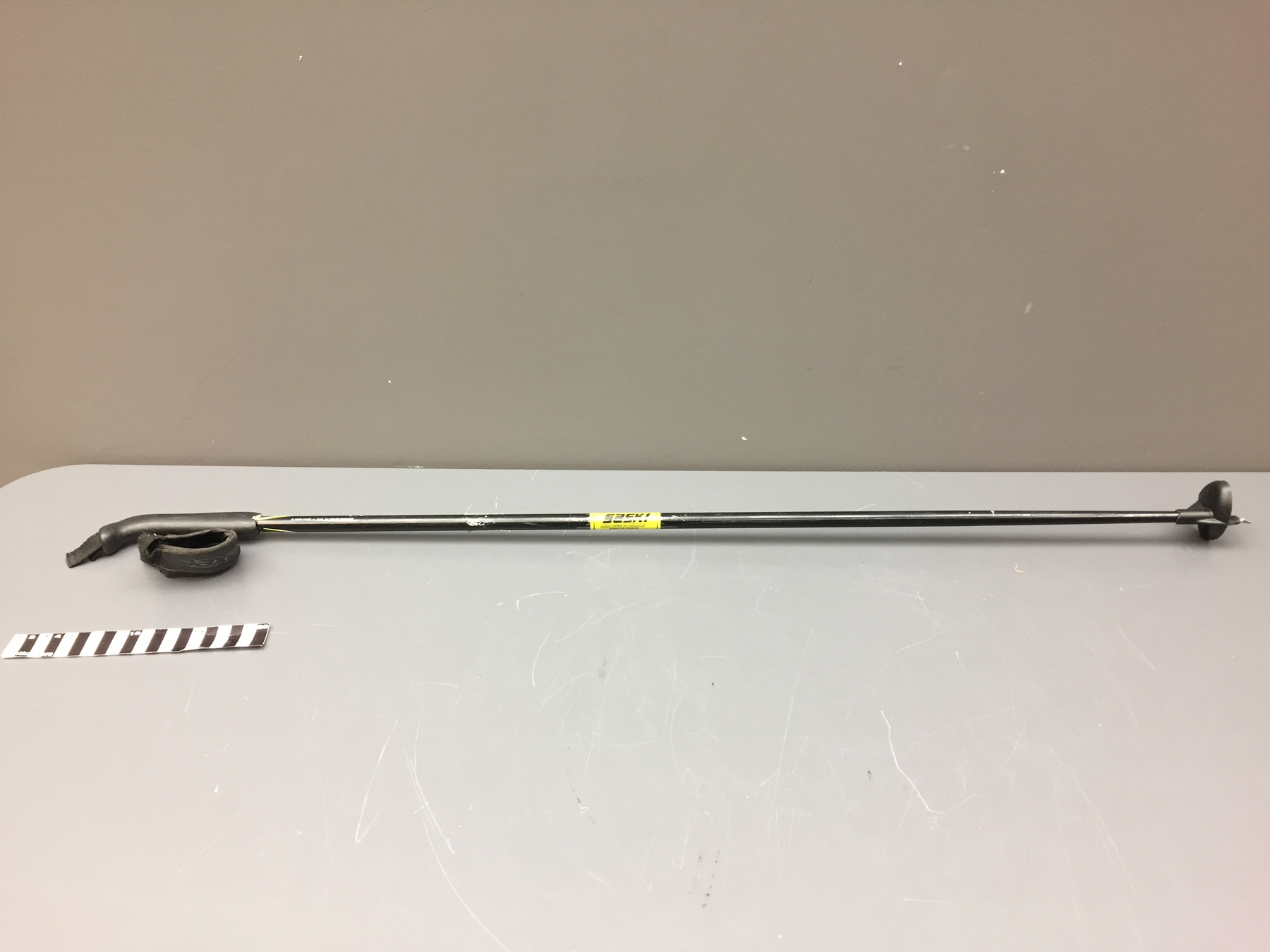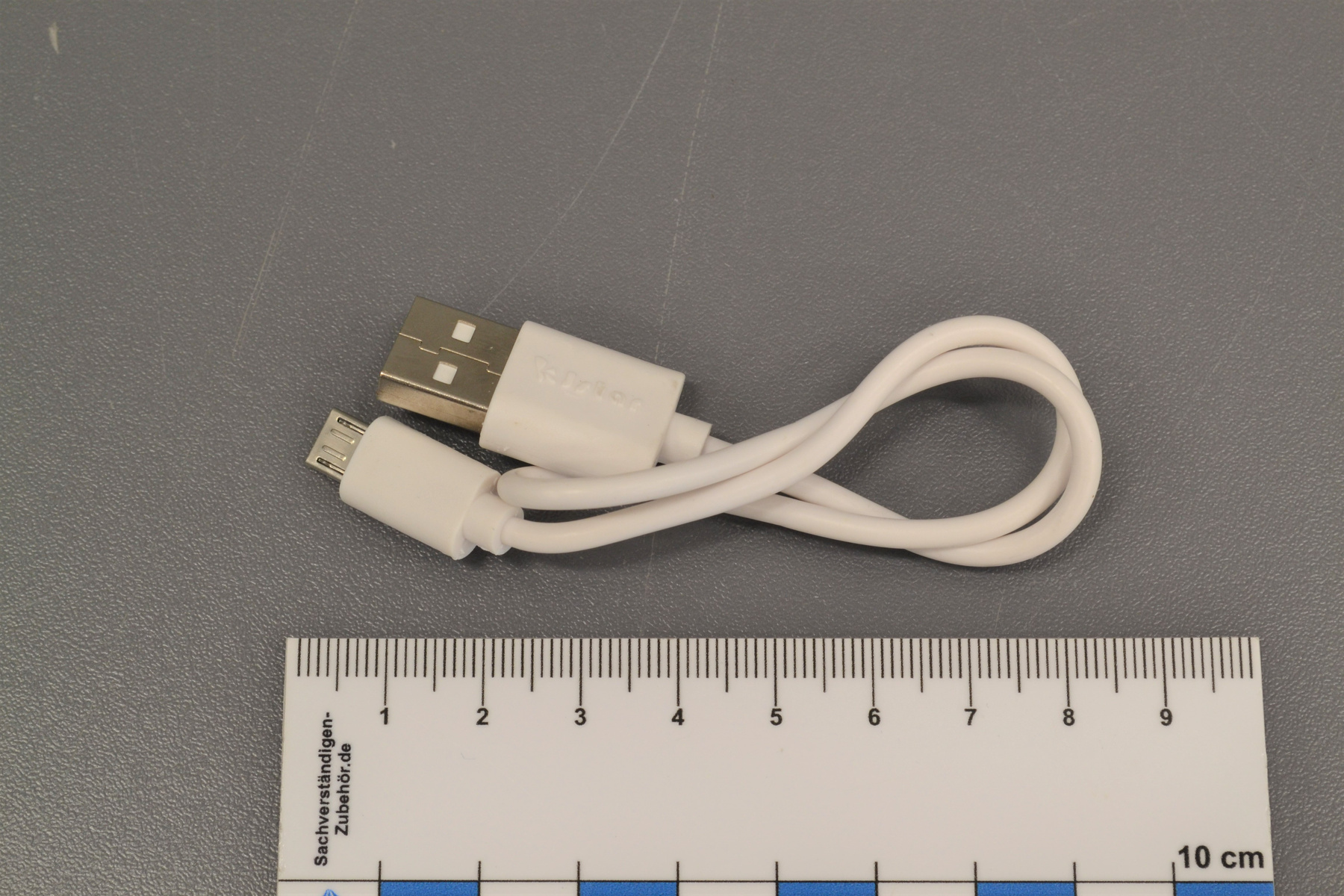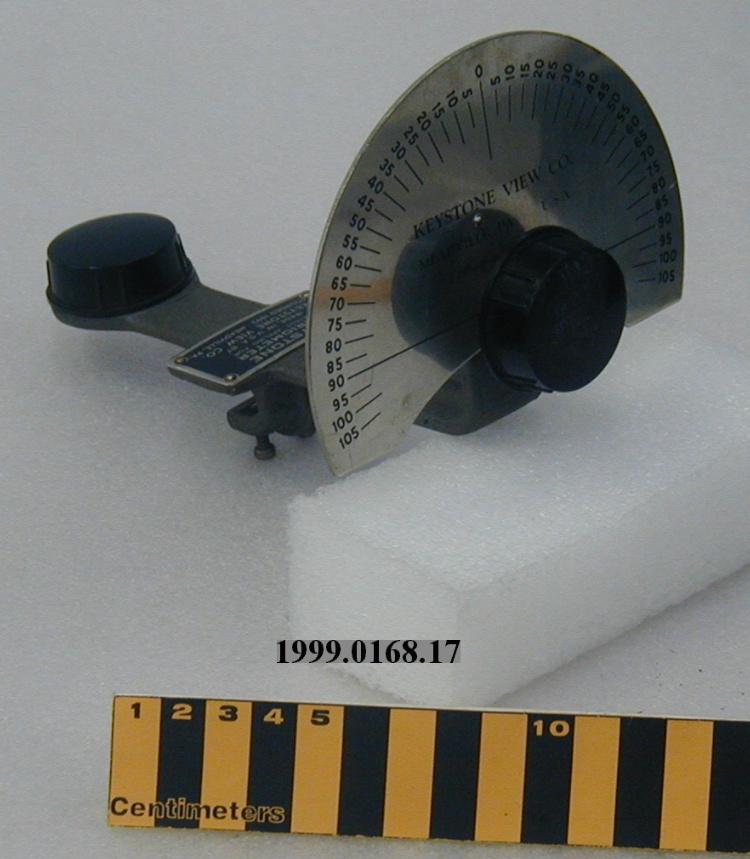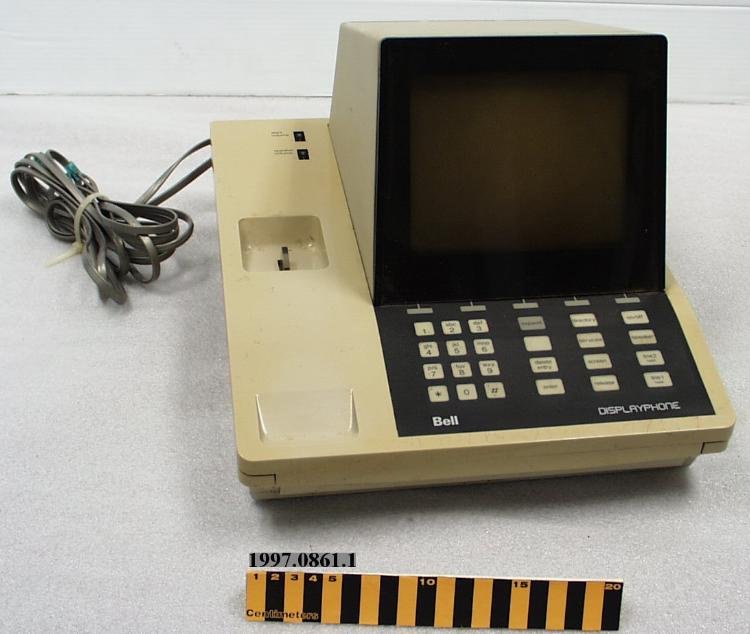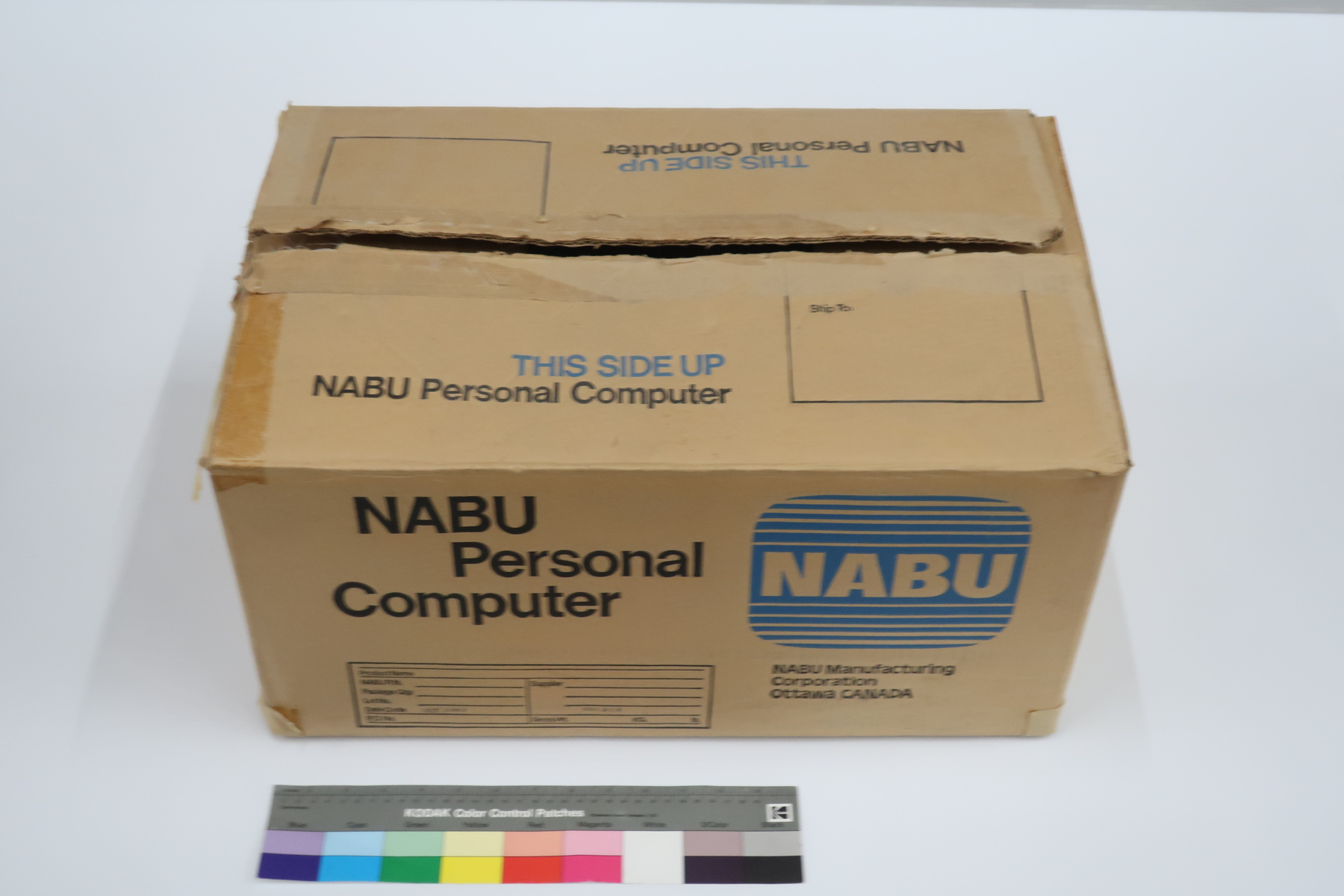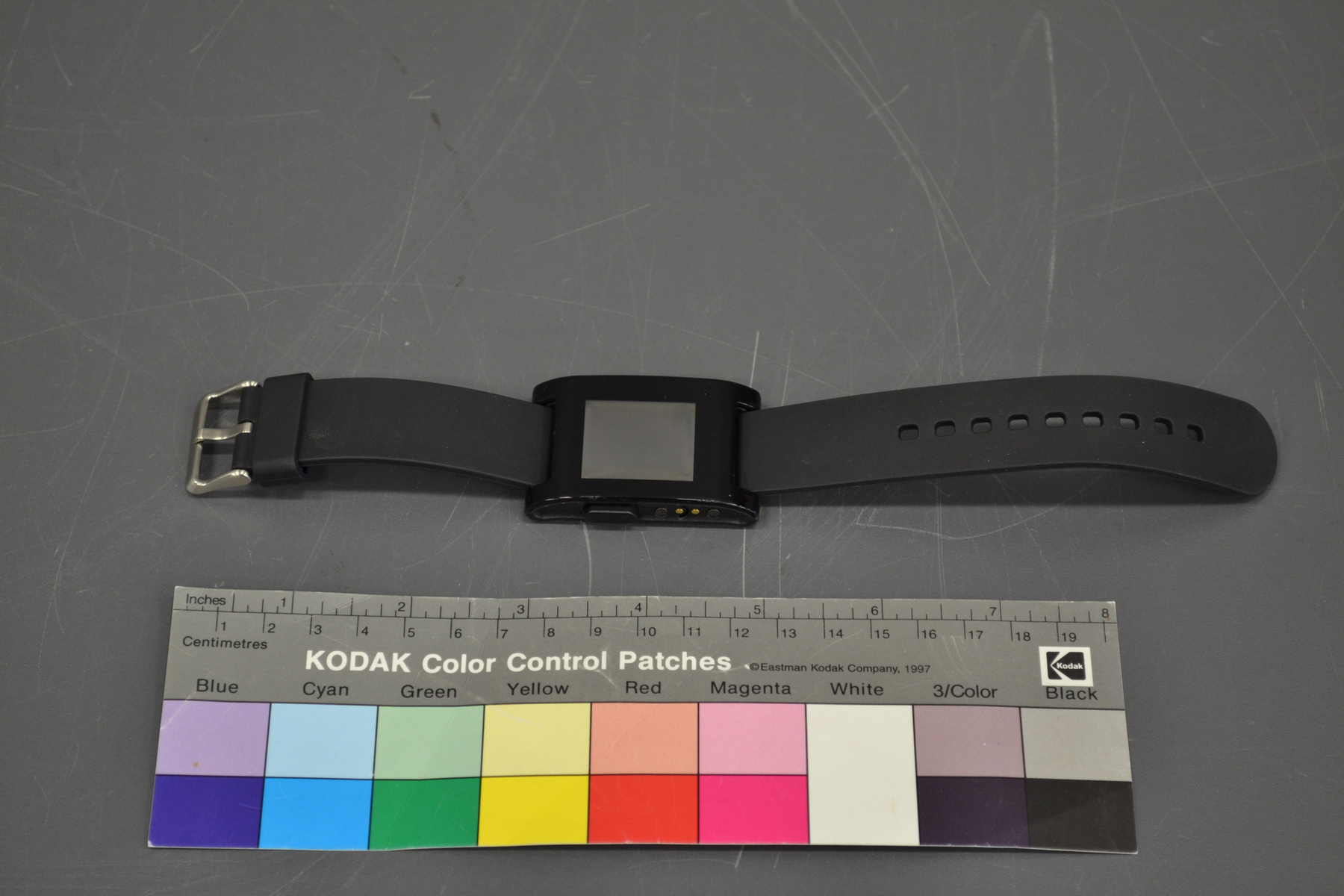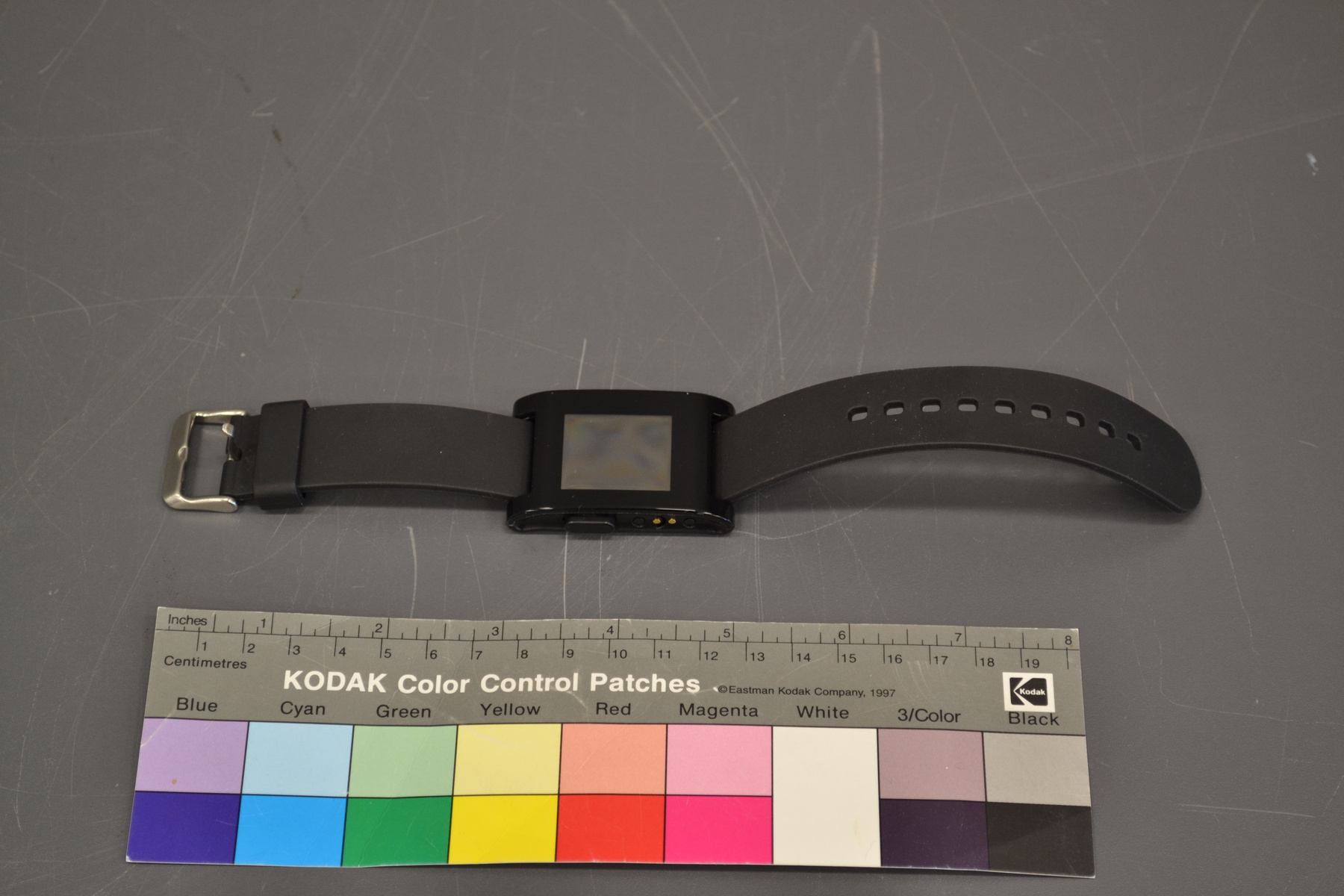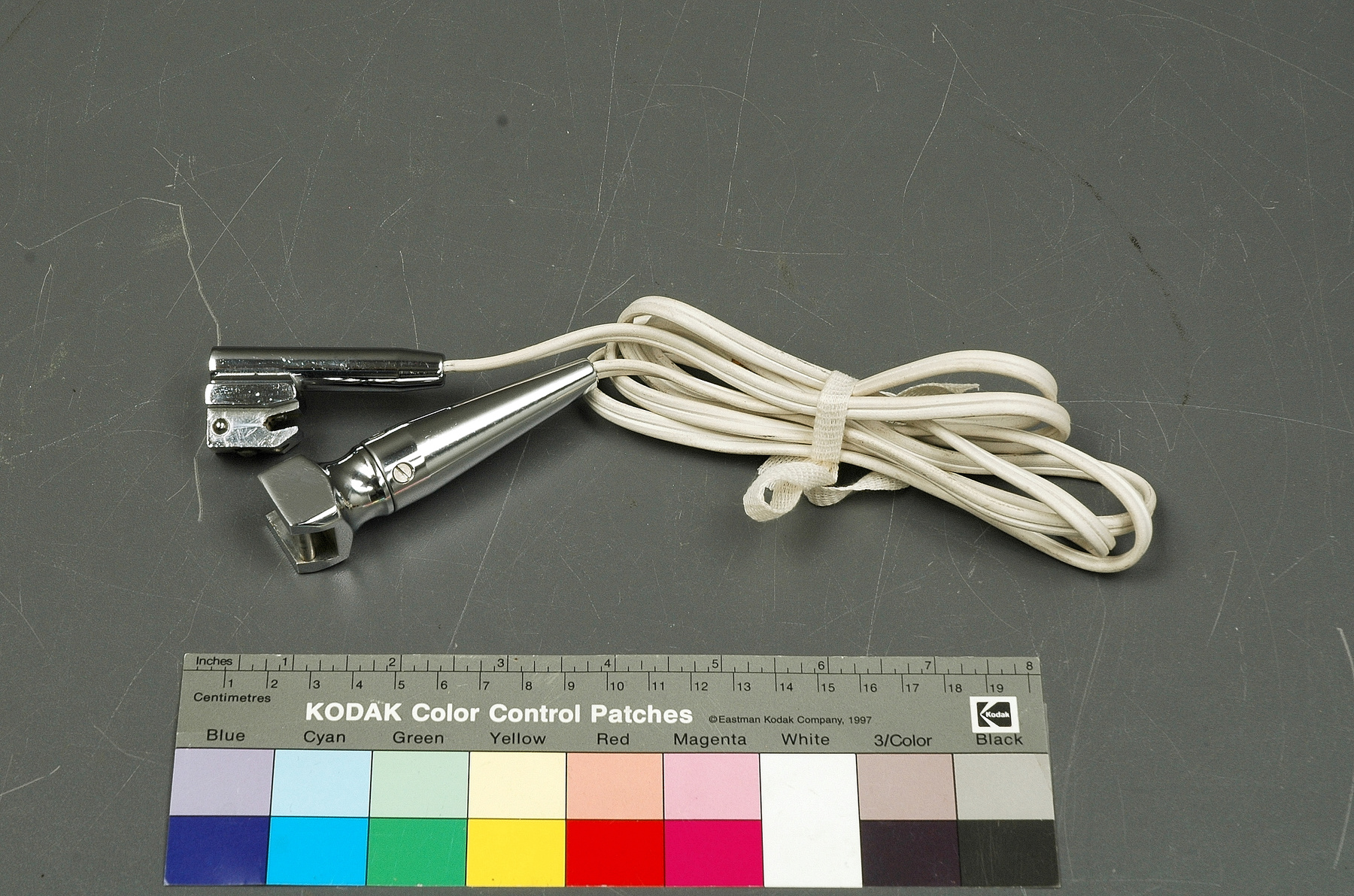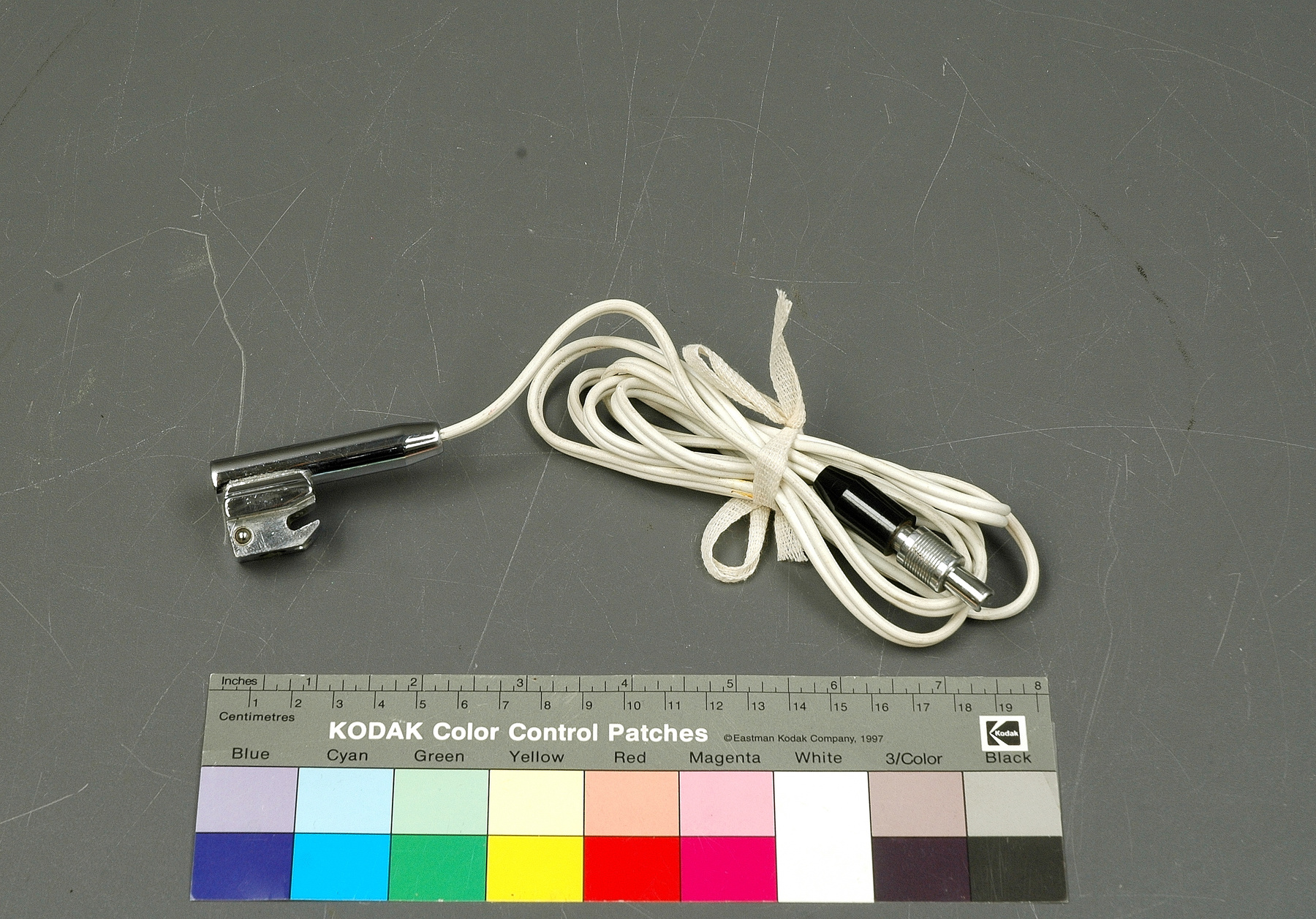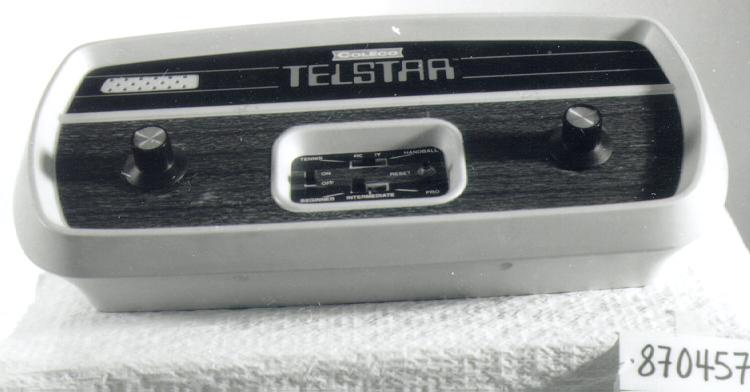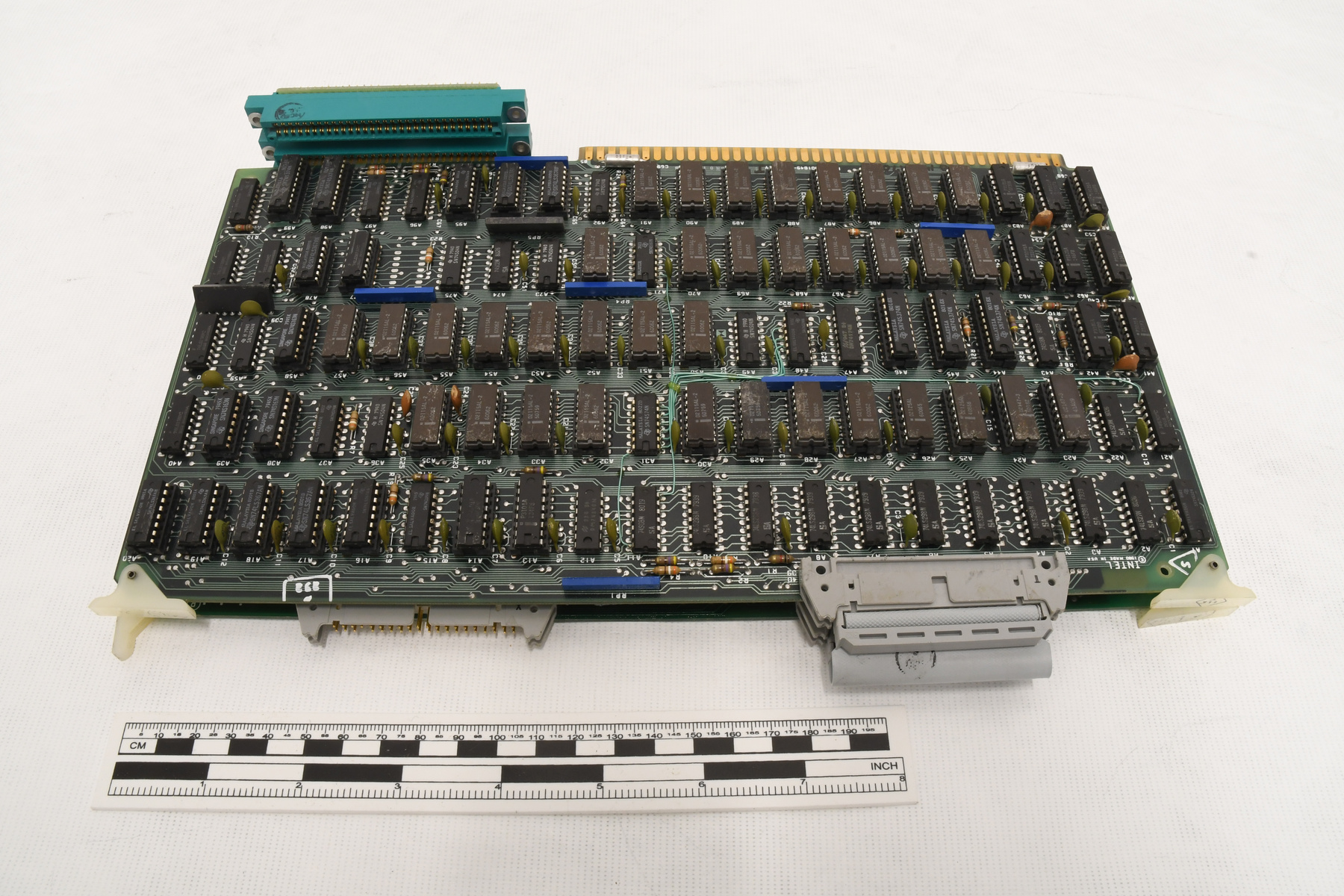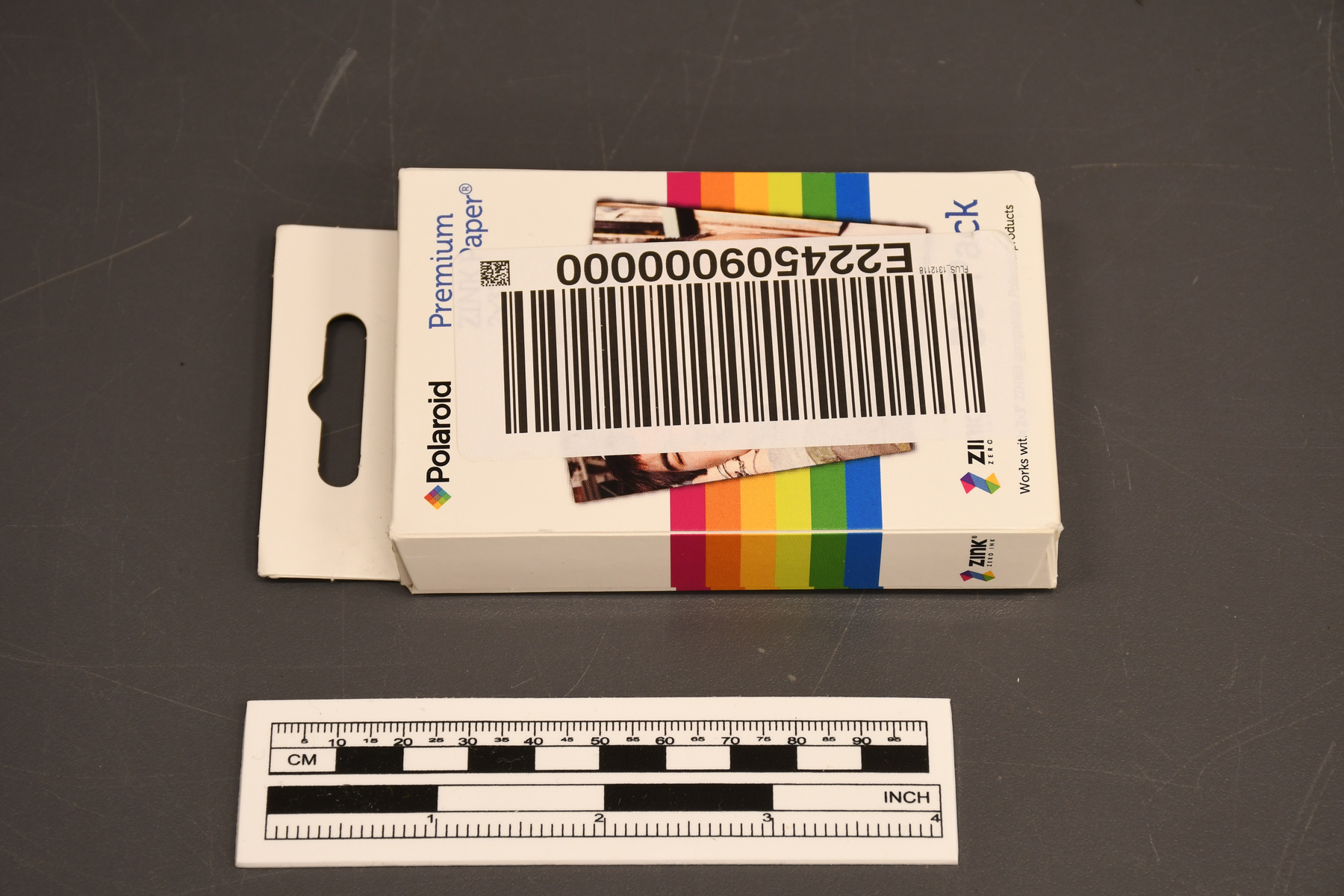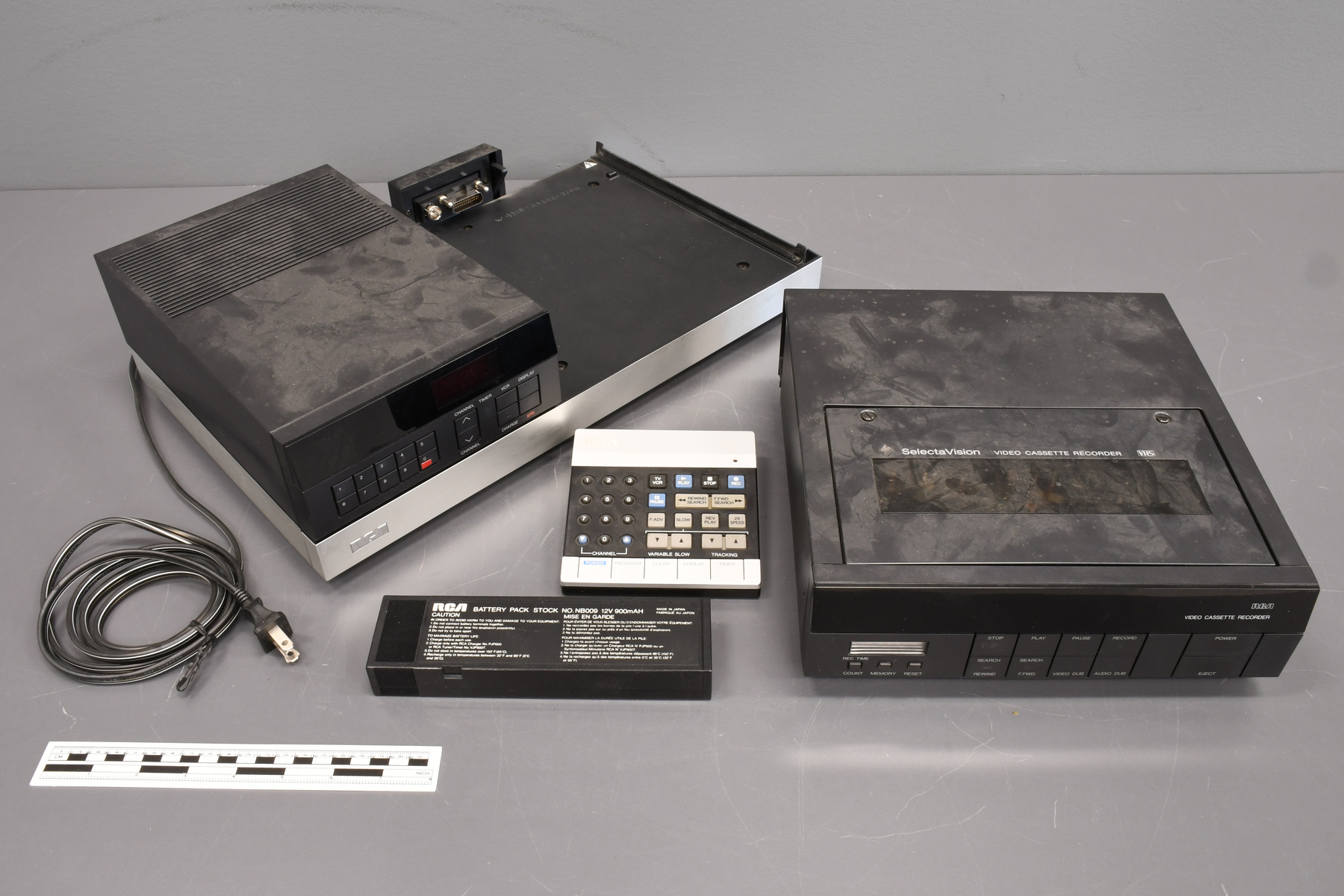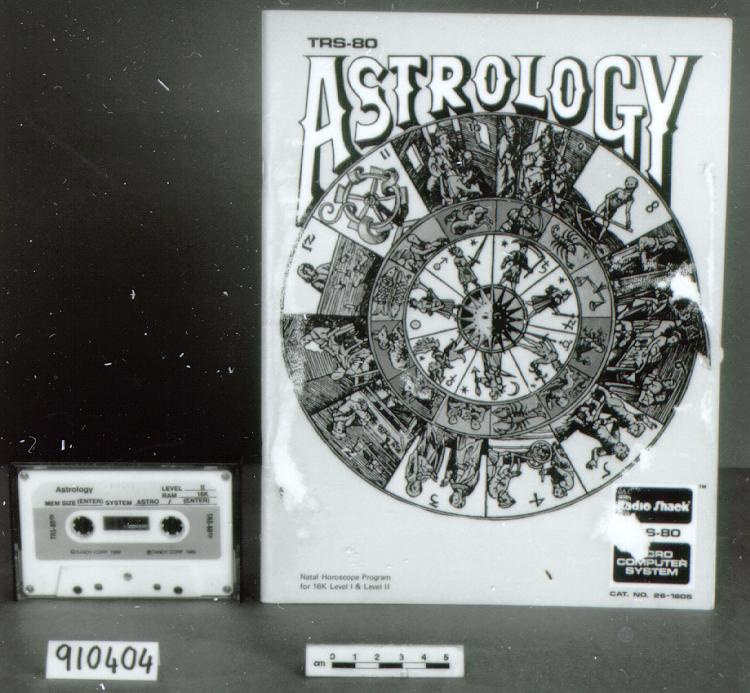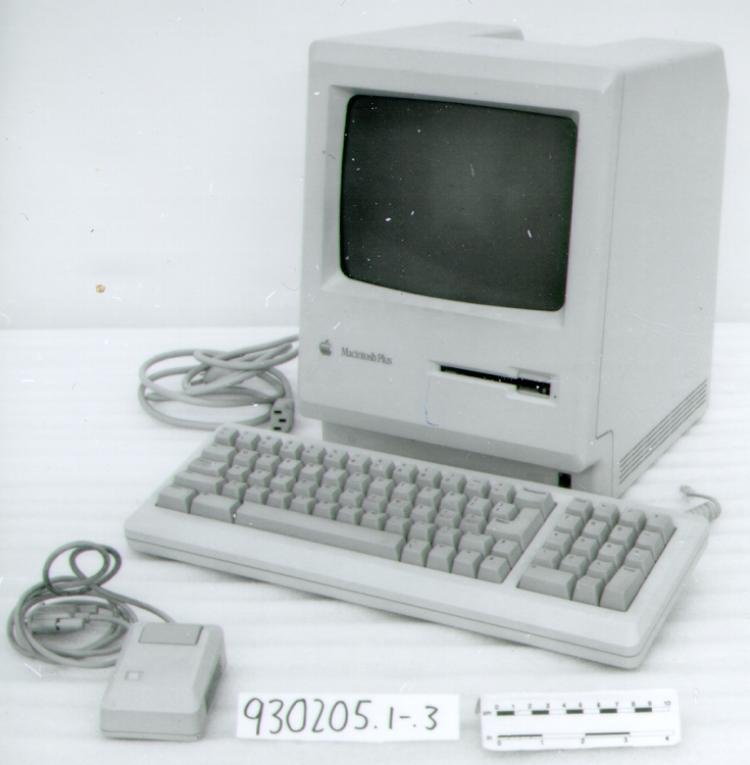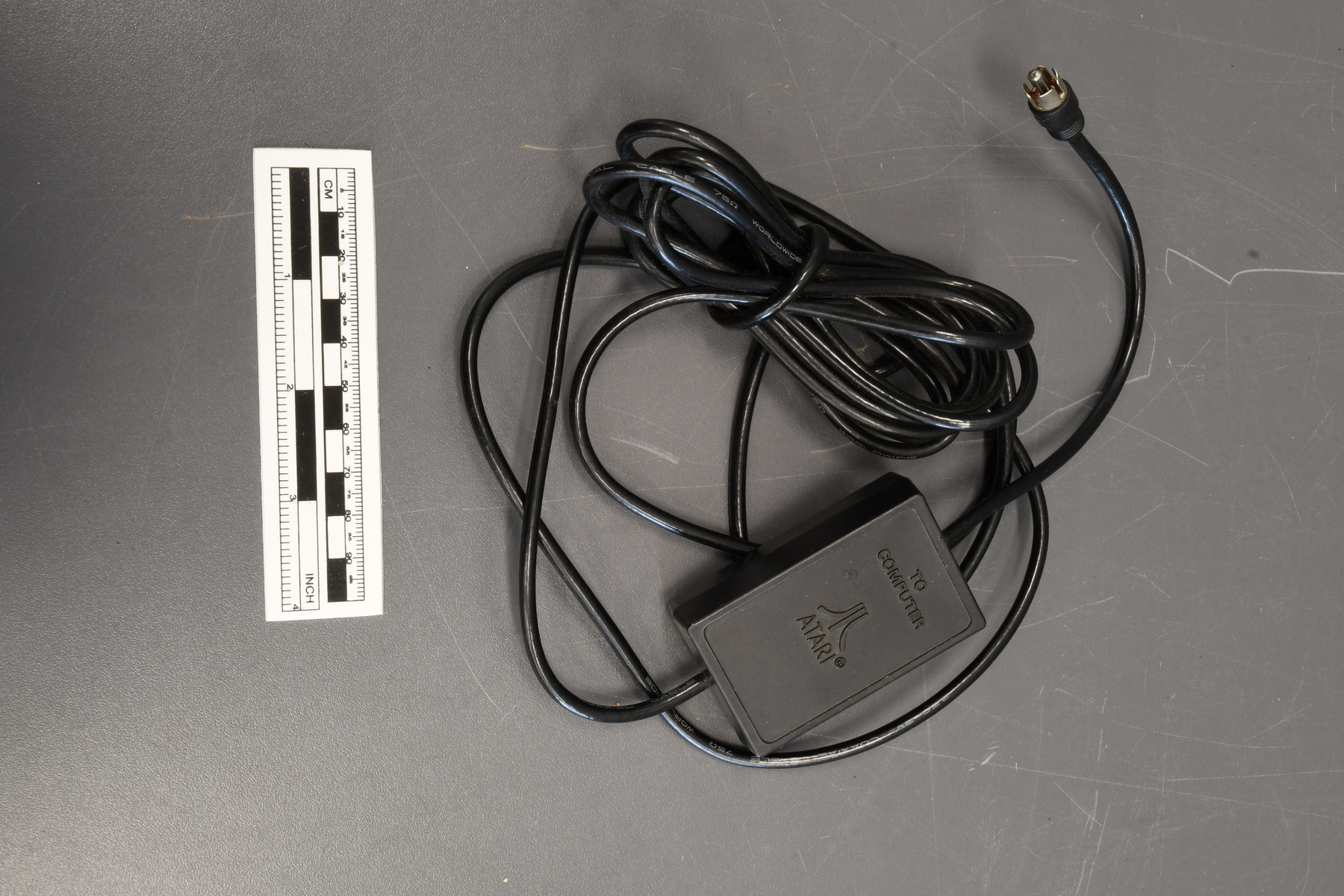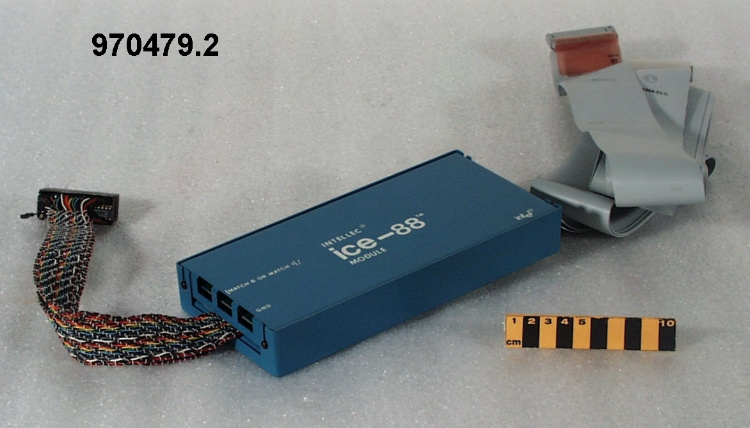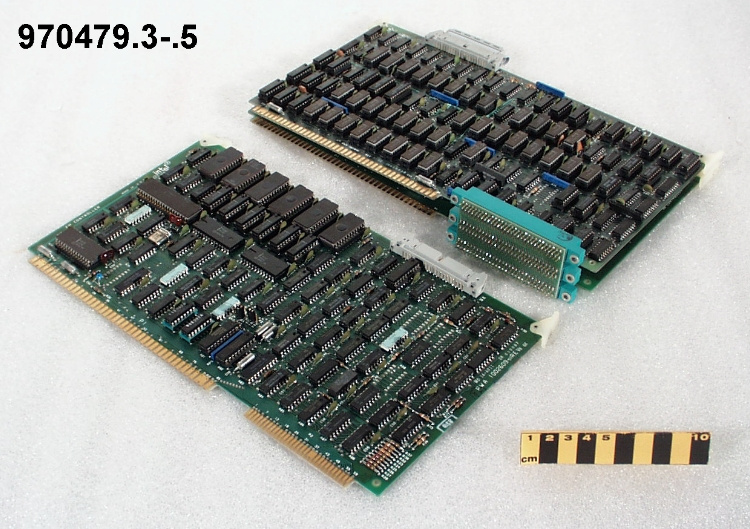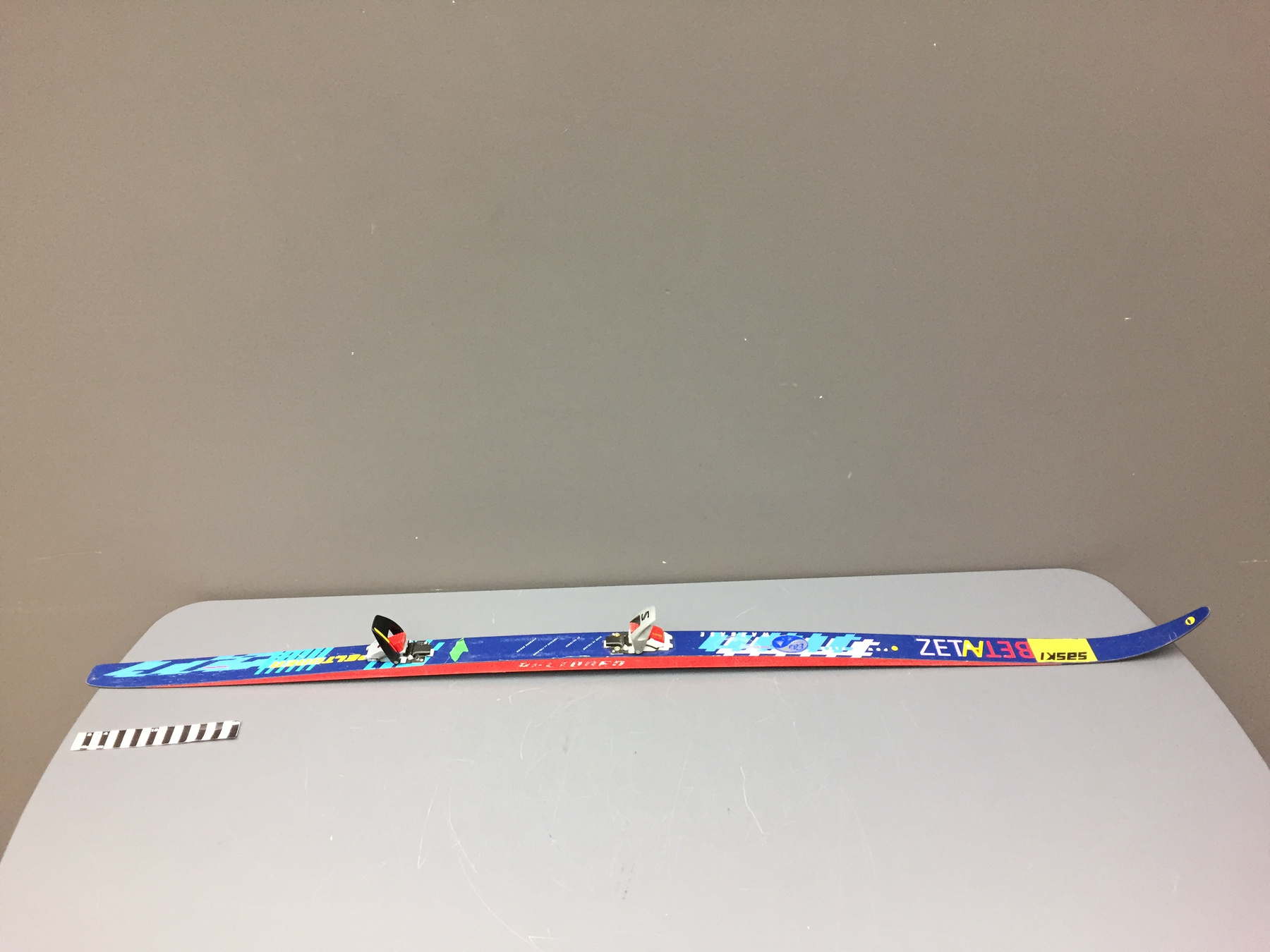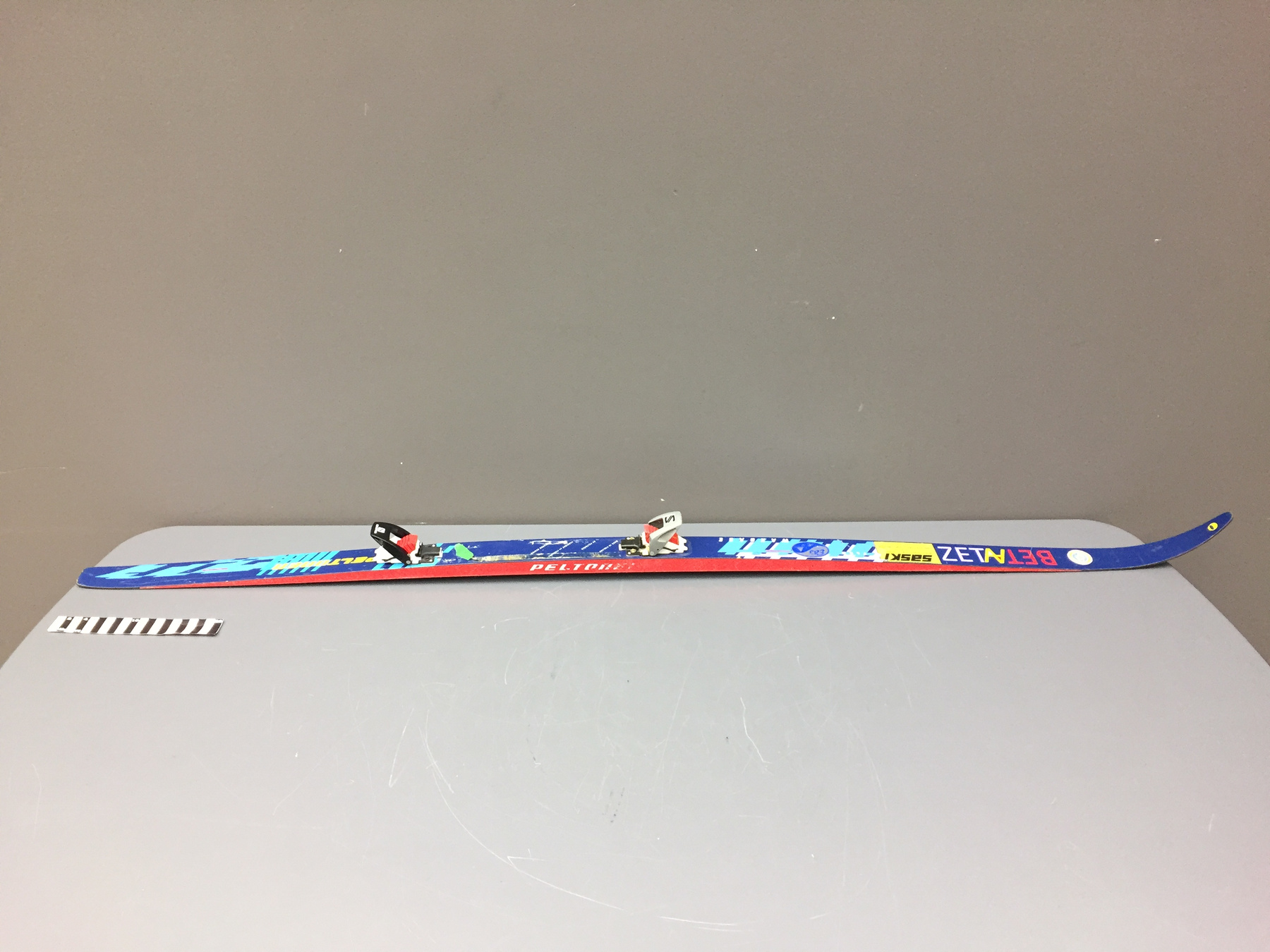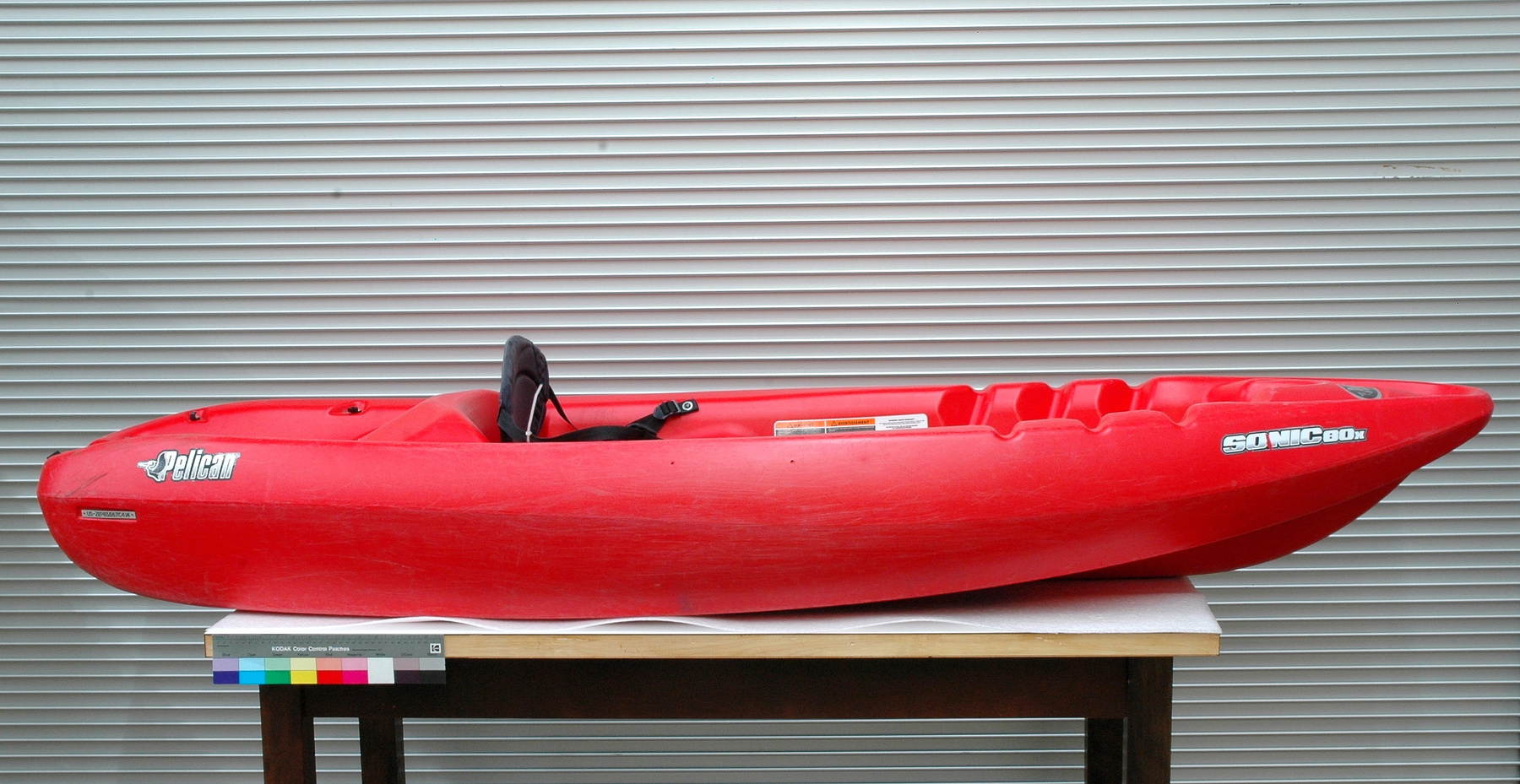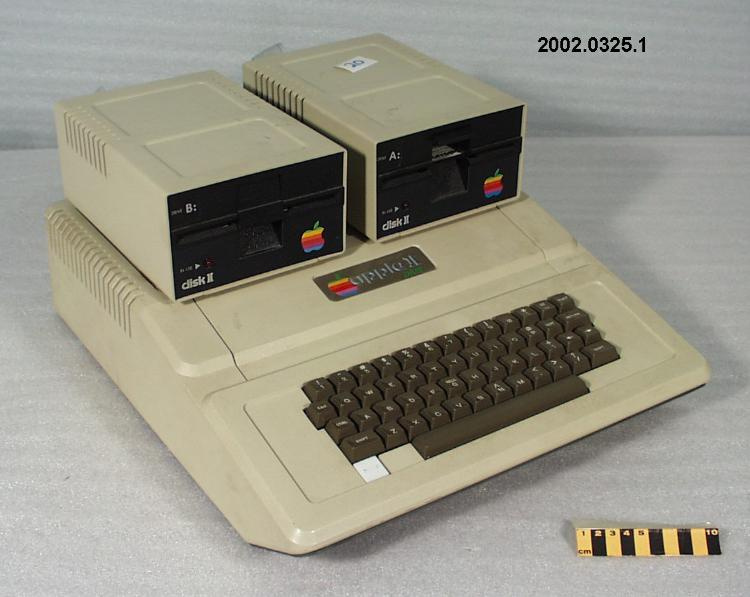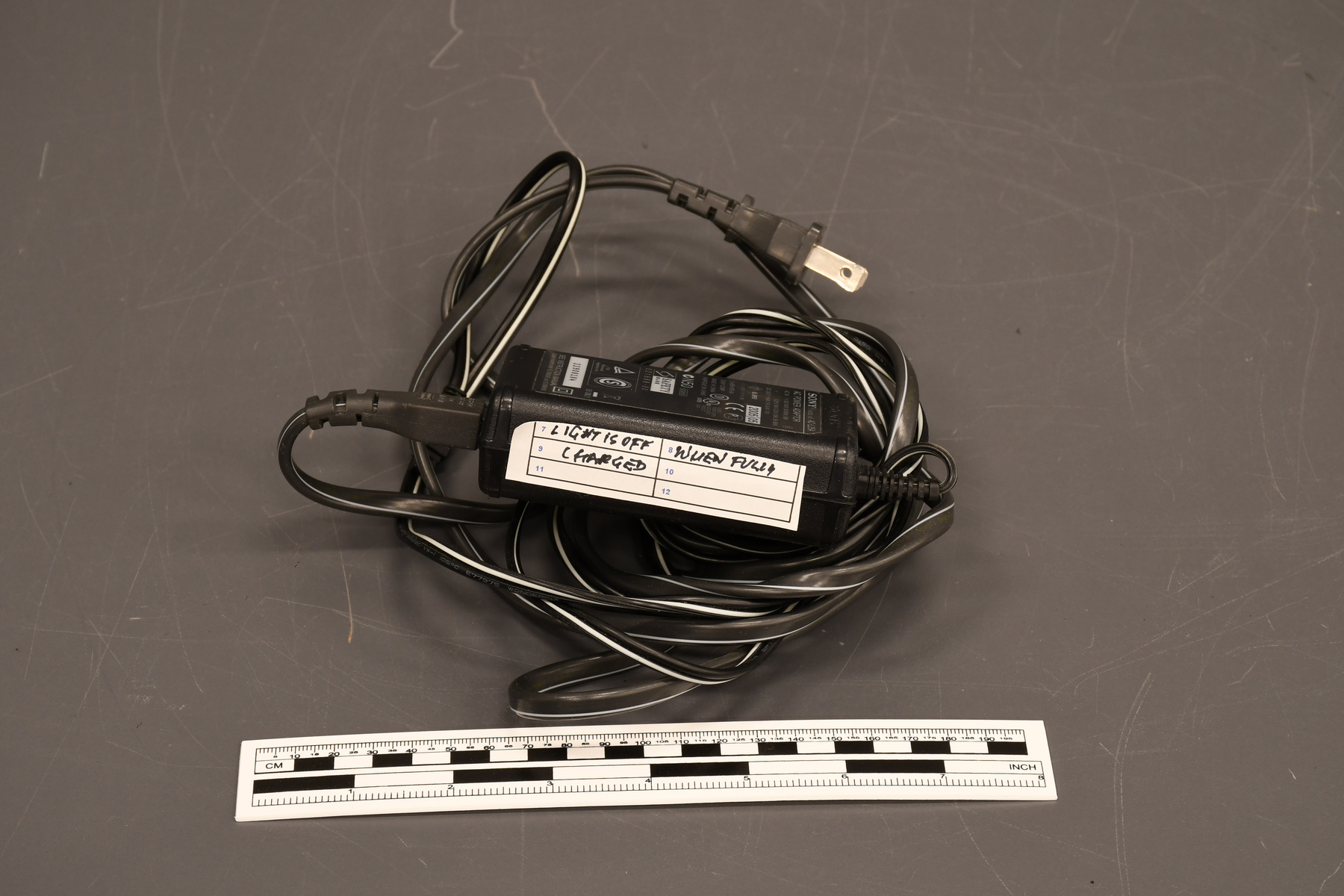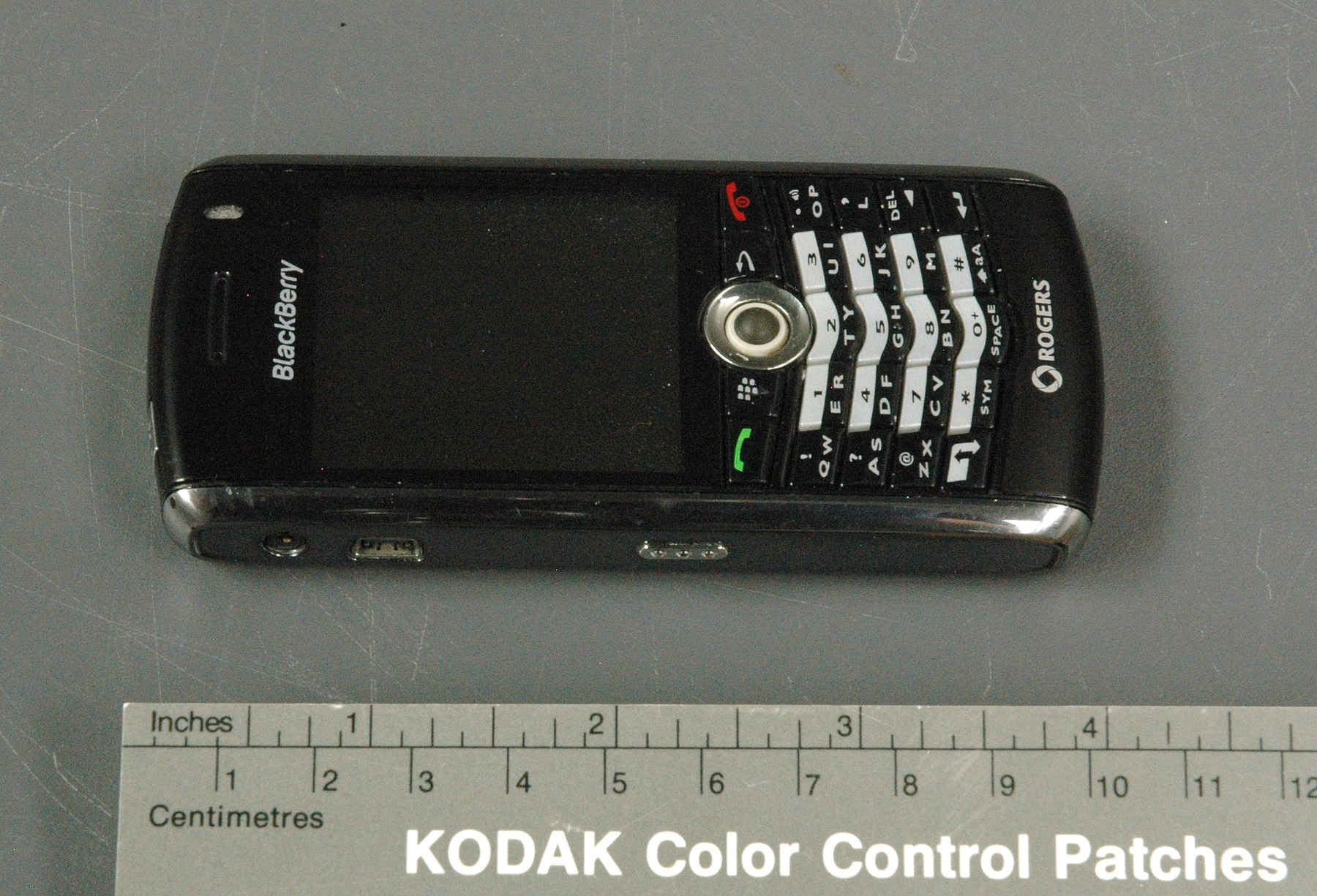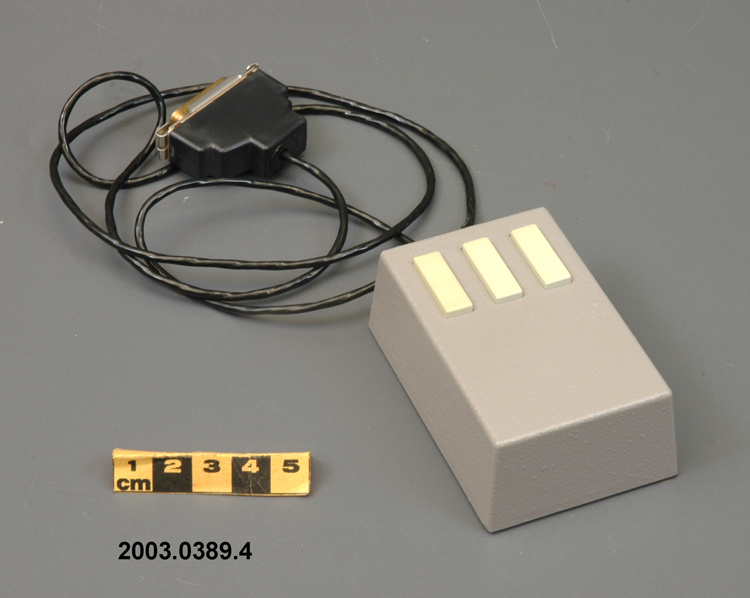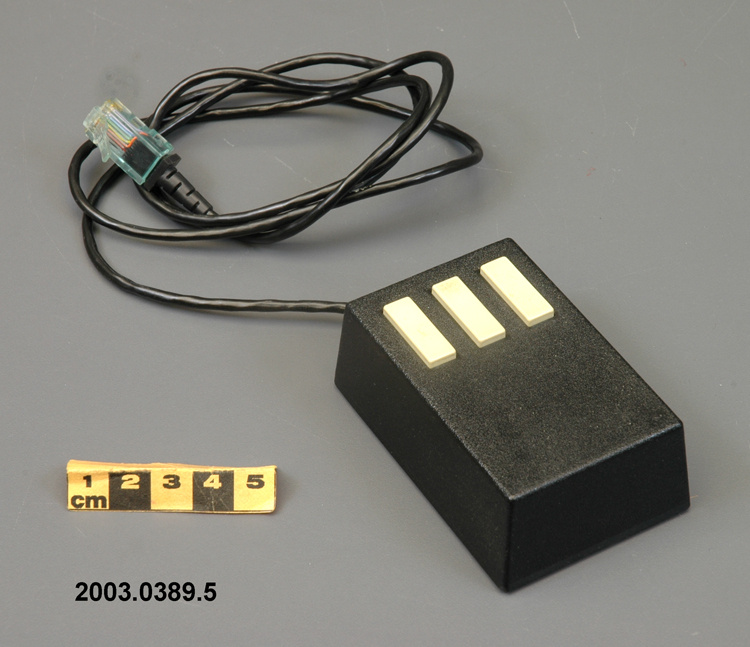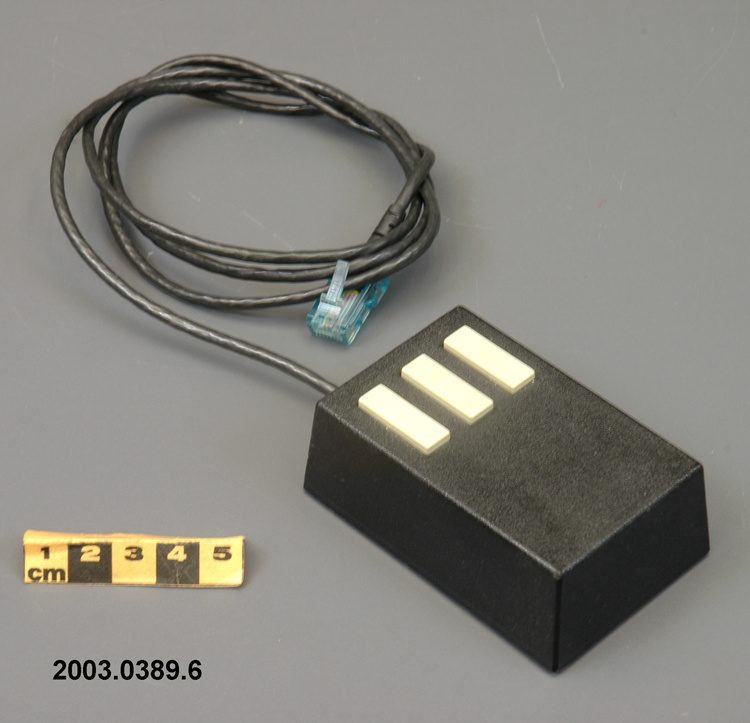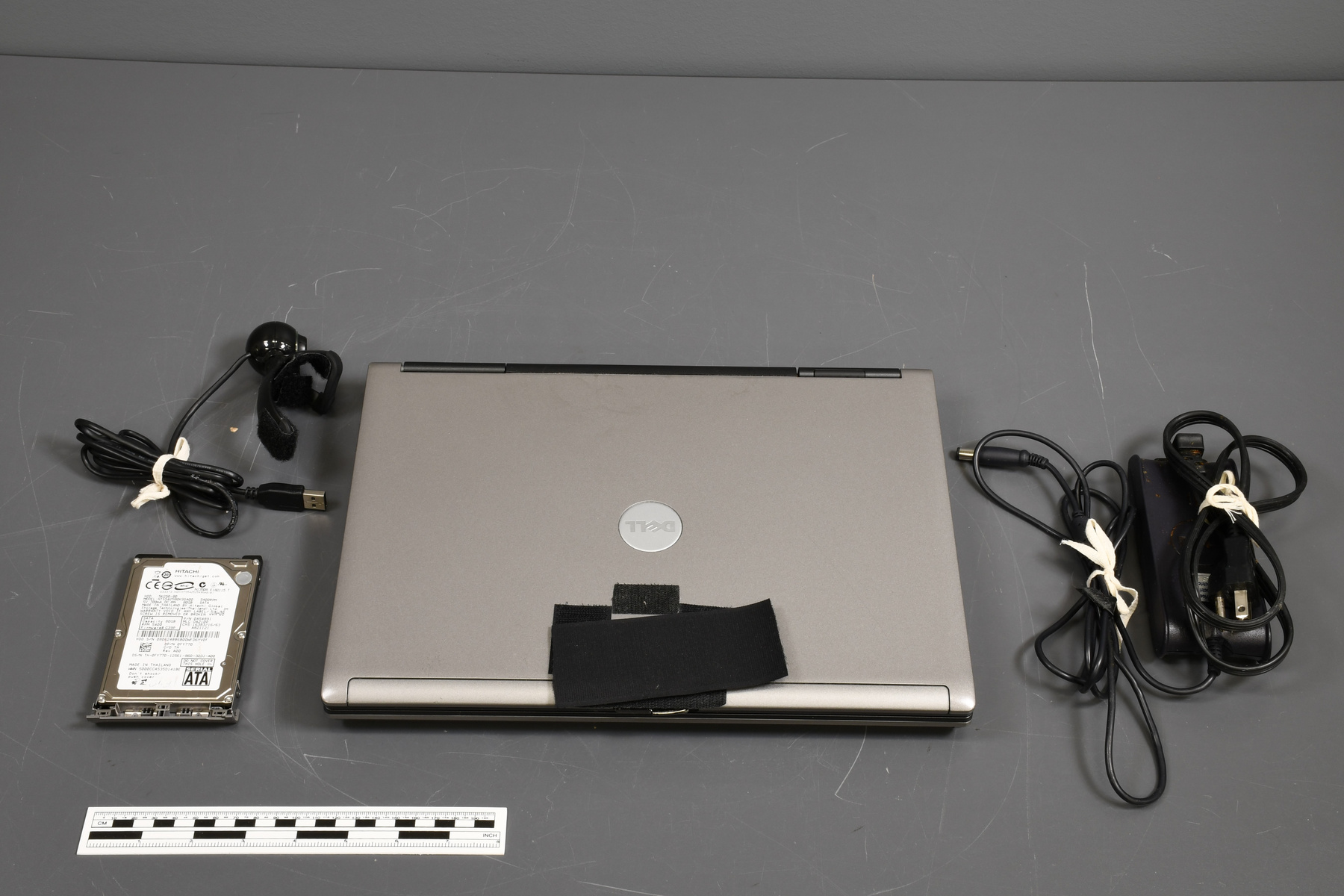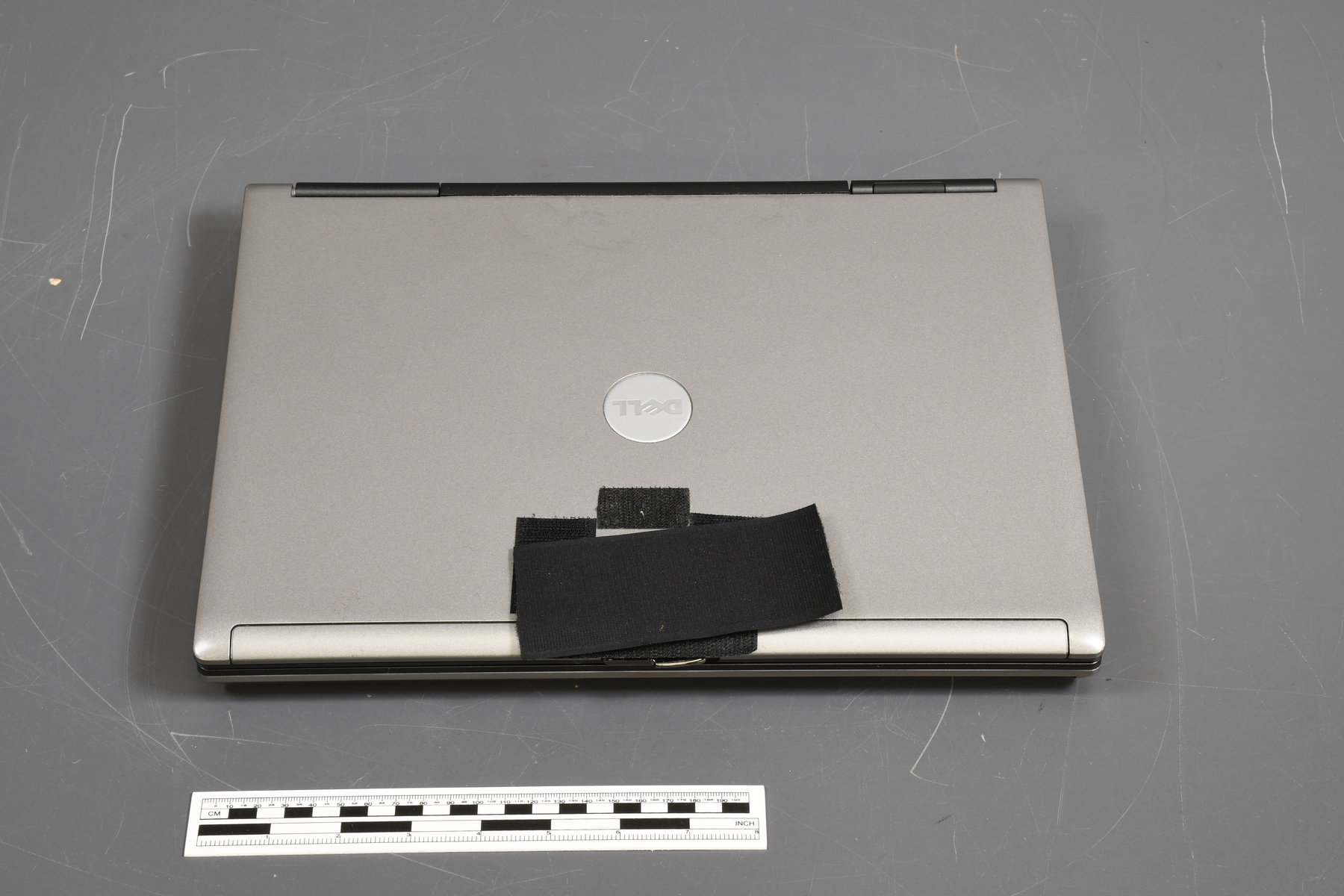Computer
Use this image
Can I reuse this image without permission? Yes
Object images on the Ingenium Collection’s portal have the following Creative Commons license:
Copyright Ingenium / CC BY-NC-ND (Attribution-NonCommercial 4.0 International (CC BY-NC 4.0)
ATTRIBUTE THIS IMAGE
Ingenium,
2015.0315.001
Permalink:
Ingenium is releasing this image under the Creative Commons licensing framework, and encourages downloading and reuse for non-commercial purposes. Please acknowledge Ingenium and cite the artifact number.
DOWNLOAD IMAGEPURCHASE THIS IMAGE
This image is free for non-commercial use.
For commercial use, please consult our Reproduction Fees and contact us to purchase the image.
- OBJECT TYPE
- portable/laptop
- DATE
- 2007
- ARTIFACT NUMBER
- 2015.0315.001
- MANUFACTURER
- Unknown
- MODEL
- Latitude D630/PP18L
- LOCATION
- Unknown
More Information
General Information
- Serial #
- 1G866F1
- Part Number
- 1
- Total Parts
- 5
- AKA
- N/A
- Patents
- N/A
- General Description
- Synthetic casing, keys and other components, metal electrical components. Extérieur synthetique avec pièces en métal.
Dimensions
Note: These reflect the general size for storage and are not necessarily representative of the object's true dimensions.
- Length
- 33.8 cm
- Width
- 24.0 cm
- Height
- 3.6 cm
- Thickness
- N/A
- Weight
- N/A
- Diameter
- N/A
- Volume
- N/A
Lexicon
- Group
- Medical Technology
- Category
- Assistive technologies
- Sub-Category
- N/A
Manufacturer
- AKA
- Unknown
- Country
- Unknown
- State/Province
- Unknown
- City
- Unknown
Context
- Country
- Canada
- State/Province
- Ontario
- Period
- ca. 2007-2015
- Canada
-
The Historical Assessment on medicine entitled, “Technological Innovations in Canadian Medicine 1950 – 1980” defines disabilities as “affecting mobility, sensory systems, or the intellect.” The HA notes that Canada was one of the first nations to entrench equal rights for people with disabilities, in the Charter of Rights and Freedoms (as part of the Constitution Act of 1982) and briefly traces Canadian efforts in improving the lives of people with disabilities. This document also references the National Research Council’s involvement in supporting these types of efforts. In the 1950s and 1960s, the NRC funded a number of biomedical engineering projects to improve technology for people with disabilities. Later, in 1985, the NRC created a company that researched and marketed assistive devices, particularly computing and communication aids. The Nouse technology was originally developed at the National Research Council of Canada by Dr. Dmitry Gorodnichy. His group was involved in vision-based robotic arm tracking for the Canadarm and they developed a Video Recognition System that became the first in Canada, and one of the first in the world, with the focus on developing technologies for real-time automated understanding of video data. In 2007 Dr. Gorodnichy founded a company called IVIM Inc. and licensed the Nouse technology from NRC. The main focus of company's work is to support and further develop the Nouse. The Bruyere Research Institute, a partnership of Bruyere Continuing Care and the University of Ottawa, has been a key partner in assisting with the development of Nouse. Nouse technology has also been approved by the Ontario Ministry of Health and Long-Care Assistive Devices Program. - Function
-
A portable computer equipped with additional hardware and software to allow a user to navigate the display interface and access data hands-free. Un ordinateur portable équipé de matériel et logiciel qui permet à l'utilisateur naviguer l'interface pour l'écran à mains libres. - Technical
-
The concept of “assistive technology” was originally associated with mobility aids but has expanded to include devices and protocols to promote improved perception, mobility, and communication. Nouse, which stands for Nose as Mouse, is the name of the perceptual vision technology which enables vision-based hands-free interaction with a computer. The system takes a video sequence as an input, and splits it into the channels corresponding to the motion, colour and intensity components of video. The system begins by performing face segmentation and detection tasks which enables the software to estimate where the face is in the video. Once a face has been detected, the user is required to manually choose the features he/she wants to be tracked. This is called ‘stereo-tracking’ and the software makes use of the convex-shape of the nose in order to allow 3D face-tracking with the aid of ordinary web-cameras. In an article about the development and implementation of Nouse, authors Gorodnichy and Roth argue that it is this ‘stereo-tracking’, and its applications, that enables Nouse to be so user friendly. The video is processed at the 160 x 120 resolution. This resolution allows one to perform video processing in real-time and is quite sufficient for many face processing tasks. The Nouse Cursor is similar to the standard mouse arrow and allows the user access to any area of the screen. The cursor can be customized in size, color, speed and countdown time. The cursor can even show the user’s face and use sound to enable/disable. Nouse has over 40 settings that can be easily modified to accommodate a user’s preference. Users can change settings related to head range of motion, visual ability, communication skills, method of interaction with the computer and cognitive skill. - Area Notes
-
Unknown
Details
- Markings
- On the logo on the proper top and below the screen when opened: "DELL"/ On the proper right back corner of the interior keyboard surface: "LATITUDE D630"/ On labels in the front proper left corner of the interior keyboard surface: "[logo] intel/ Core2/ Duo/ inside"/ "[logo]/ Designed for/ Microsoft/ Windows XP"/ Printed on labels on the proper bottom: "DELL/ www.dell.com/ FOR USE WITH ADAPTER MODEL PA-10 OR PA-12/ Model No PP18L/ Input: 19.5V --- 4.62A UL [logo] I.T.E./ E105106/ LISTED/ FCC [logo] CSA [logo]/ LR64523C/ Ref Number: 06210 IC Class: B ICES-003/ U.S. Patent Nos. 4,631,603; 4,819,098;/ 4,907,093; 5,315,448; and 6,516,132./ [various regulatory symbols]/ MADE IN MALAYSIA/ DELL LBL P/N: KX335 A00 APCC"/ "These markings apply to the Conexant/ RD02-D330 modem in this PC/ FCC [logo] Complies with Part 68, FCC Rules/ FCC Reg: CXMM01BRD02D330/ REN: 0.1B/ TEC/WR/I/MOD-08/02/113.NOV 05/ IC: 3652B-RD02D330/ Approved by IDA for use/ in Singapore, DA103255/ CHILE/ 3770/ INDONESIA/ 03005/POSTEL/2006/ MEXICO/ TTDCORD06-597/ ARGENTINA/ 54-4512/ PHILIPPINES/ ESD-CPE-0601233/ CROATIA/ TTE-112/04/ ETISALAT/ E06/01/003/G/ TELEPERMIT/ This Conexant TD02-/ D330 Data fax modem may/ be connected to the telecom network/ PTC211 / 05 / 082/ RN=1/ [logo] ANATEL 1406-05-1675/ [barcode]/ (01)07898349890825/ Dell LBL P/N: HY469 A00"/ "SERVICE TAG 1G866F1/ 3157966333/ EXPRESS SERVICE CODE"/ On the label in the battery compartment: "CN-0WM416-12961-7AL- 6076"
- Missing
- Unknown Inconnu
- Finish
- The casing is predominantly dark grey and black with a silver-coloured logo on the proper top (when closed), white and grey labels with black text on the proper bottom, and a blue, green, and pink label on the proper bottom. There are black hook and loop fasteners on the proper top, and black feet and switches on the proper bottom. L'extérieur est principalement gris foncé et noir avec un logo argenté sur le devant et étiquettes blanches, gris, bleu, vert, rose et noir sur le dessus. Il y a des fermetures autoagrippantes noir sur le devant et des pieds et interrupteurs noirs sur le dessus.
- Decoration
- N/A
CITE THIS OBJECT
If you choose to share our information about this collection object, please cite:
Unknown Manufacturer, Computer, 2007, Artifact no. 2015.0315, Ingenium – Canada’s Museums of Science and Innovation, http://collections.ingeniumcanada.org/en/id/2015.0315.001/
FEEDBACK
Submit a question or comment about this artifact.
More Like This
